Pew survey reflects growing affinity between majority community and Hindutva
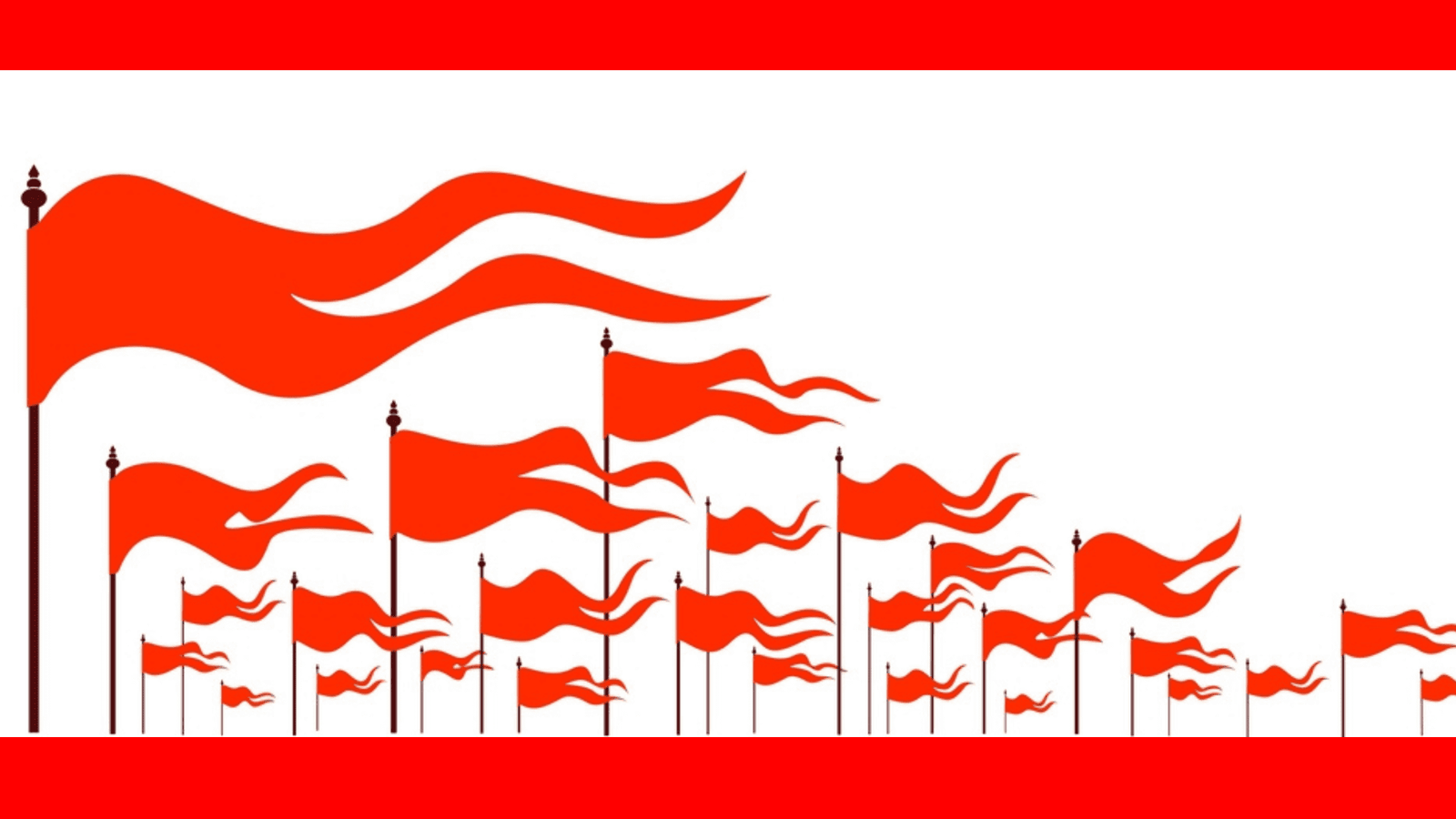

04 Nov 2023
Pranay aggarwal.
The title of the last Pew Research Center survey, Religion in India: Tolerance and Segregation, sounds paradoxical — but it’s not, except that in this context “tolerance” is different from “toleration”. This is primarily true of Hindus’ perception of other communities.
Certainly, 80 % of the Hindu interviewees said that “respecting other religions is a very important part of their religious identity”, but many of them do not interact with other religions and even consider such interactions undesirable. Not only do 86 % Hindus say that “all” or “most of their close friends are the same religion as them”, but only 23 % of Hindus also consider that Hindus and Muslims “have a lot in common”. Only 3 % of Hindus say they have prayed in a dargah,though Sufi saints attracting Hindu devotees in large numbers was common once. This figure could be an underestimate, but it might also mean that some Hindus do not wish to say they are visiting an Islamic place of worship. In the same vein, 66 % Hindus say “it is very important to stop women/men in their community from marrying outside their religion”, and 36 % “would not be willing to accept a Muslim as a neighbour”.
The fact that Hindus want to live separately also partly explains that only 52 % Hindus look at diversity as benefiting the country and also, possibly, that 43 % Hindus consider Partition “a good thing”.
This contradicts the stated desire of the Sangh Parivar for an “Akhand Bharat”, but the rest of the survey t hrows light on the reasons why so many Hindu voters support Narendra Modi and BJP leaders who tend to equate India with the majority community —as evident from the fact that the Prime Minister attends the Kumbh Mela but does not hold iftar parties (in contrast to all his predecessors, including A B Vajpayee). Indeed, for 64 % Hindus, to be Hindu is “very important to be truly Indian”, and for 59 %, to “be able to speak Hindi” is equally important. These views echo the Hindu nationalist slogan, inherited from V D Savarkar: “Hindi, Hindu, Hindustan!” By contrast, religious beliefs do not matter so much: 51 % Hindus do not hold it necessary to believe in god to be a part of their religious community; for 70 %, those who “disrespect India” cannot be Hindu. This brand of ethnicisation of religion is very similar to Zionism, another ideology defining the nation on the basis of the sacredness of the land, the “historicity” of the people, lineage and language. Hindutva, similarly, defines the Hindu community not so much on the basis of religion, but as a people with ethnic and cultural features which make them the core of the nation.
While 50 % of Hindus consider that India “should rely on a leader with a strong hand to solve its problems”, 45 % think that a “democratic form of government” would do the job more effectively. In parallel, 64 % Hindus consider that “politicians should have a large or some influence in religious matters”, an opinion in tune with Modi’s decision to preside over the laying of the Ayodhya temple’s foundation stone. Beyond growing affinities between the majority community and Hindutva, the Pew Research Center’s survey illustrates the decline of reformist attitudes. The attachment to traditions not only finds expression in the beliefs in astrology (87 % Hindus say they fix important dates according to auspicious times) but also to the resilience of caste endogamy: 63 % Hindu men and 64 % Hindu women told the researchers that it is very important to stop the members of their community from marrying into “another caste”.
In fact, one can understand the high score of “tolerance” precisely in relation with the resilience of caste. After all, upper castes traditionally tolerate lower castes (including Dalits) provided they remain on the periphery of society. A similar attitude towards religious communities helps to make sense of the report’s title — “tolerance and segregation” go together the moment Muslims become the new untouchables. The Pew Research Center, interestingly, uses the word that traditionally applied to caste relations — “discrimination” — to measure this trend — and finds that 24 % of Indian Muslims say that “there is a lot of discrimination against Muslims in India today”. Regional variations are worth noticing: This % rises to 35 % in north India.
These data need to be emphasised for resisting a sanitised interpretation of this report: The situation is not fine because “to live separately” is not the same thing as to live peacefully — tolerance is not toleration. Communal violence is listed as one of the “very big problems” of India by 65 % Hindus and Muslims. This is not only due to the activities of vigilantes and politicians who polarise religious communities, but also because of the fact that Hindus and Muslims used to live — to some extent — together, as evident from the architecture of the pols of Old Ahmedabad. Violence leads to separation and ghettos like Juhapura. But ghettoisation is only one dimension of the violence that the destruction of a composite culture like the Indian civilisation implies — and that the shift from toleration to tolerance causes.
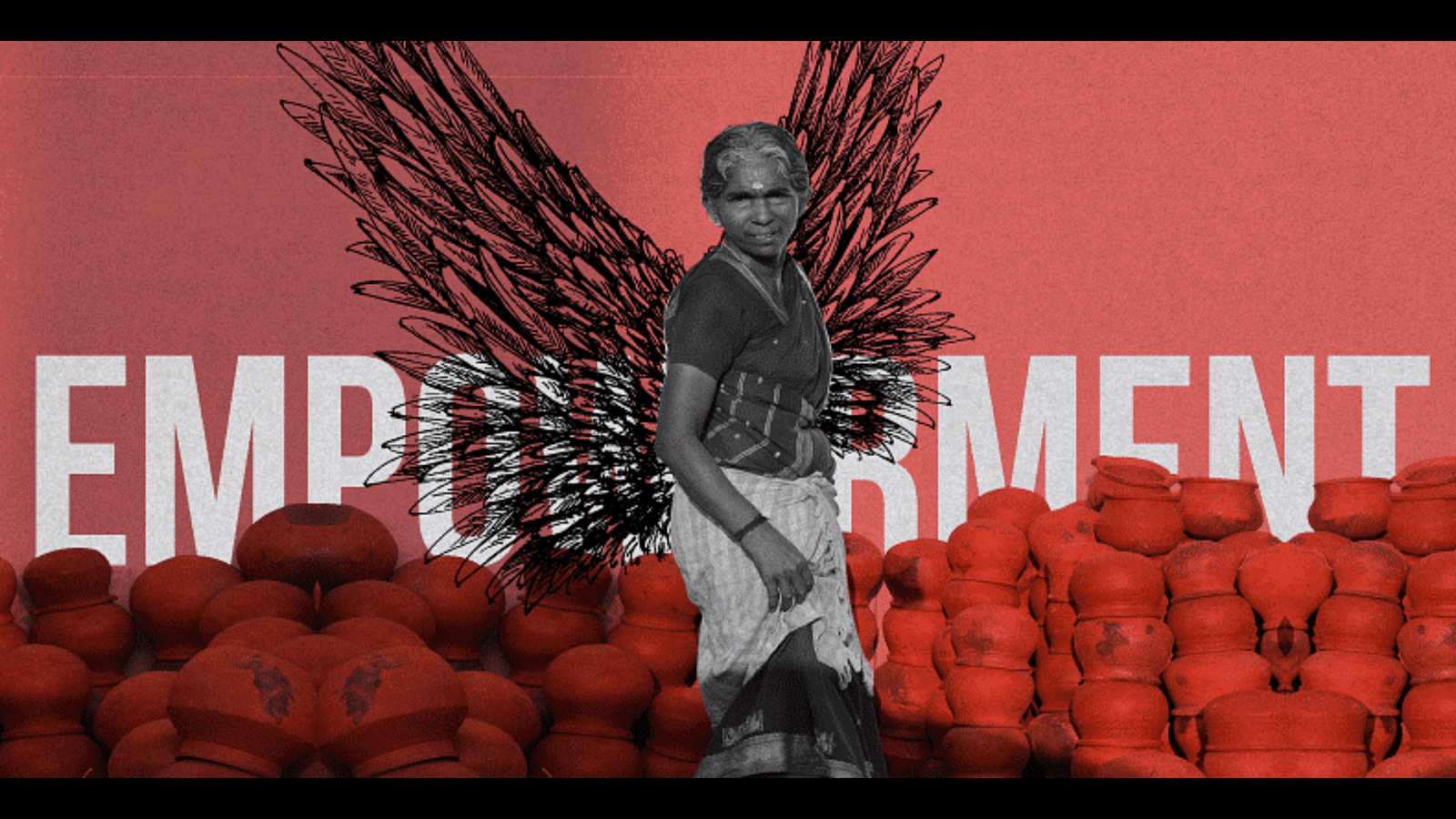
04 Nov 2023 || Pranay Aggarwal
On Women’s Rights: India Leading the Way

Frances Haugen exposes Facebook: Effects of surveillance capitalism on social media users

Raising marriage age won’t lead to women’s empowerment

Exploring the Many Verses of Metaverse

Post-Work Society

Critique of work

Great Resignation
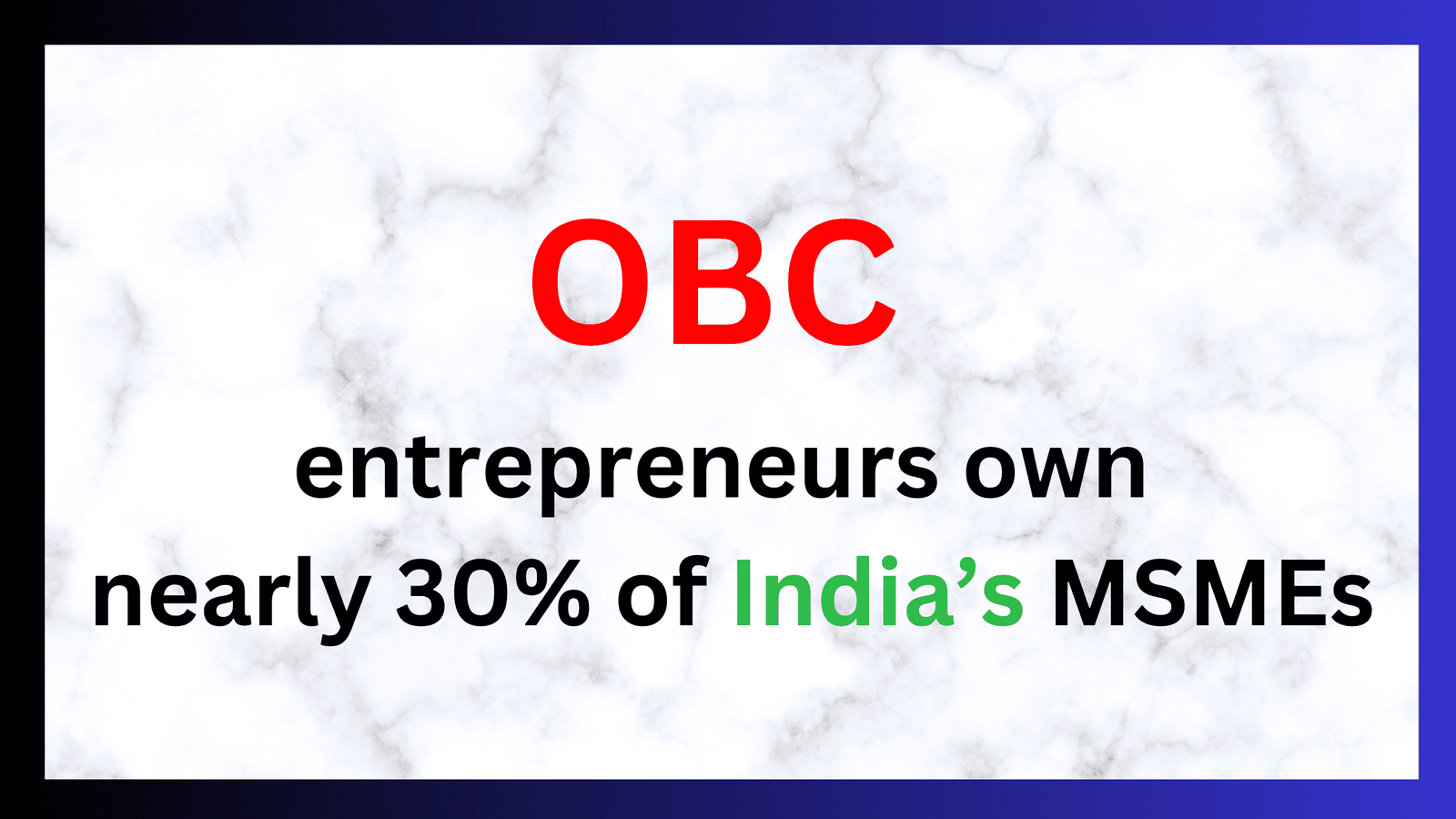
OBC entrepreneurs own nearly 30% of India’s MSMEs

Caste doesn’t just exist in India or in Hinduism – it is pervasive across many religions in South Asia and the diaspora

Urban Disparities: How Caste Shapes Cities

Call it what it is: Rape
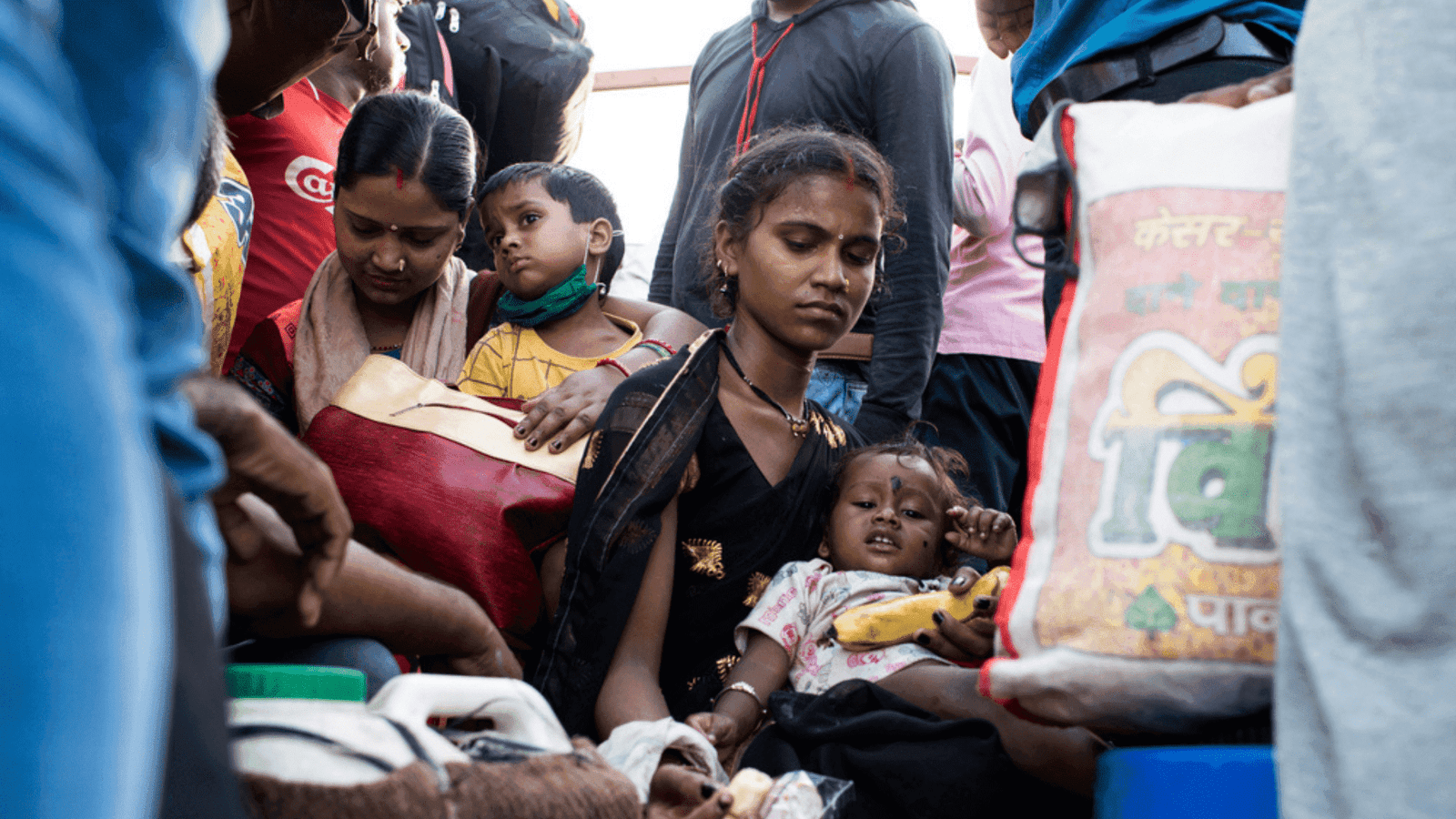
Post-lockdown misery of India’s migrant workers

Sanitation Habit

Temple Construction

Start-up culture

National Family Health Survey-V
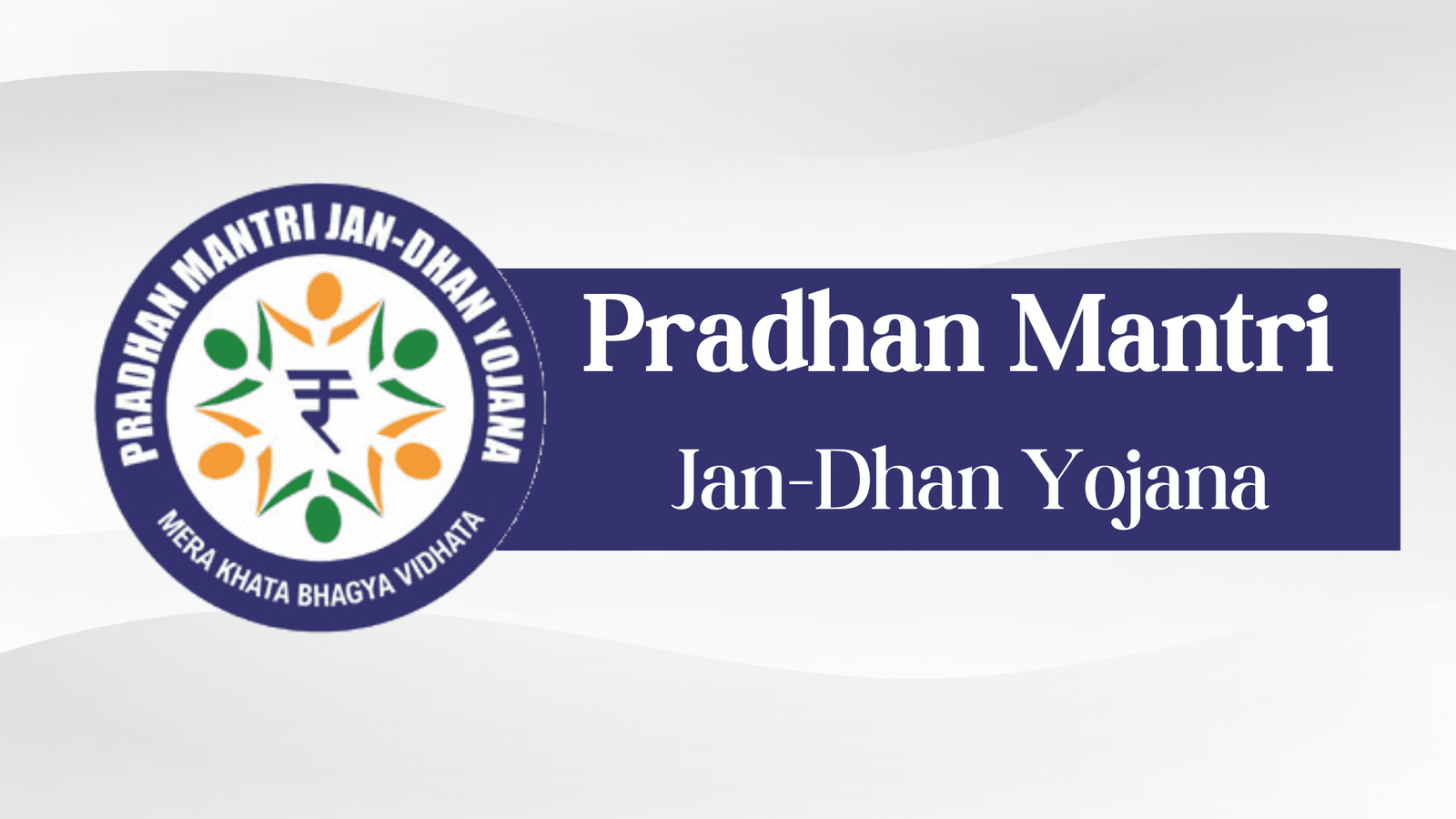
Pradhan Mantri Jan-Dhan Yojana
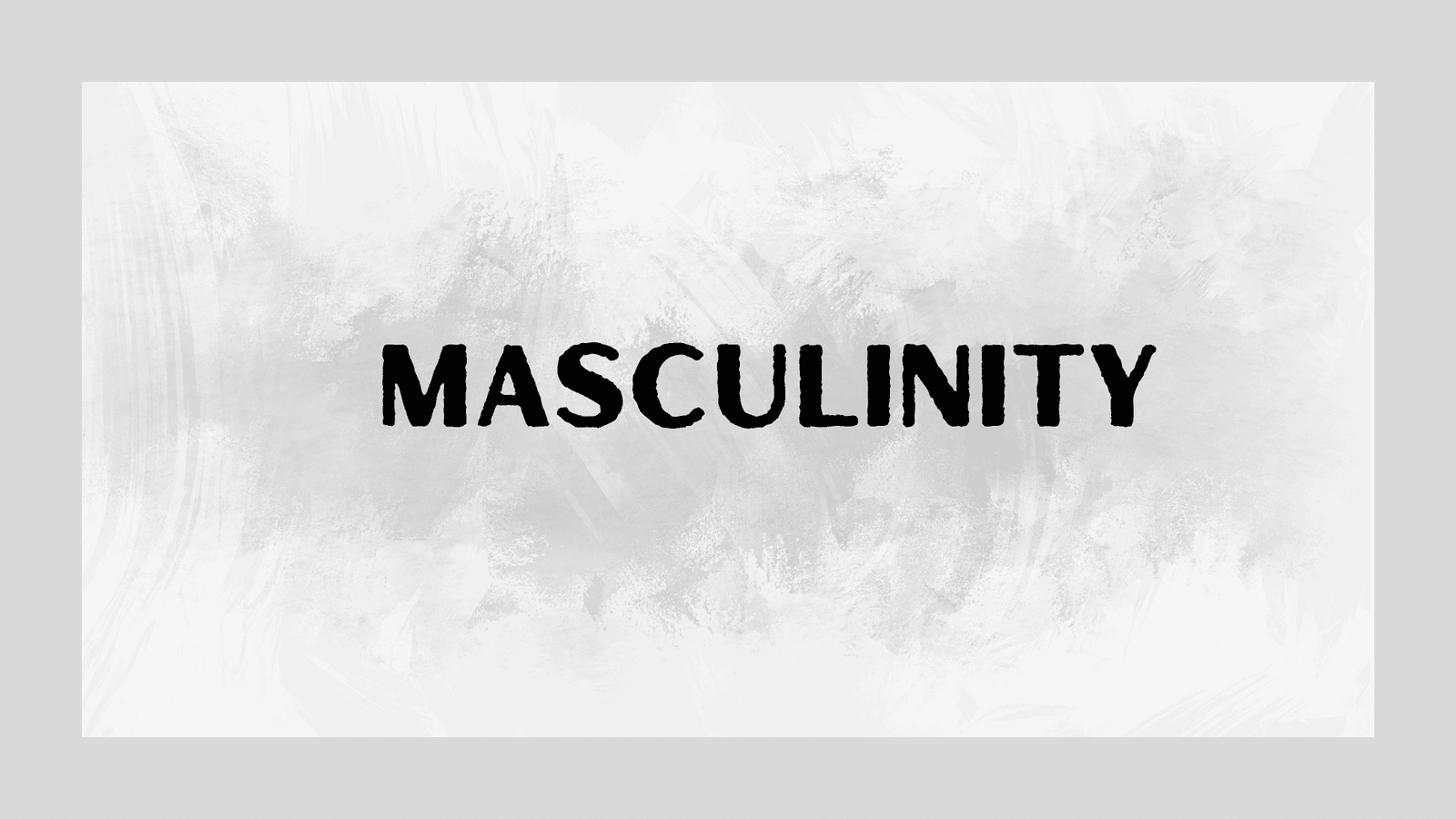
Masculinity

Sociology of War

Work from Home
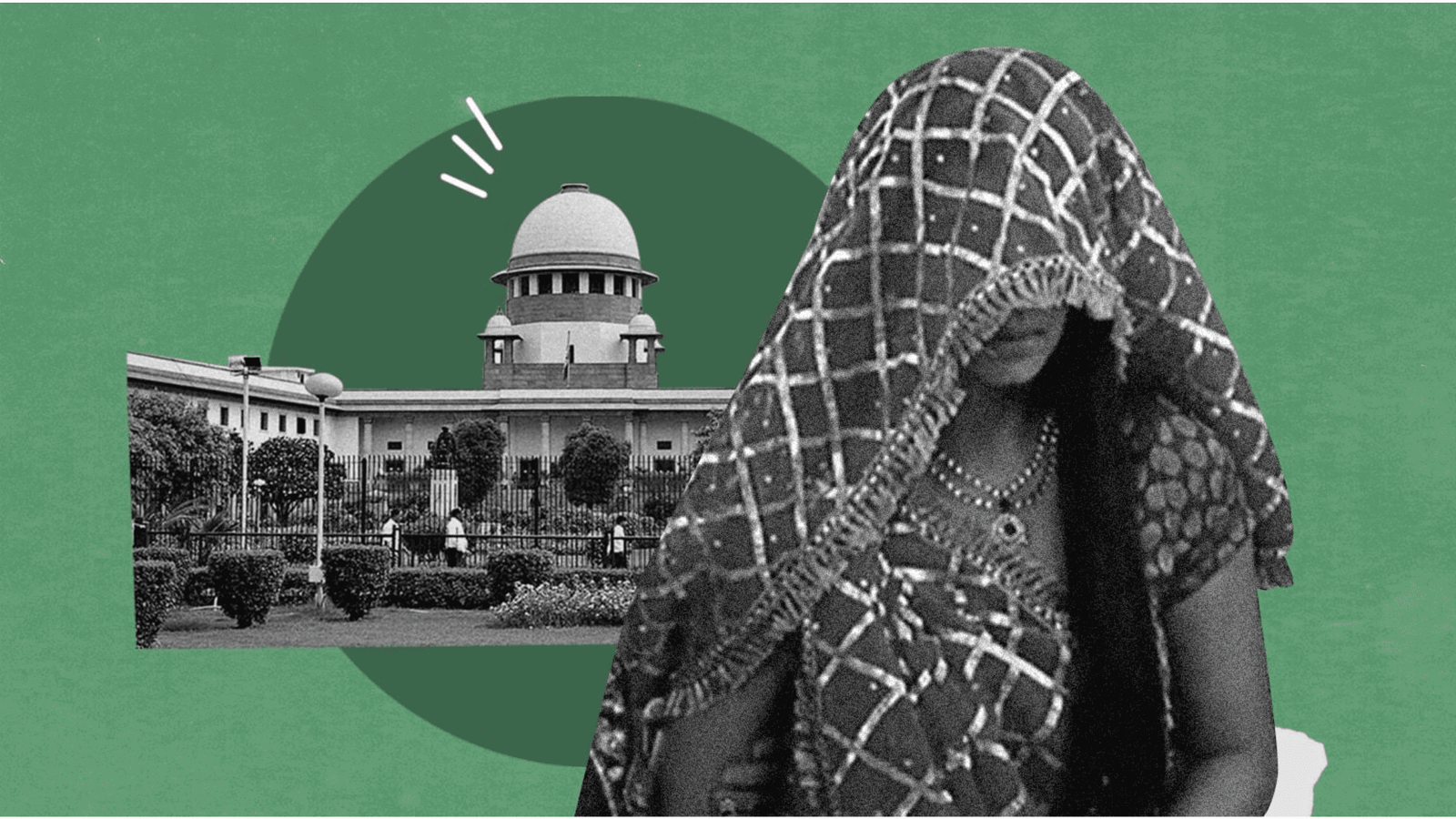
Minimum age of marriage for women

Marital Rape
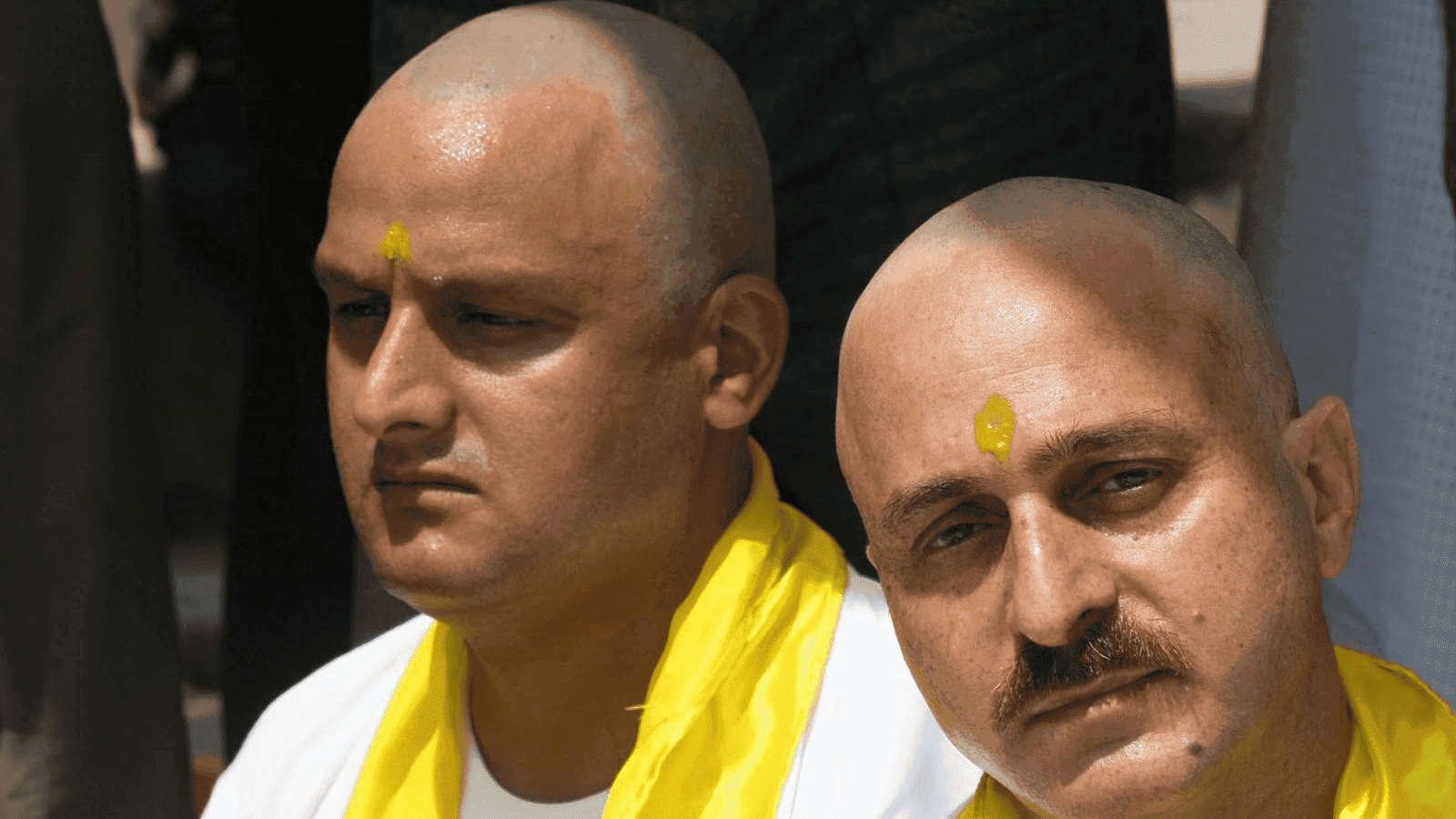
Kashmiri Pandits
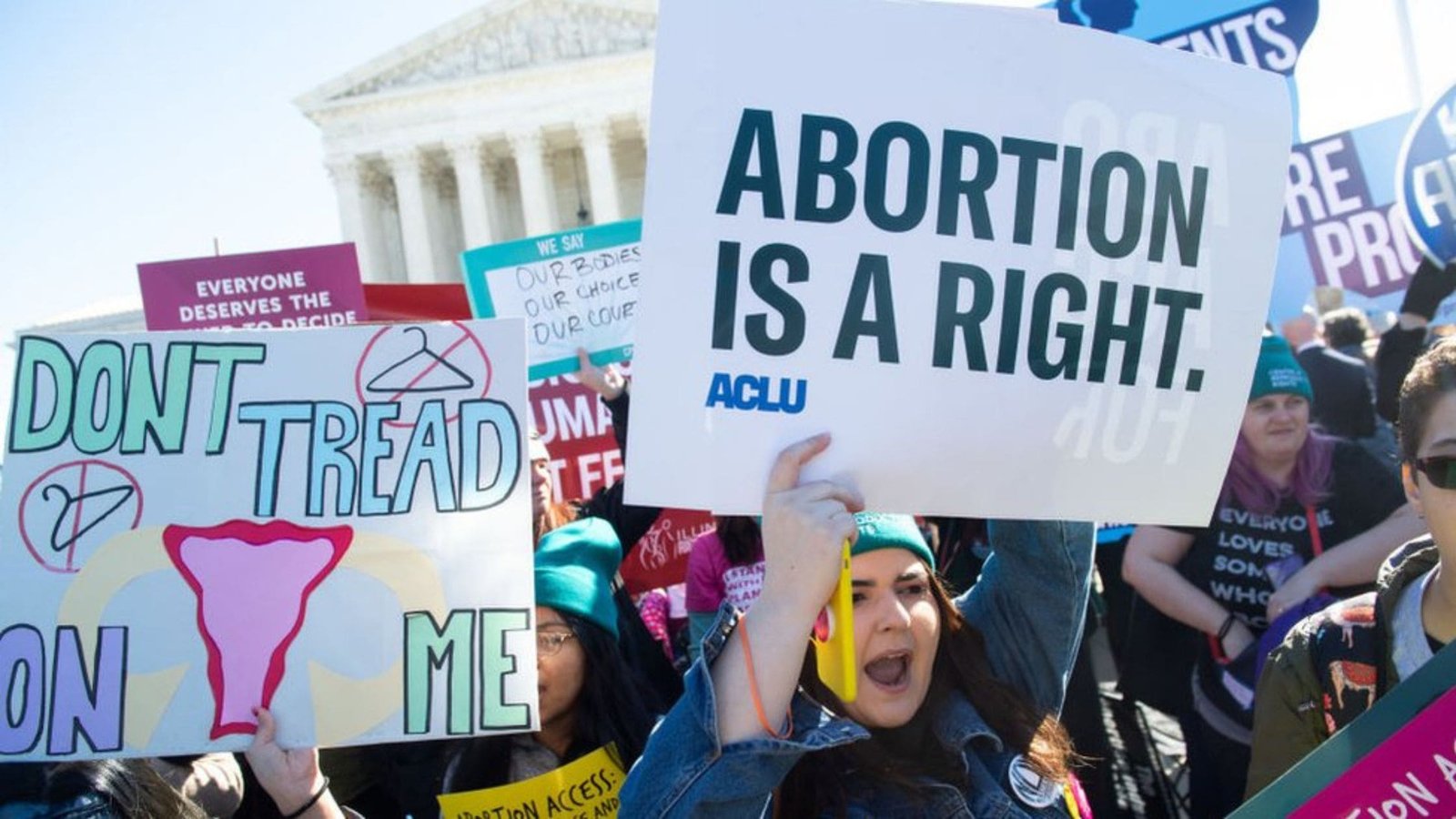
Abortion Controversy in USA
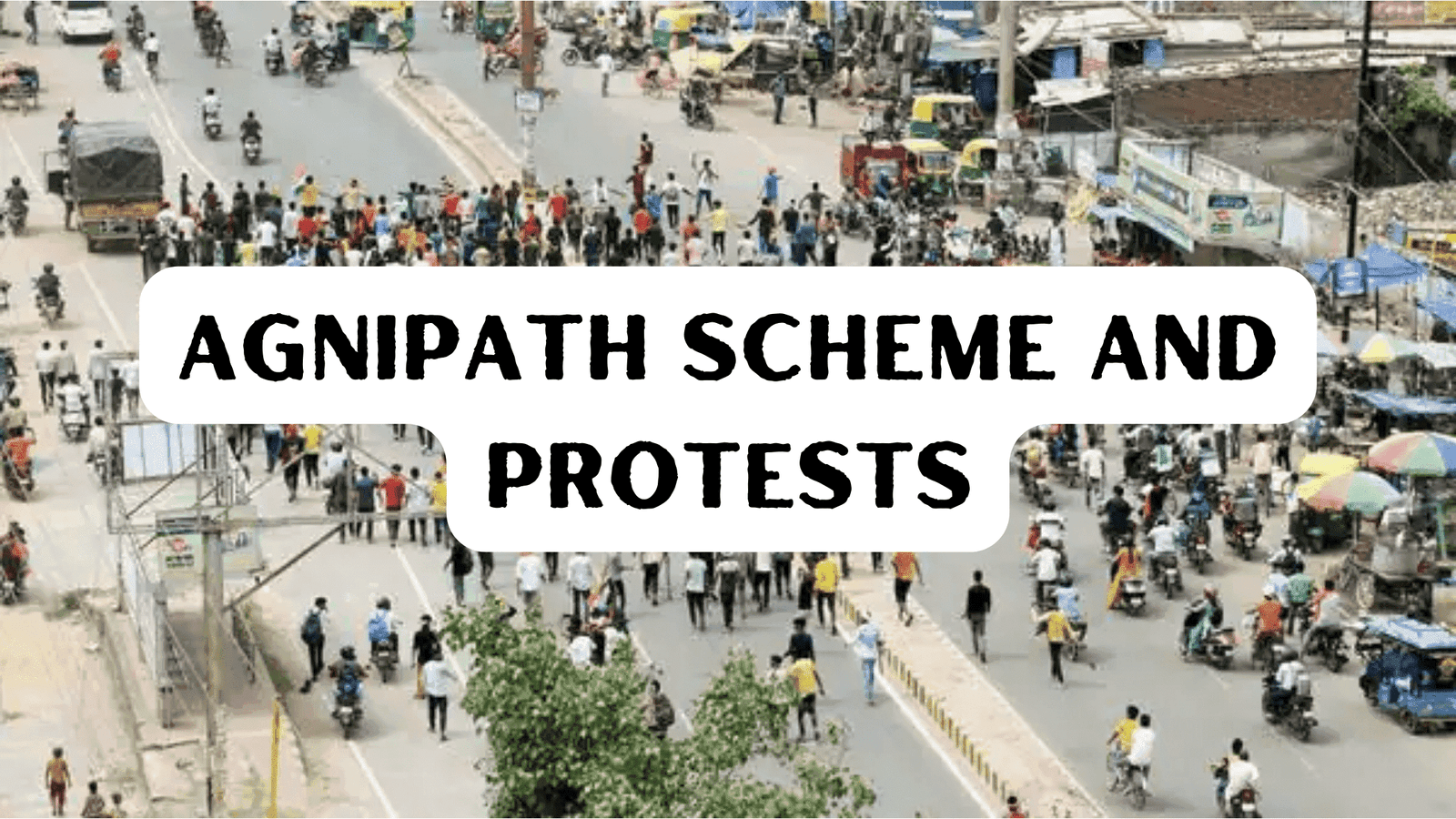
Agnipath scheme and protests
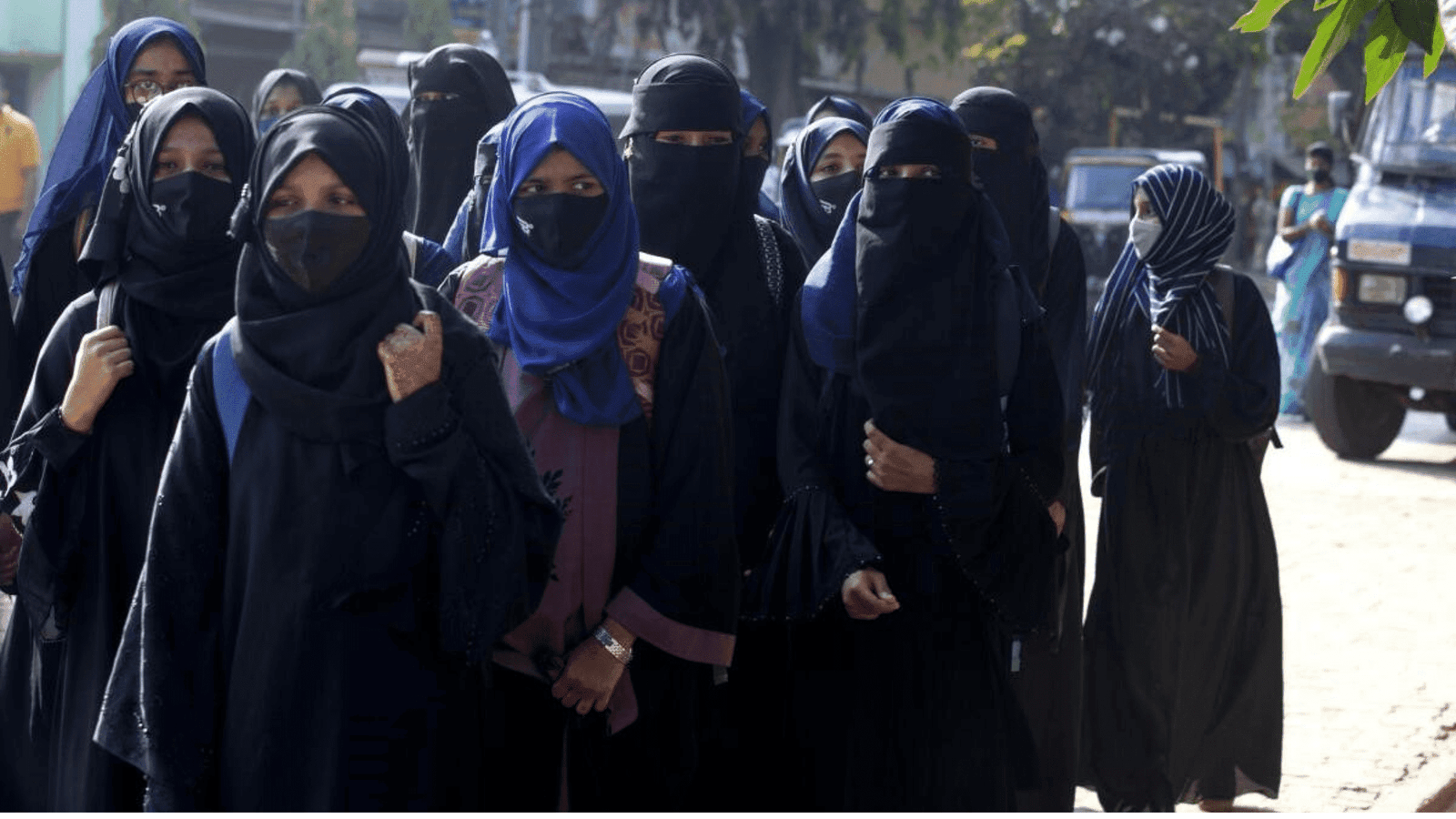
Glass cliff
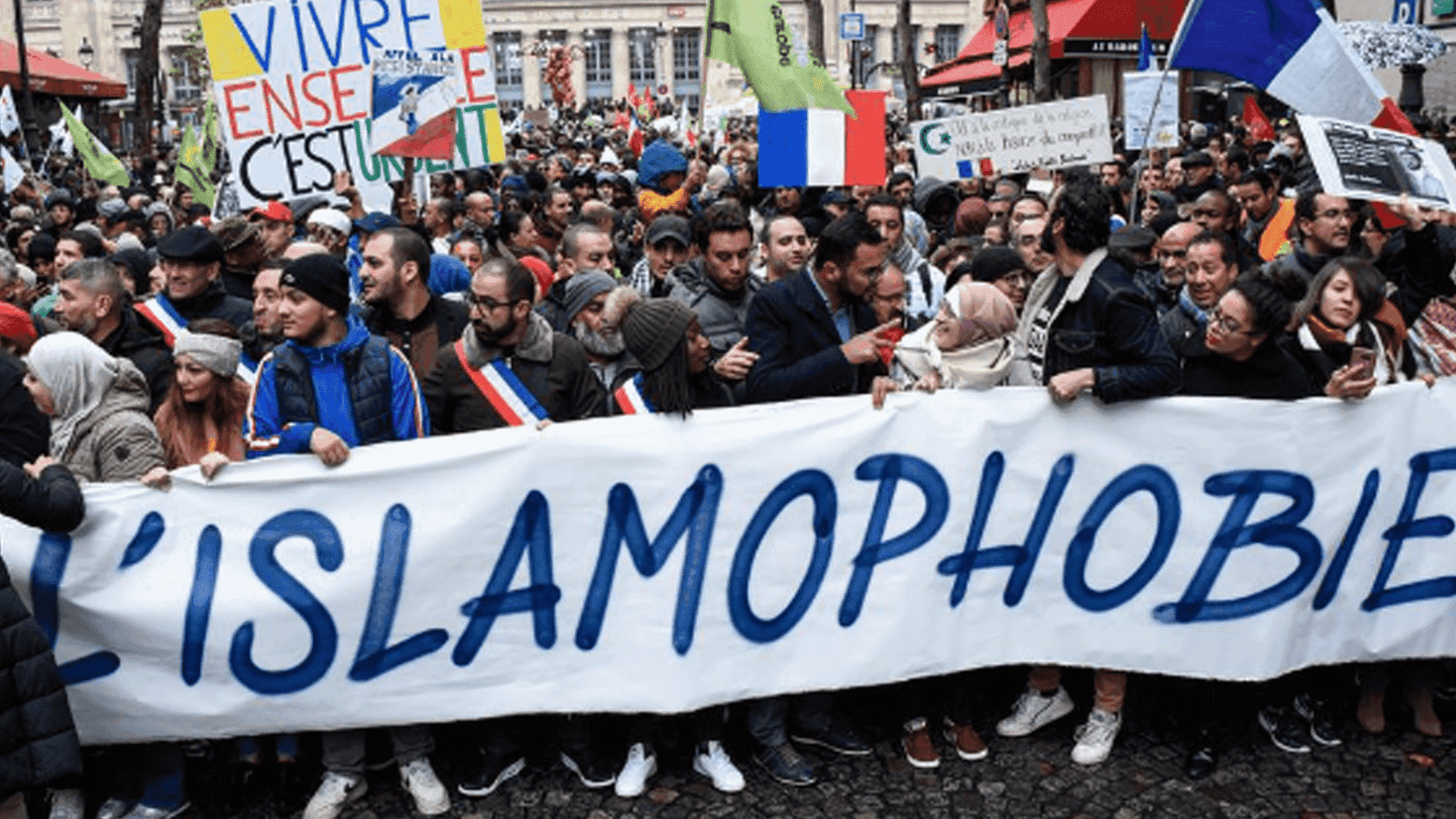
Islamophobia
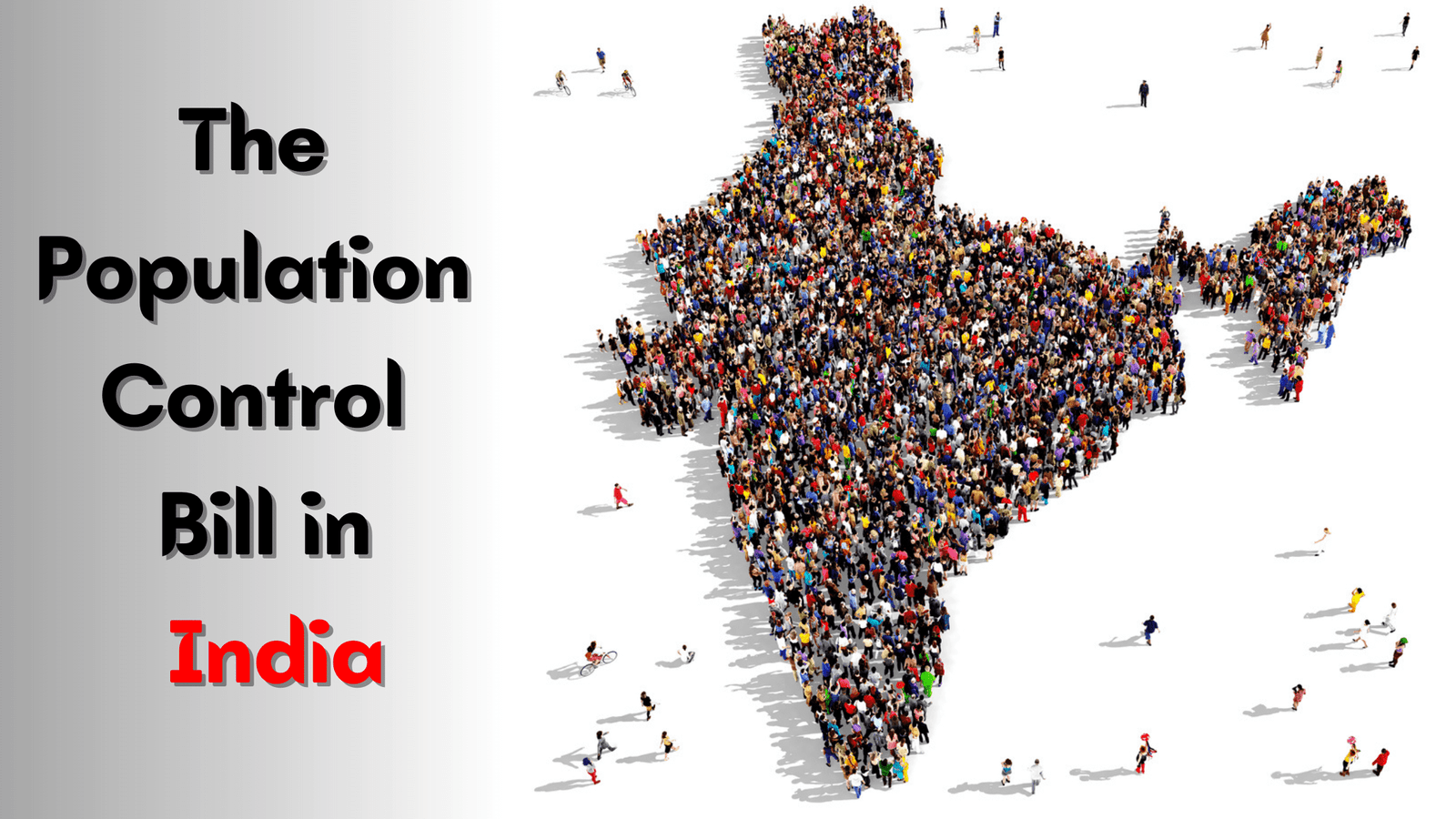
The Population Control Bill in India
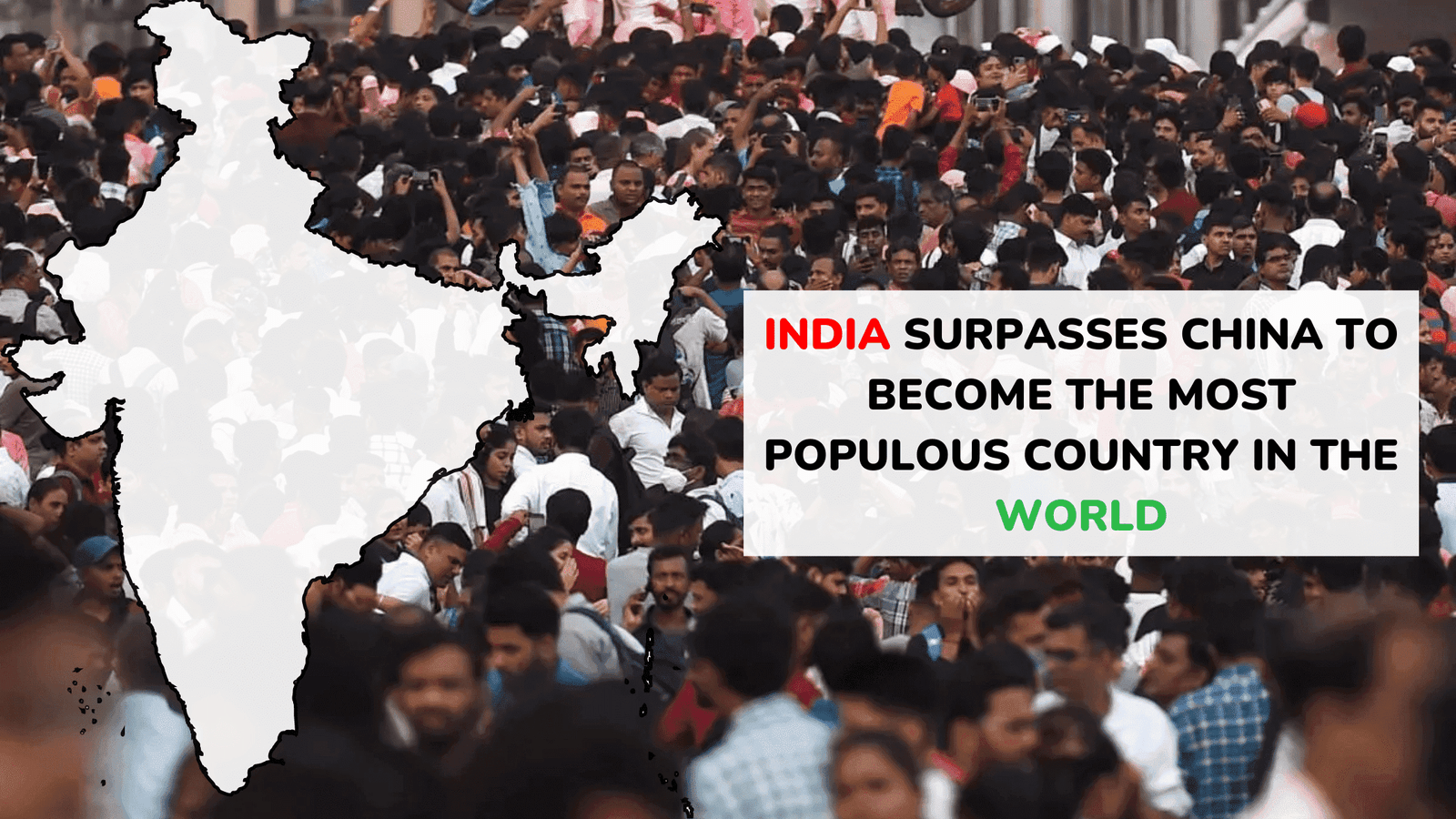
India's Population Surpasses China's, Making India the World's Most Populous Nation
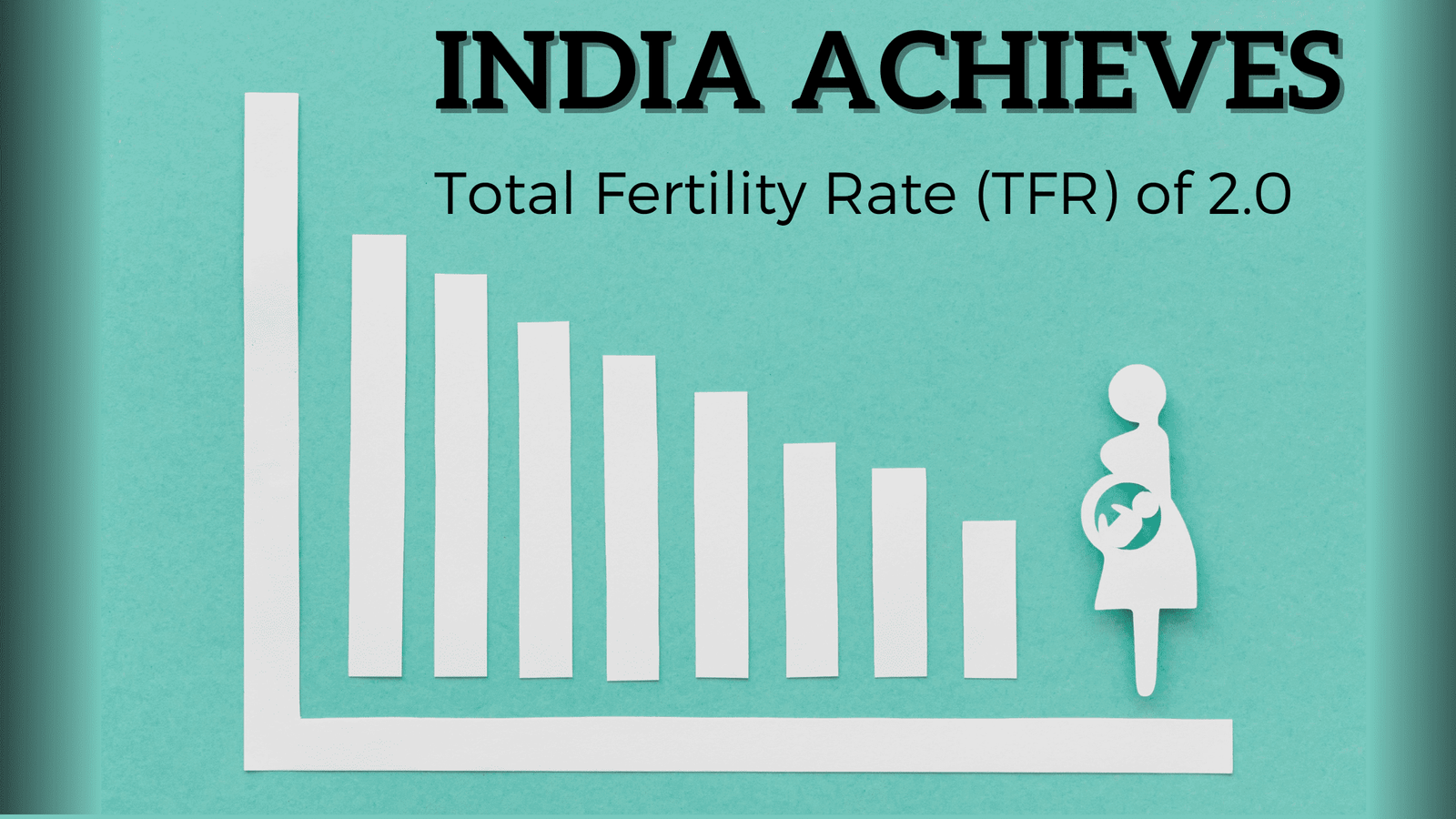
India Achieves Total Fertility Rate (TFR) of 2.0: A Sociological Analysis
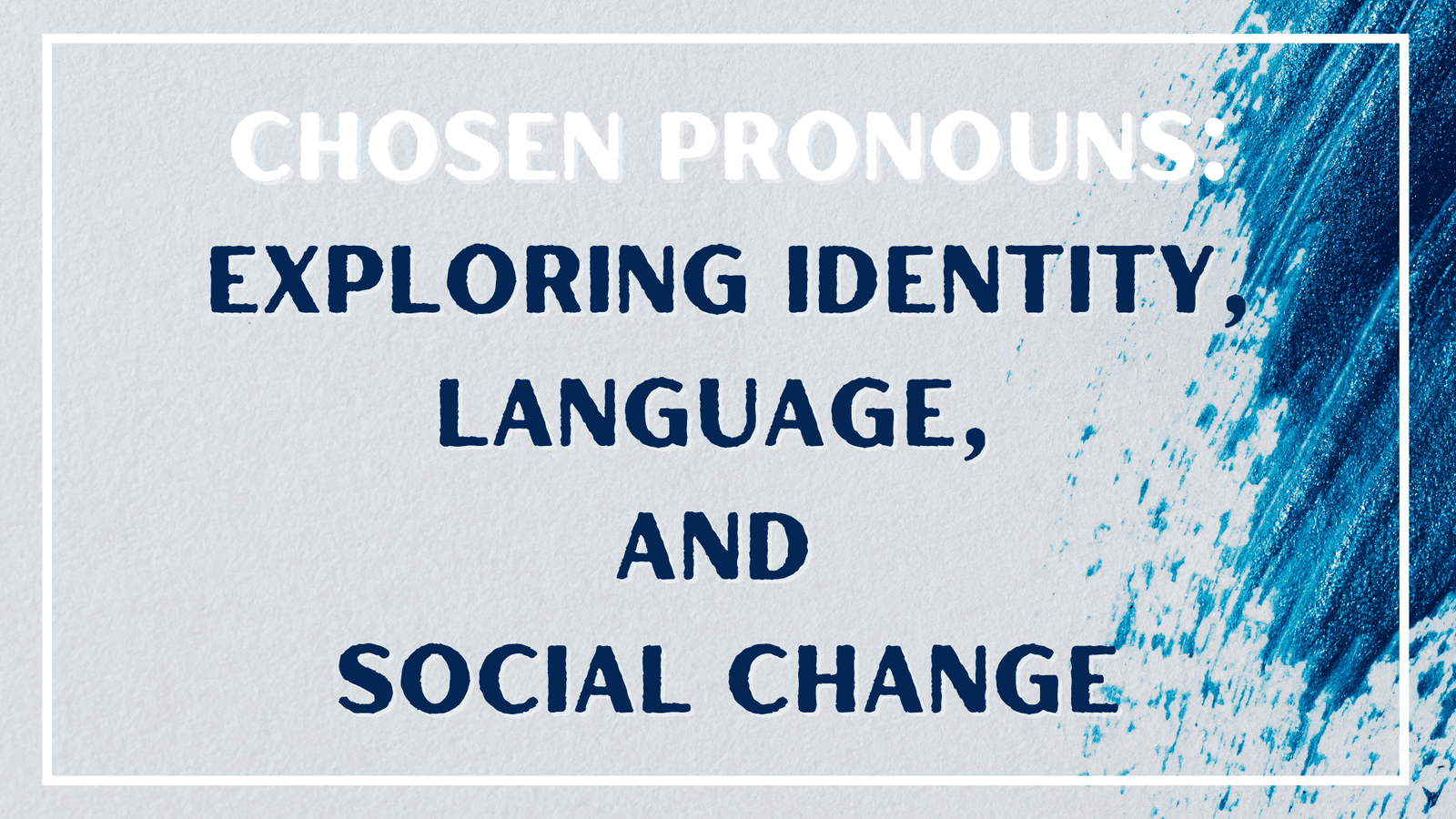
Chosen Pronouns: Exploring Identity, Language, and Social Change
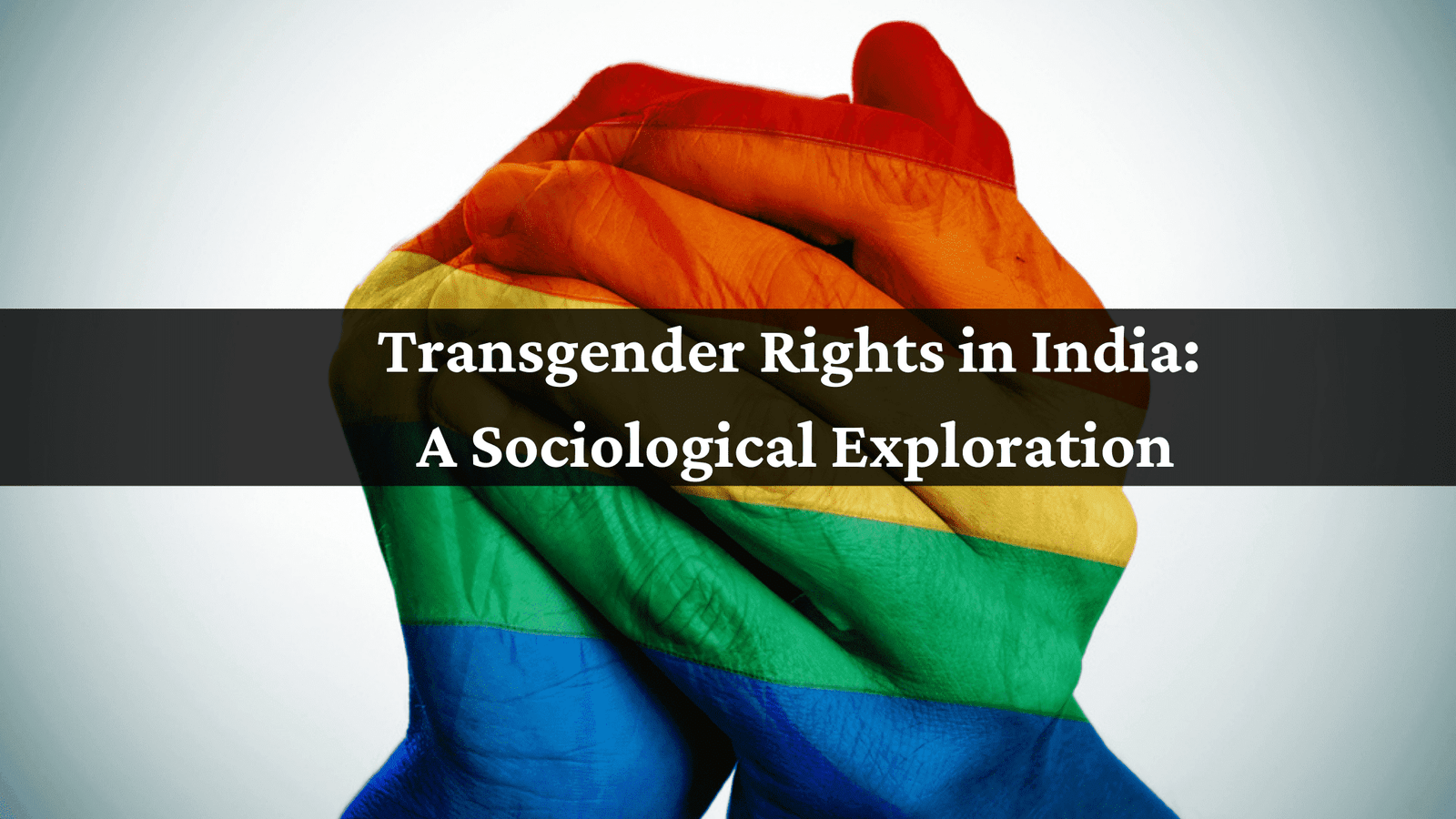
Transgender Rights in India: A Sociological Exploration
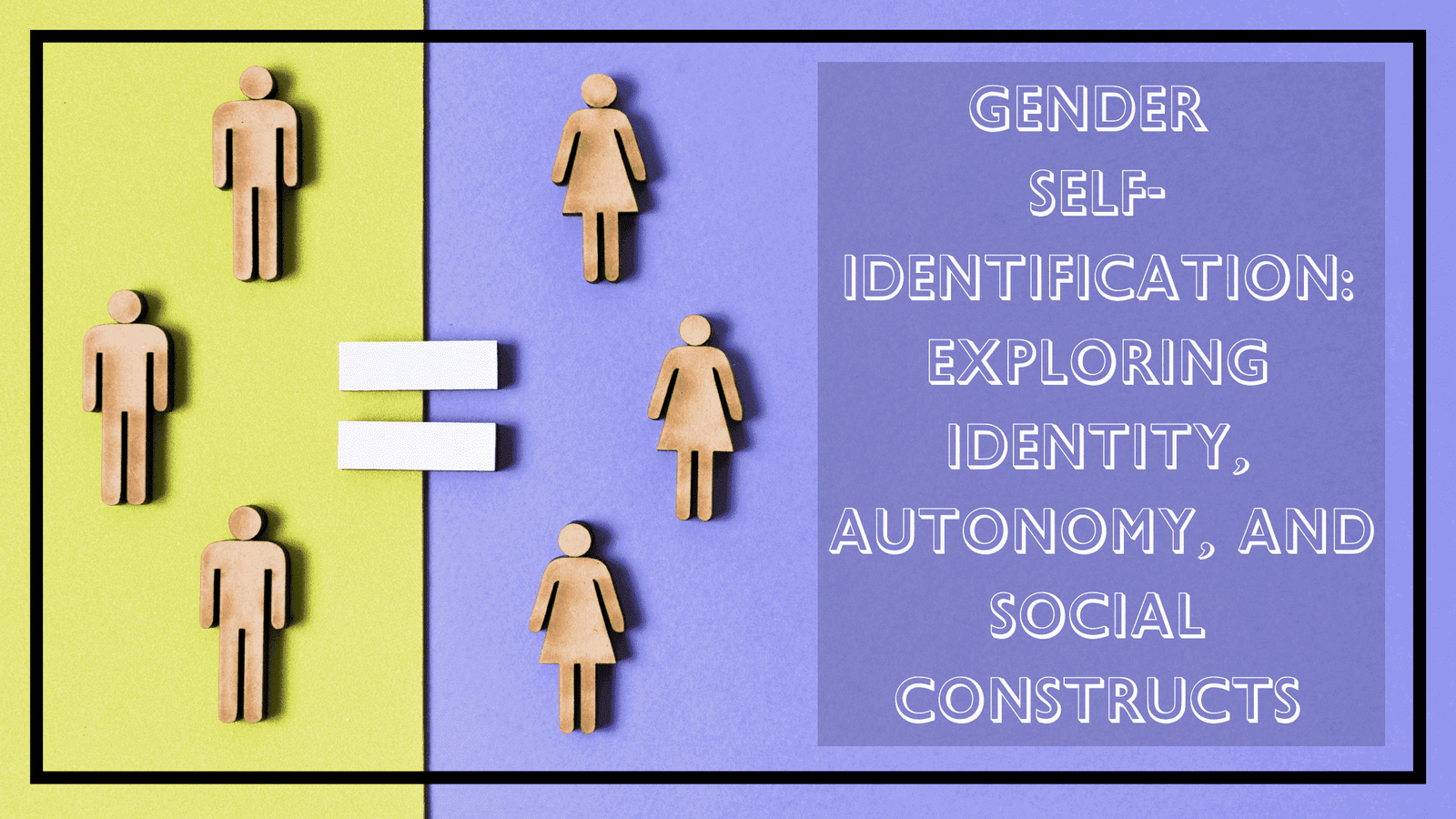
Gender Self-Identification: Exploring Identity, Autonomy, and Social Constructs
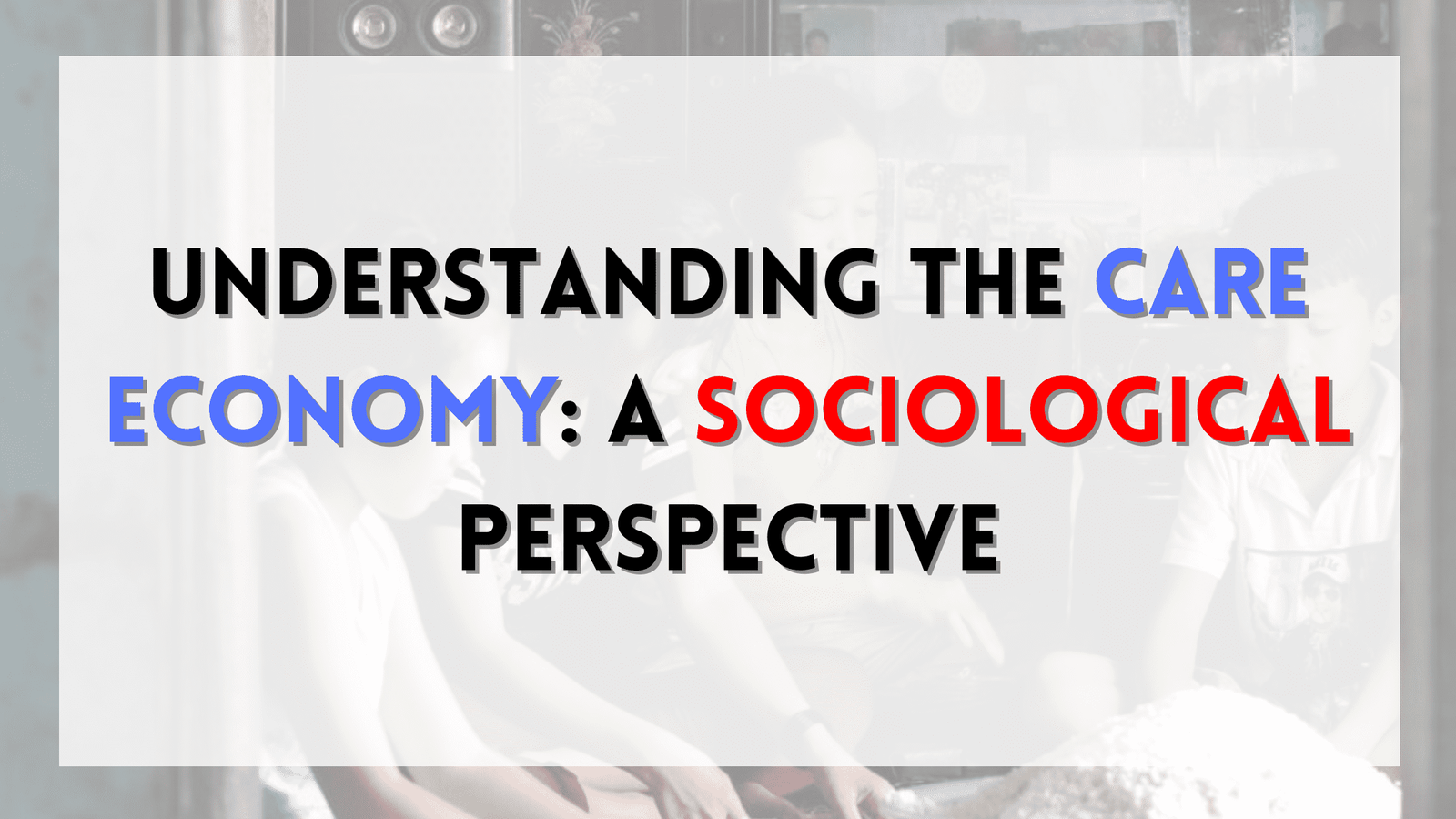
Understanding the Care Economy: A Sociological Perspective
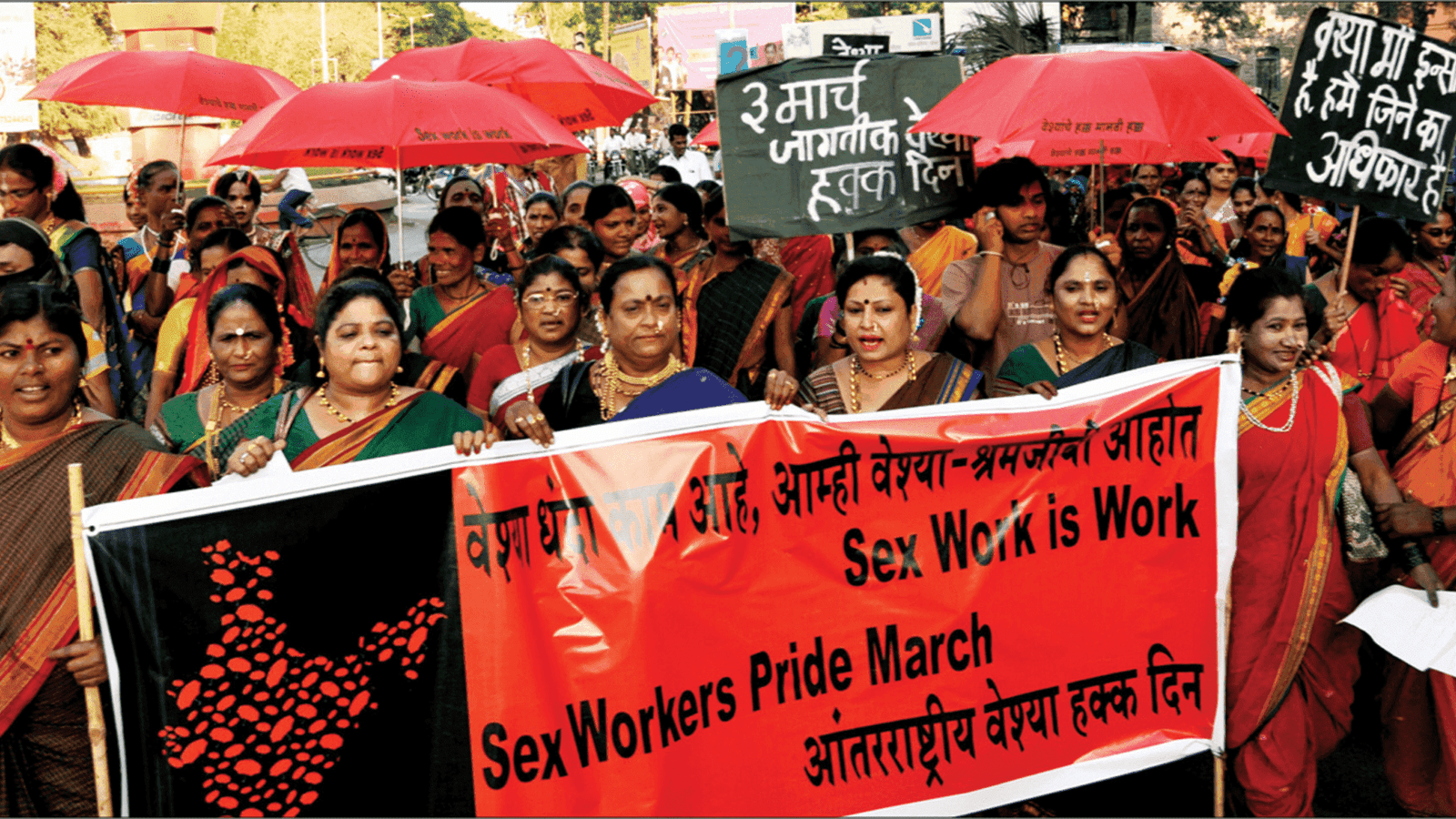
Unveiling the Sociological Dimensions of the Rights of Sex Workers
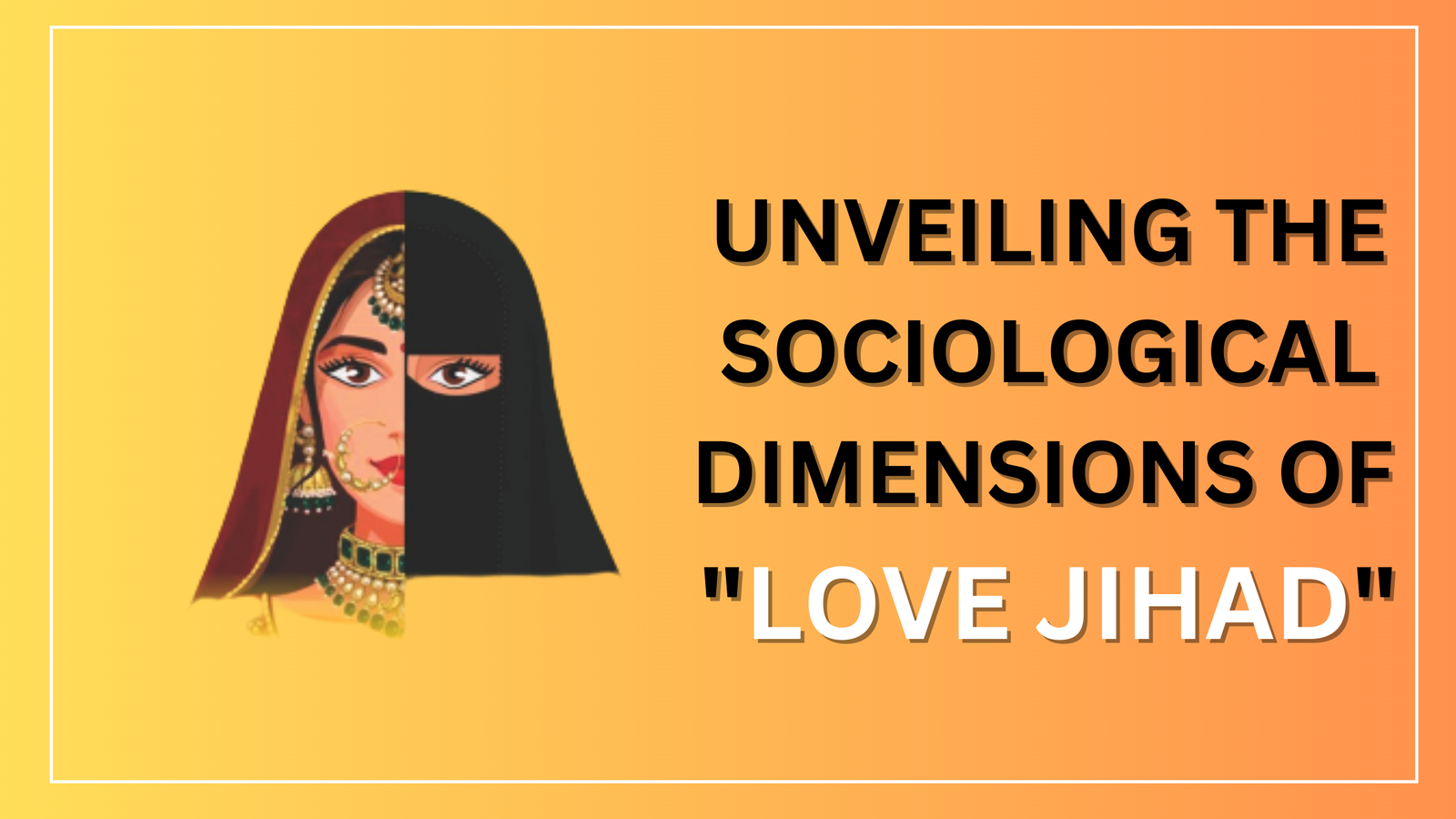
Unveiling the Sociological Dimensions of "Love Jihad"
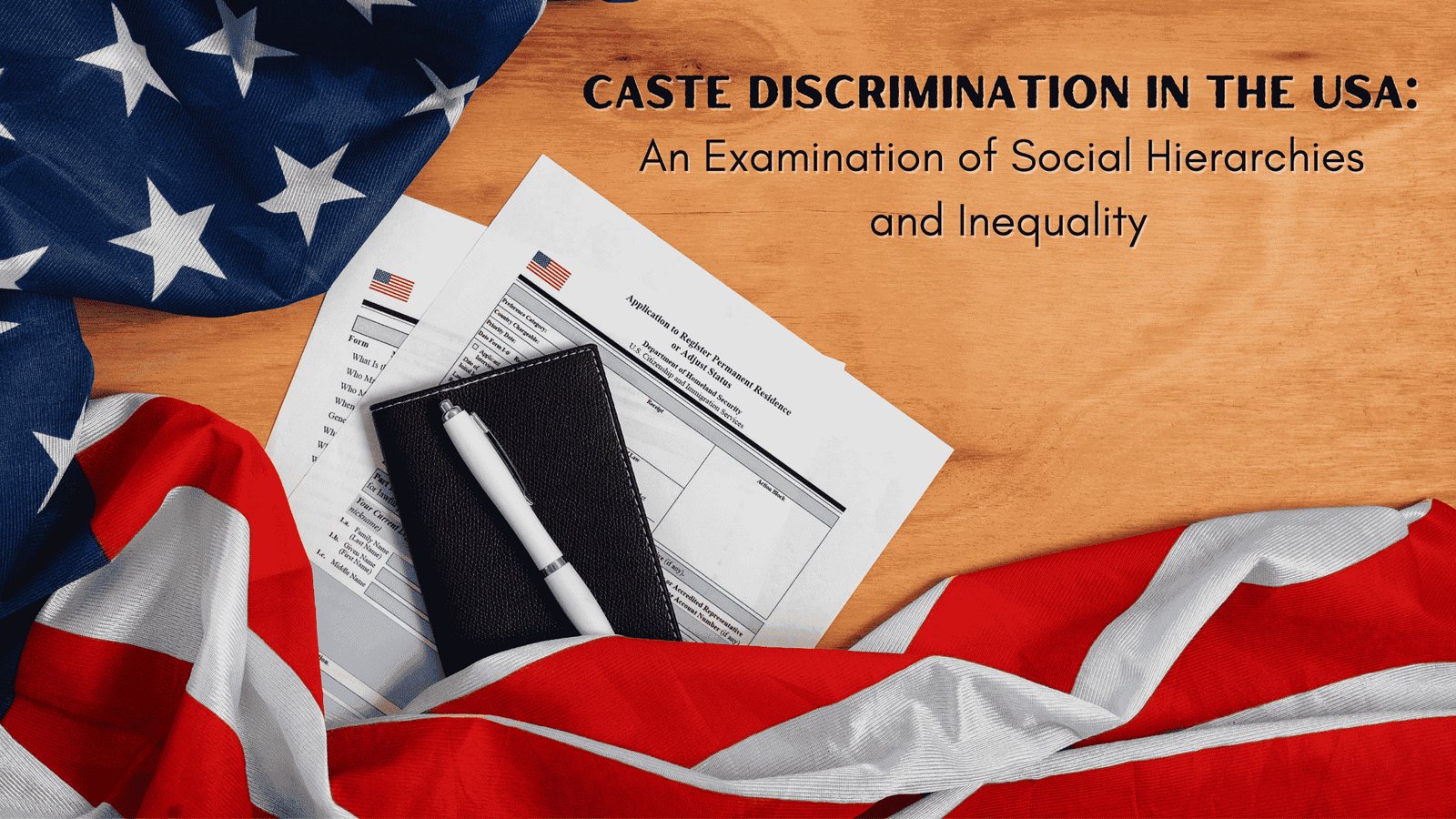
Caste Discrimination in the USA: An Examination of Social Hierarchies and Inequality
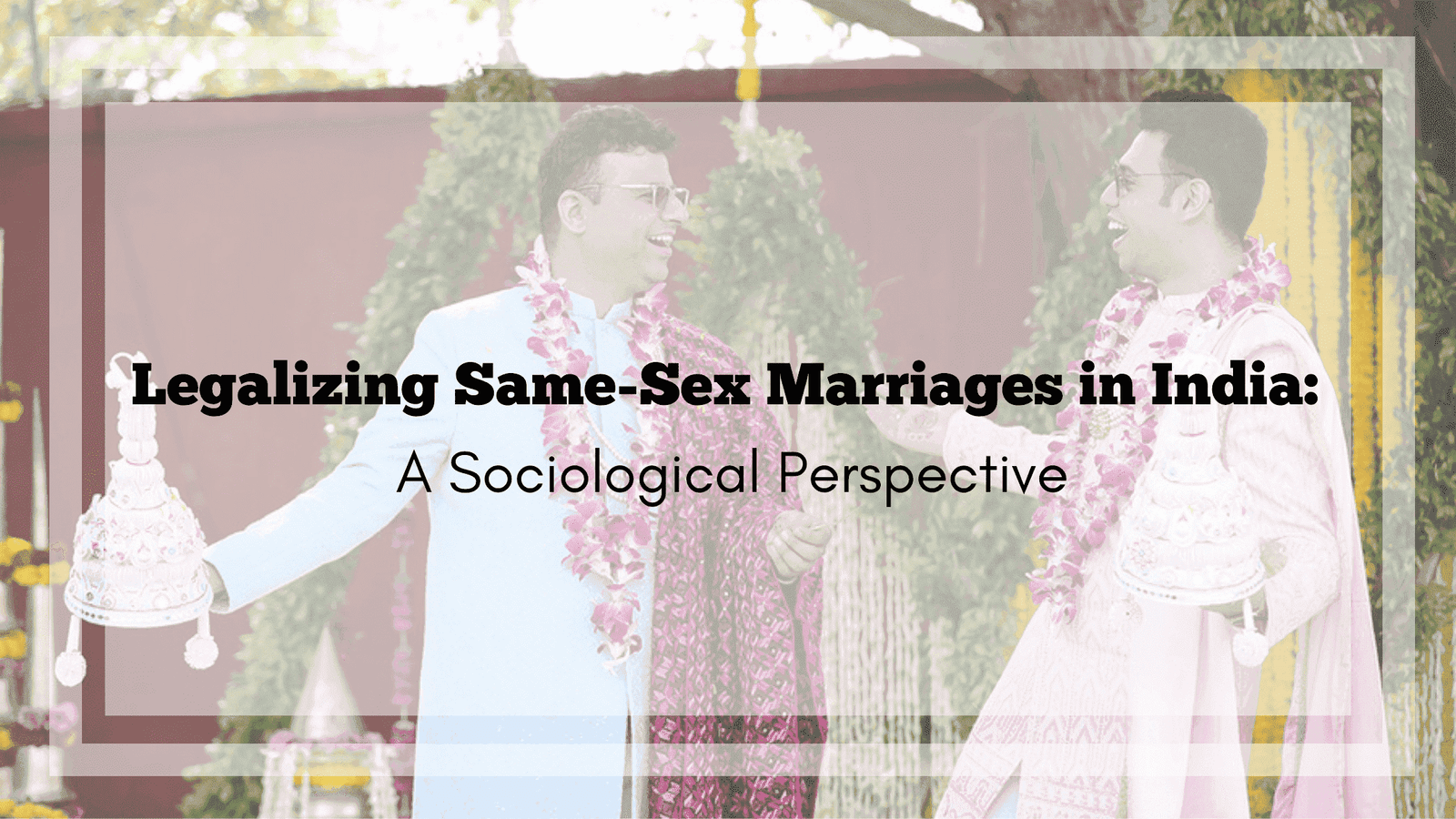
Legalizing Same-Sex Marriages in India: A Sociological Perspective
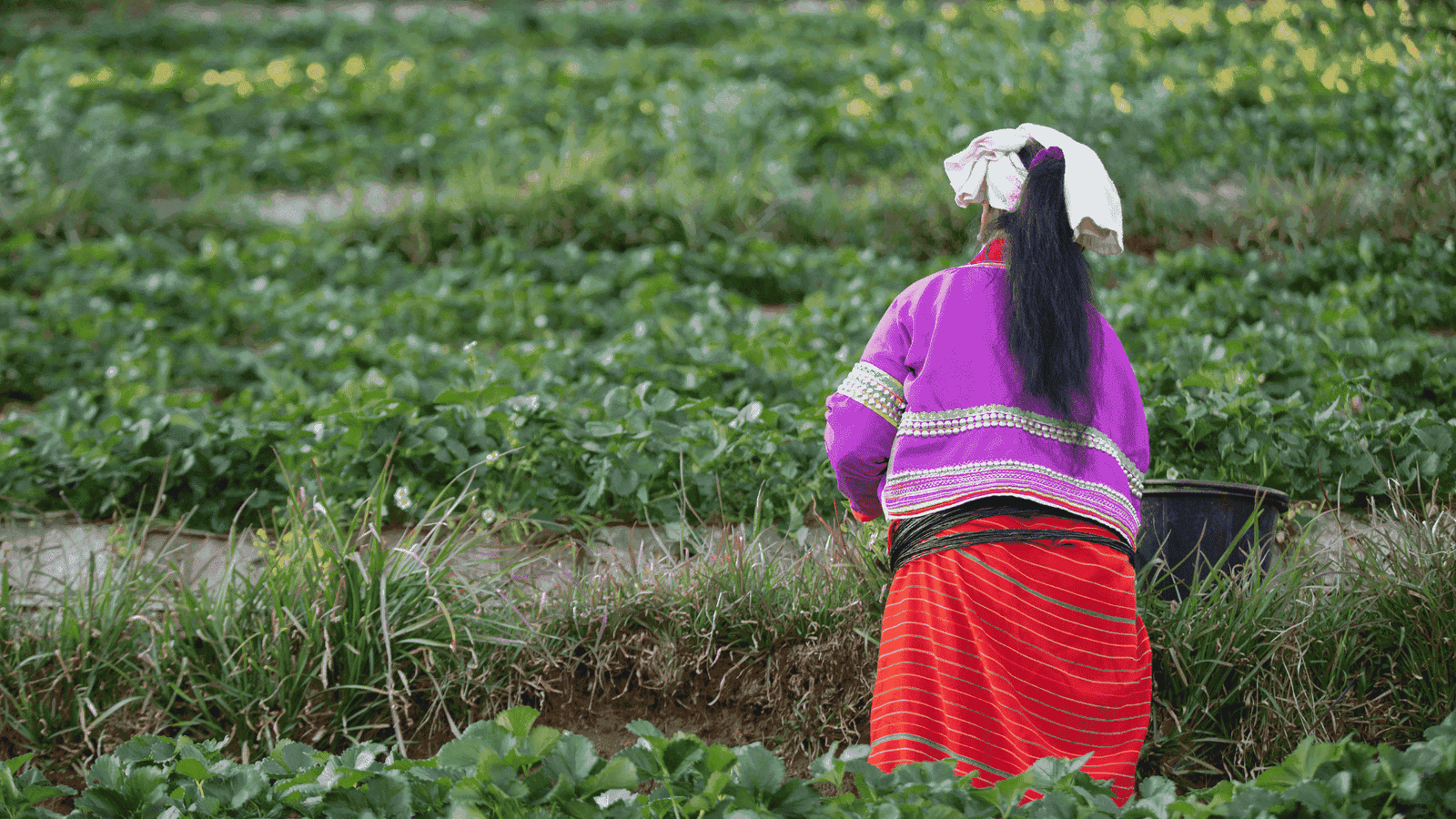
Feminization of Agriculture: Unraveling Gender Dynamics in Rural Farming Communities

Drug Abuse: Exploring the Sociological Dimensions of Addiction

Upsurge affects poor the most, govt. must retool policy to ensure that inequalities do not deepen

Invisible Labor: Sociological Perspectives on Domestic Workers in India
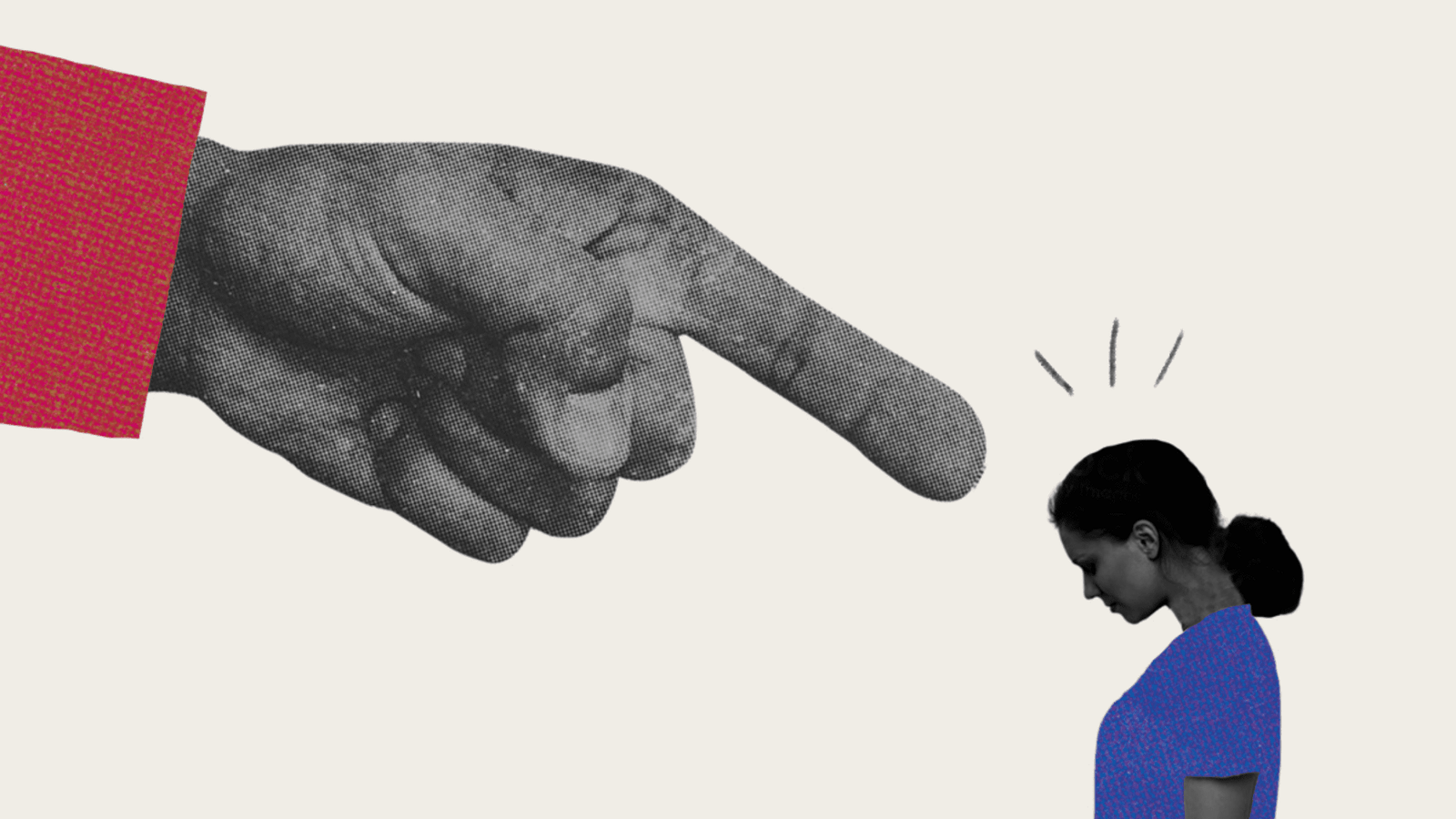
9 in 10 Indians think wife must always obey husband: study
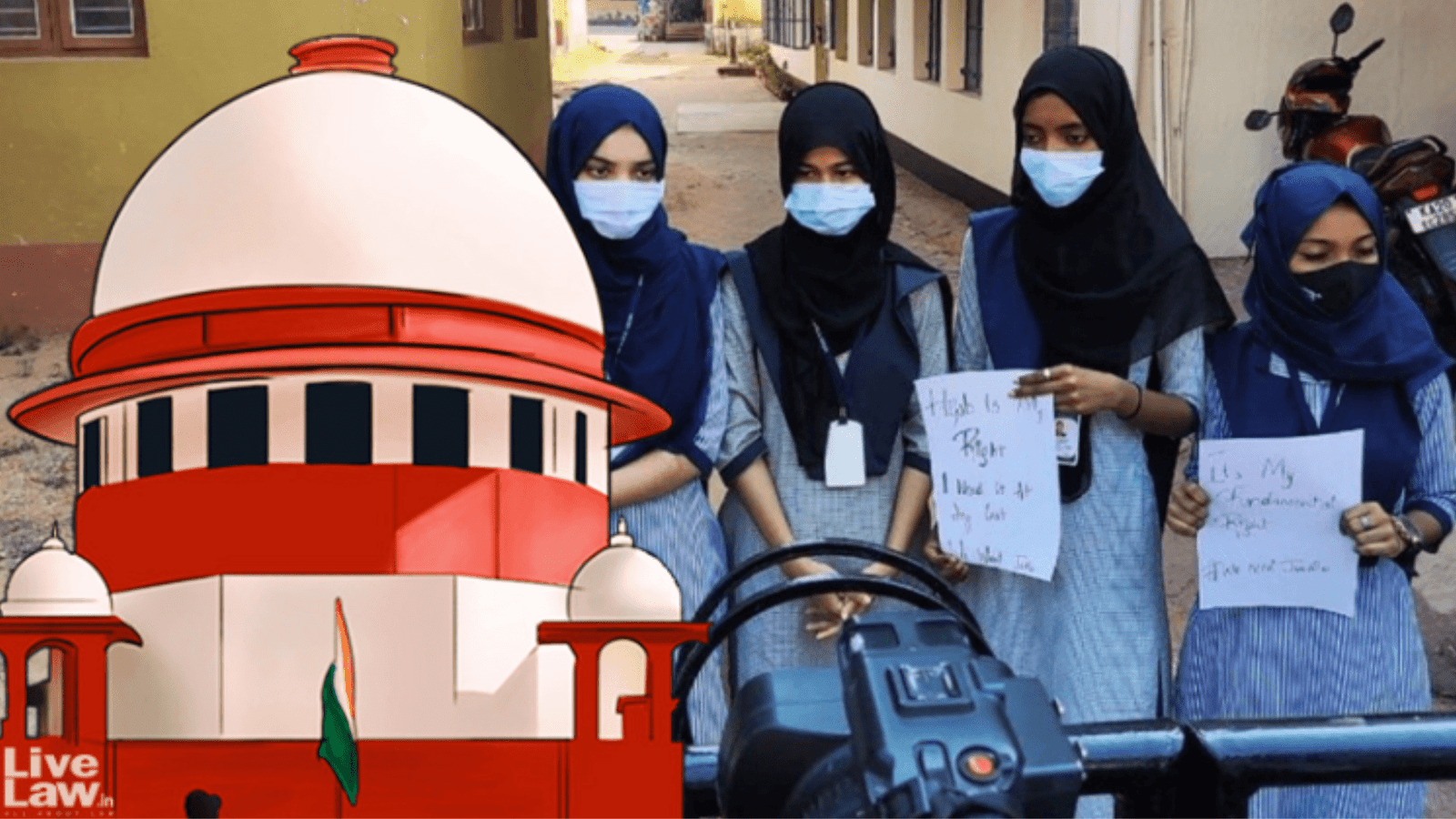
Education should be priority, not banning of hijab
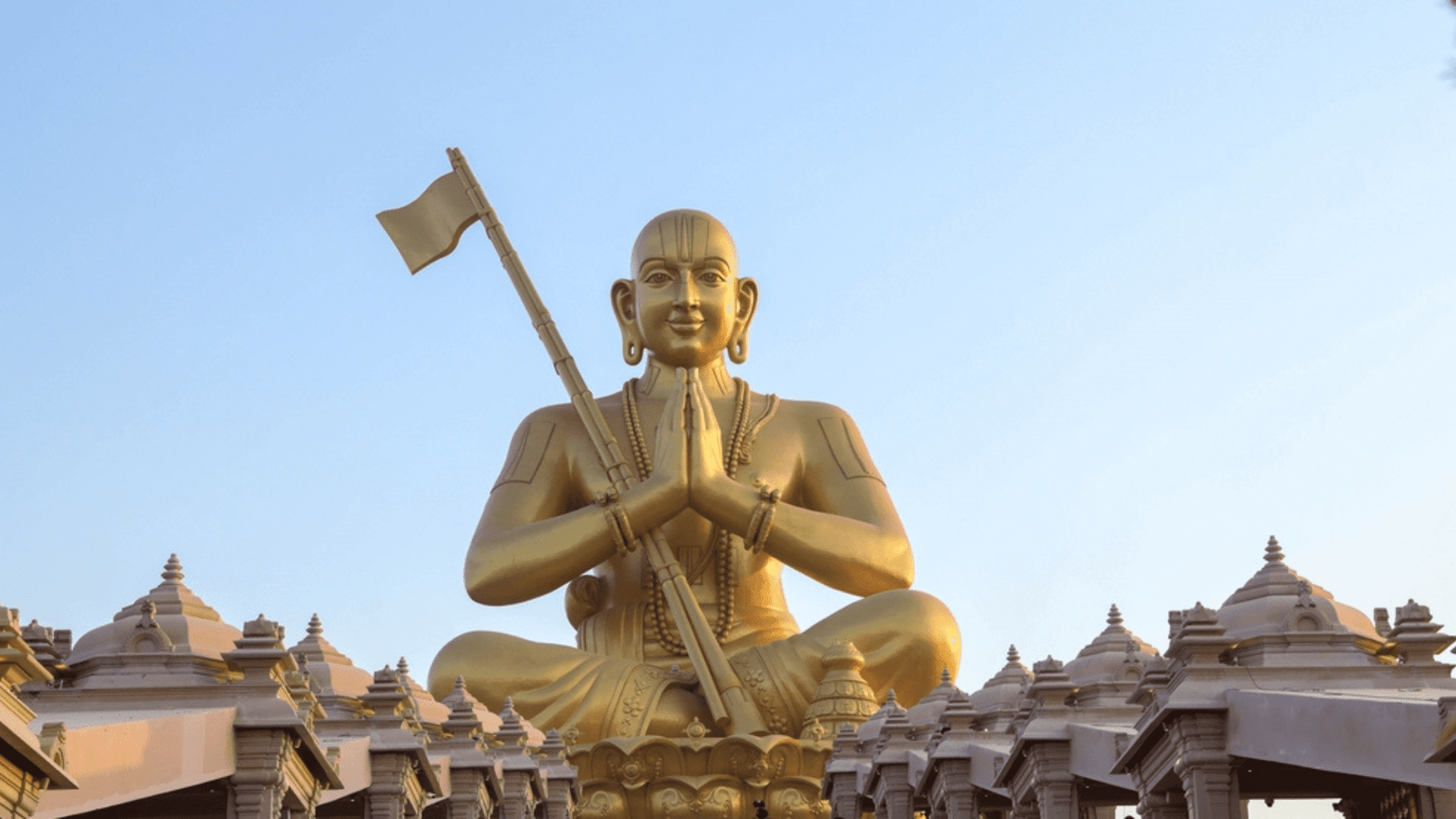
Statue Politics and the Myth of Ramanuja’s Equality
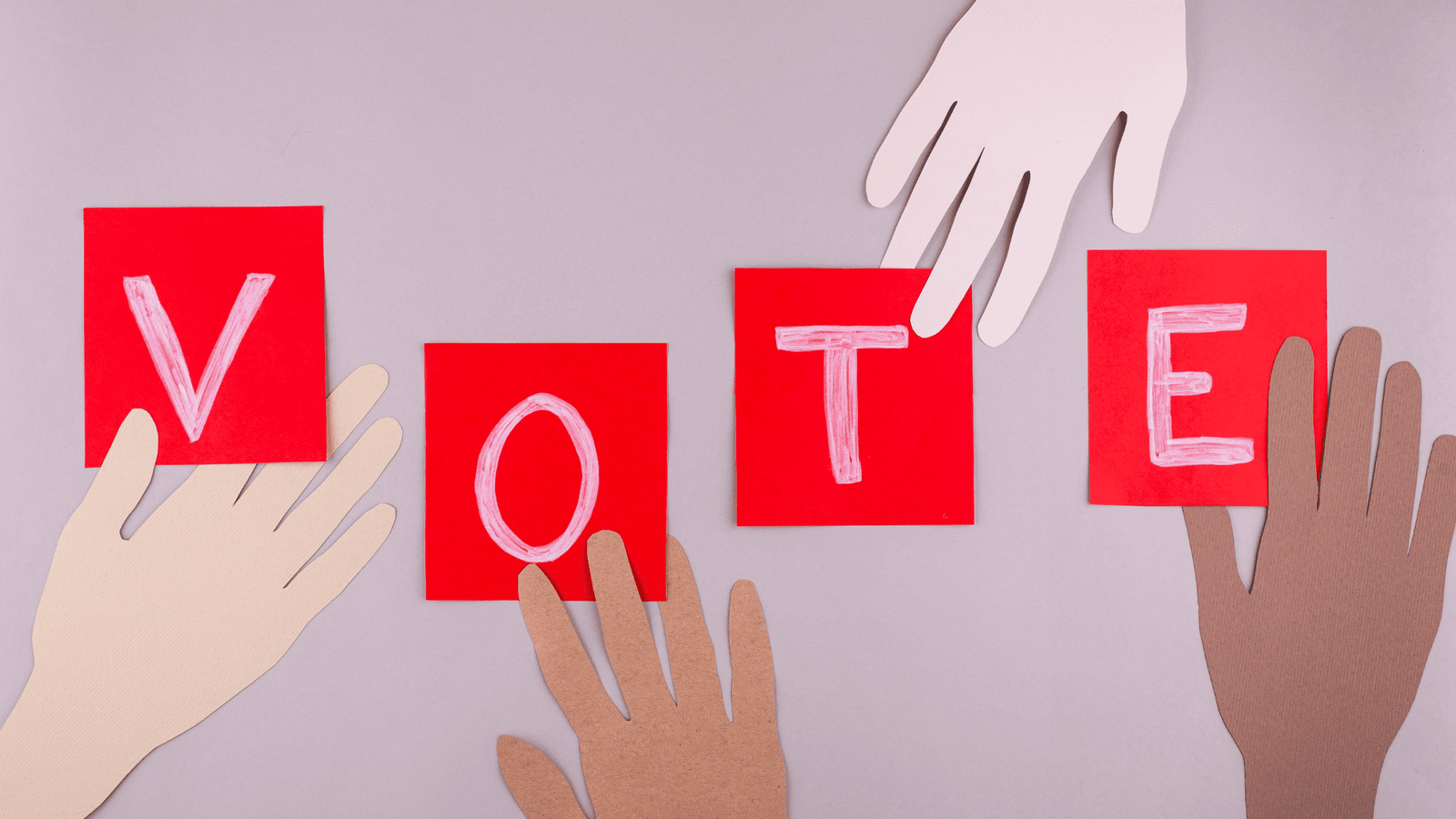
Opinion: What wins votes today is ‘trust capital’
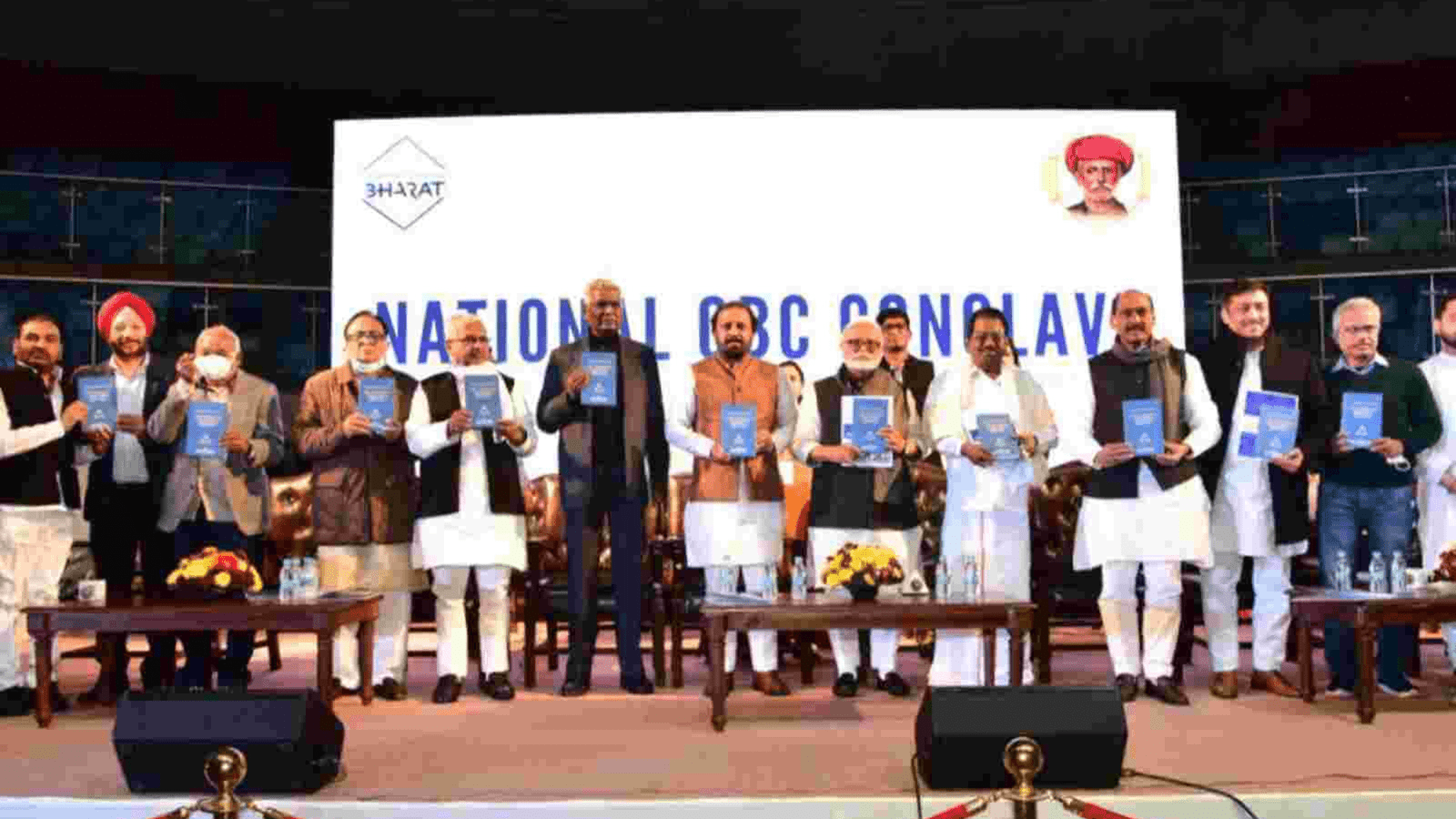
The Message From the Shudra/OBC Conclave
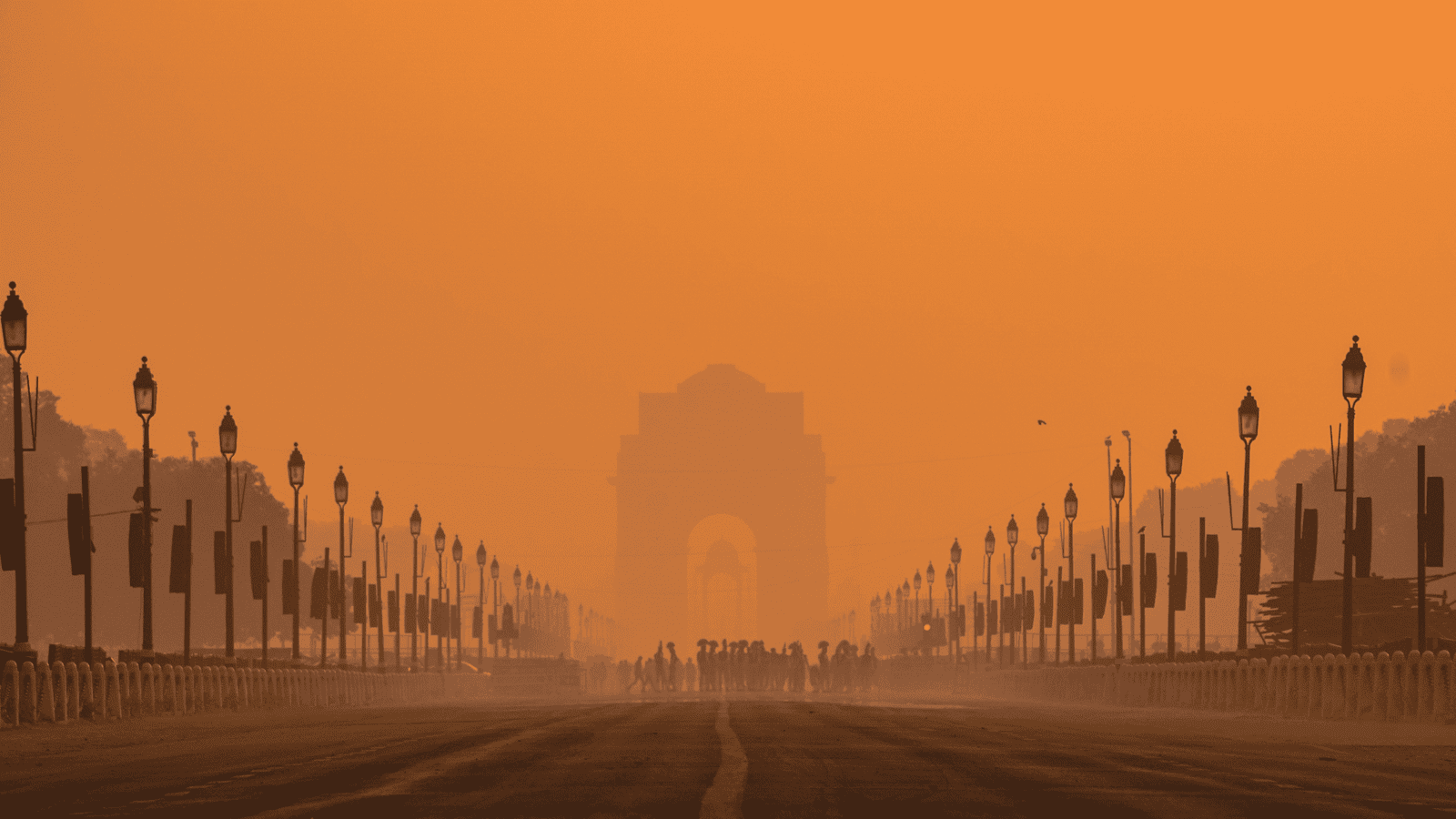
Perils of pushing India as a Civilizational State
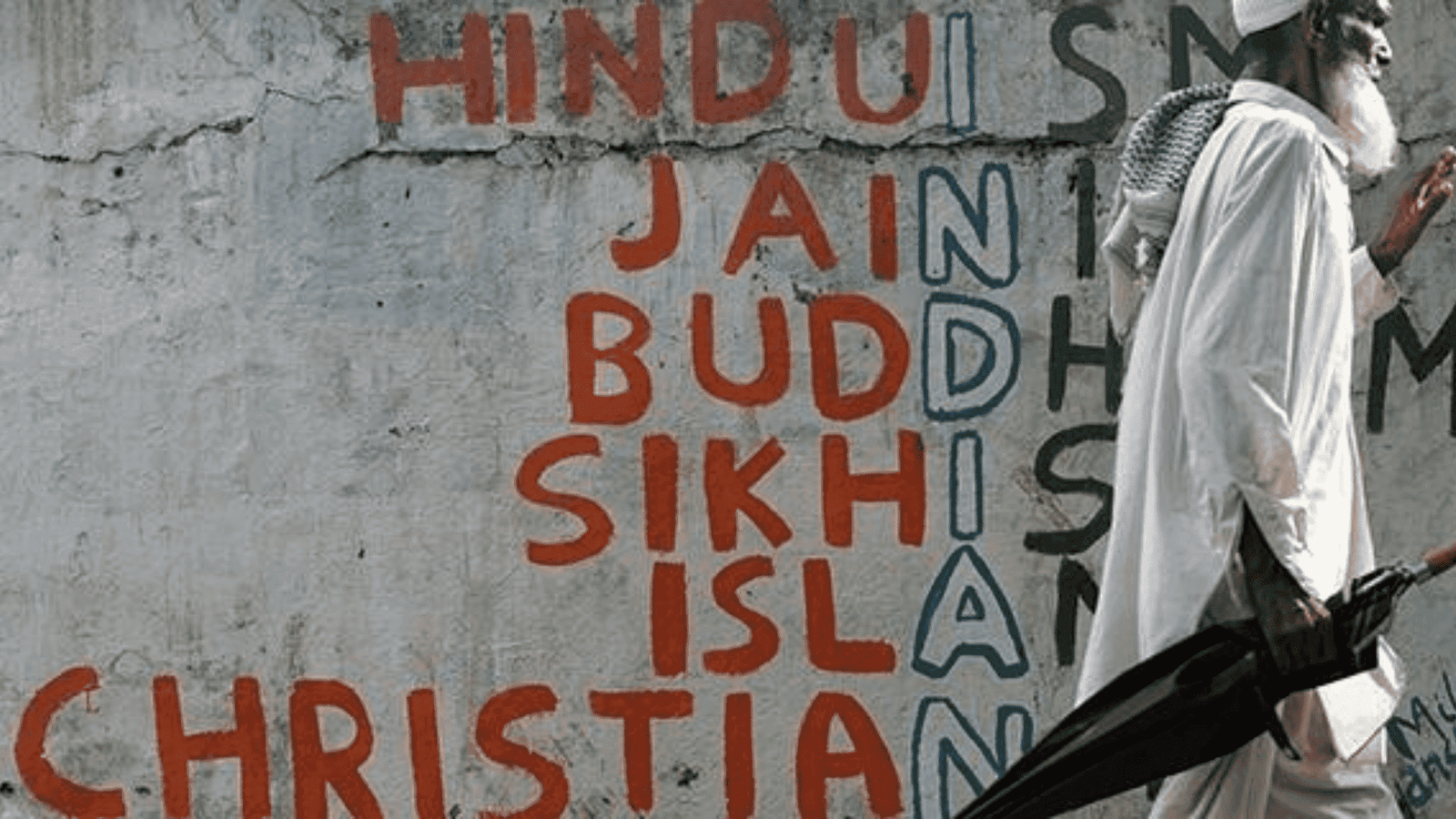
Report on religious freedom in India
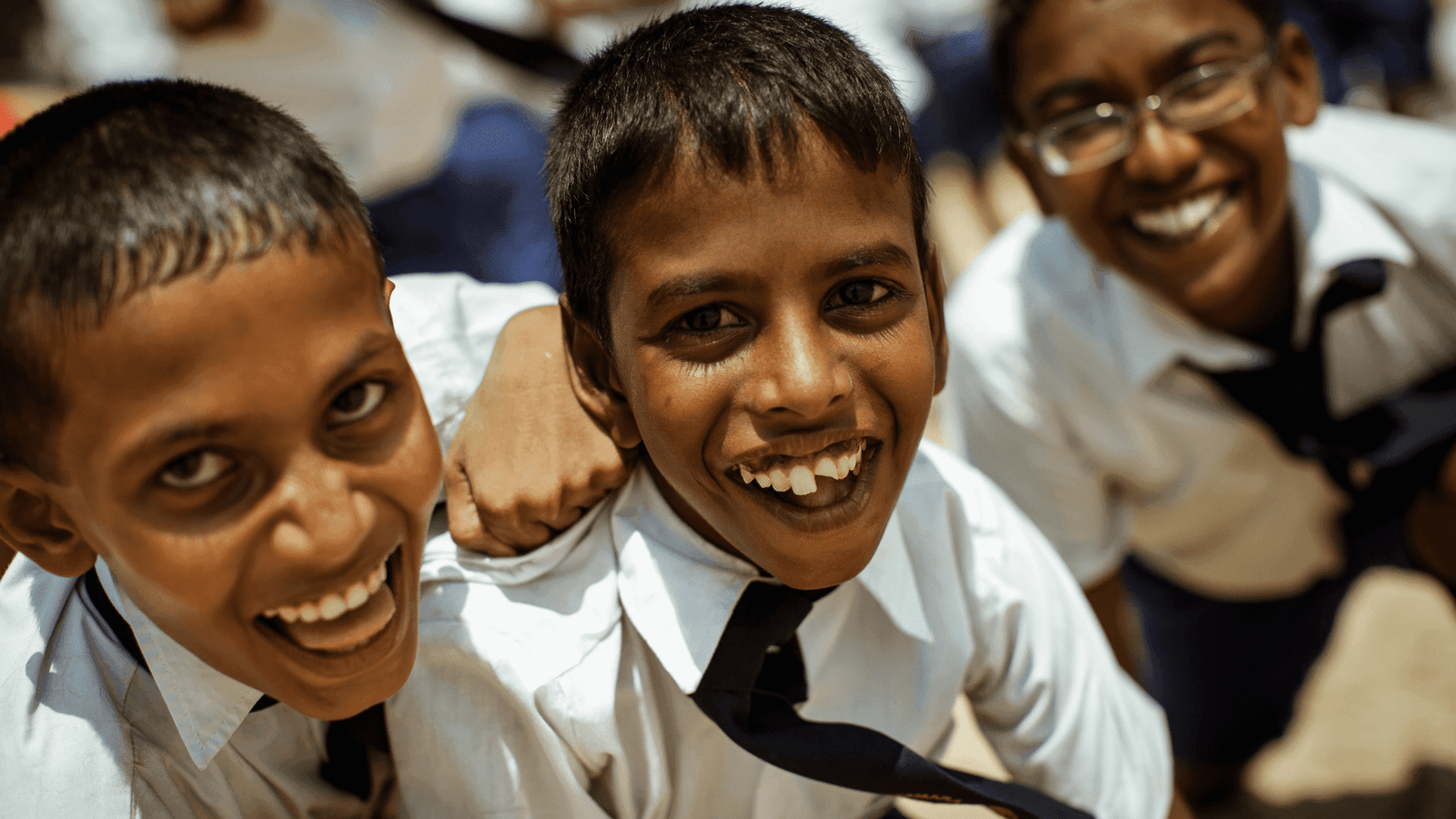
Report on United Information system for education plus
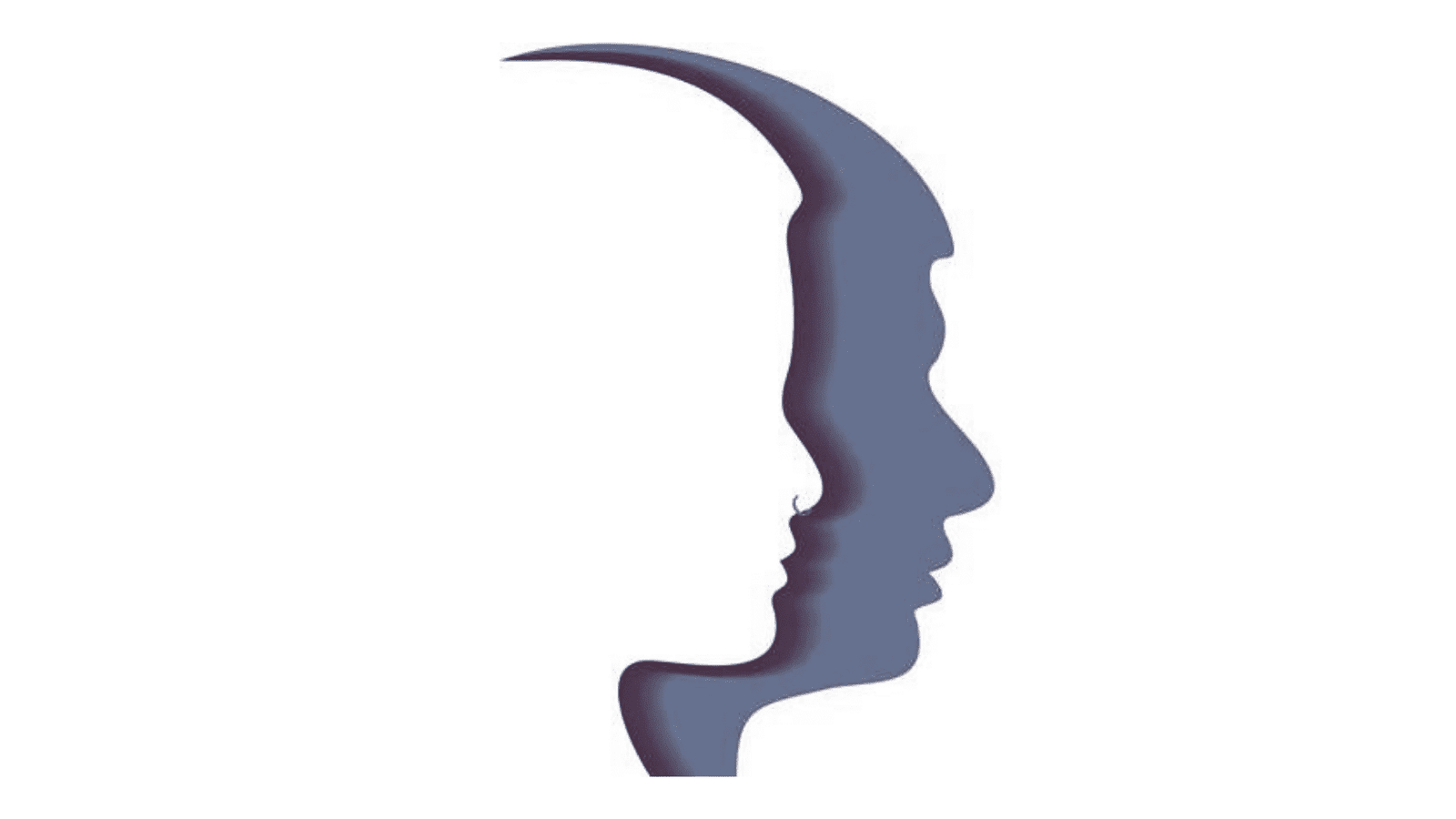
Lokniti-CSDS Youth studies: Marriage trends
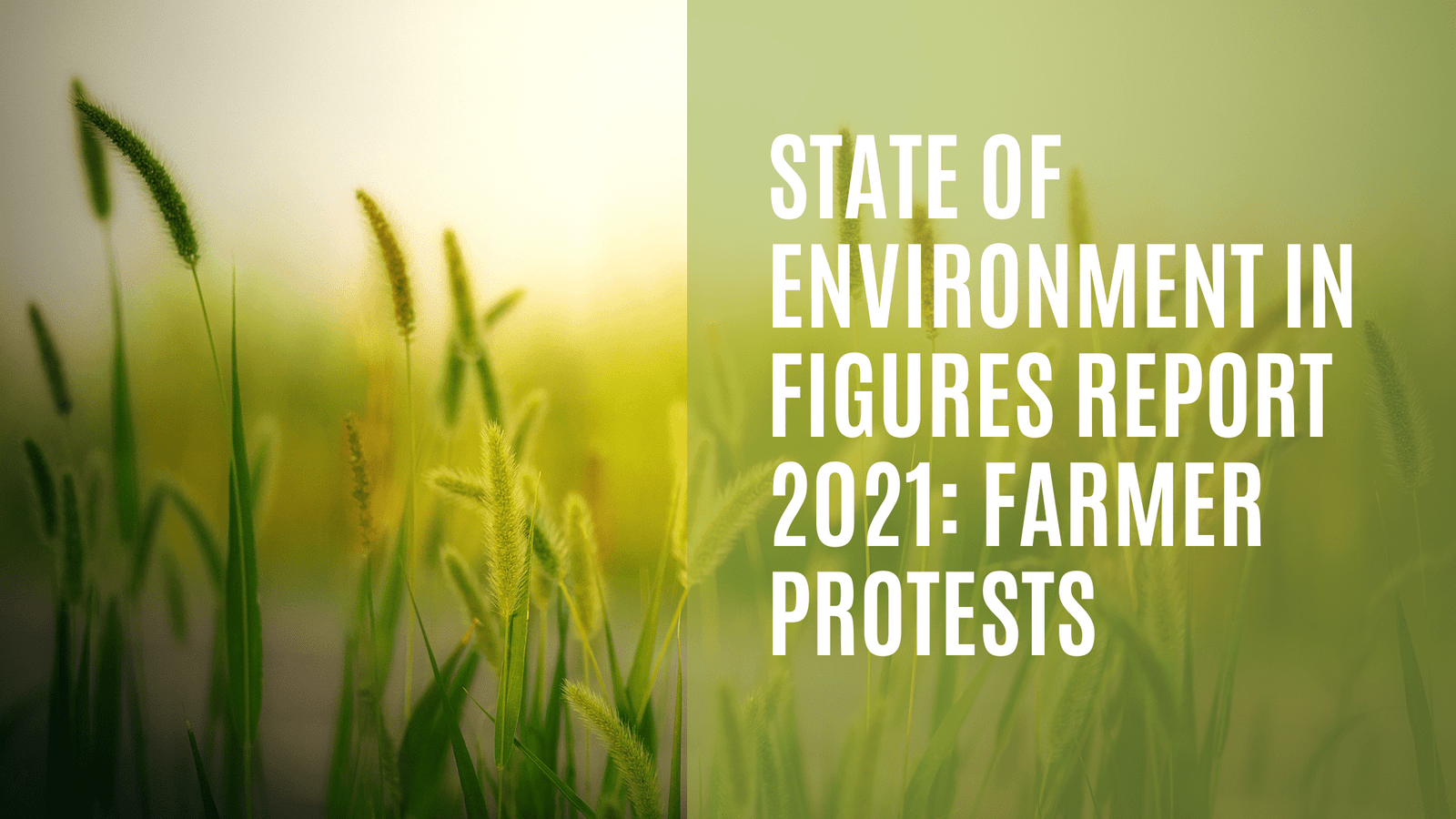
State of Environment in Figures Report 2021: Farmer protests
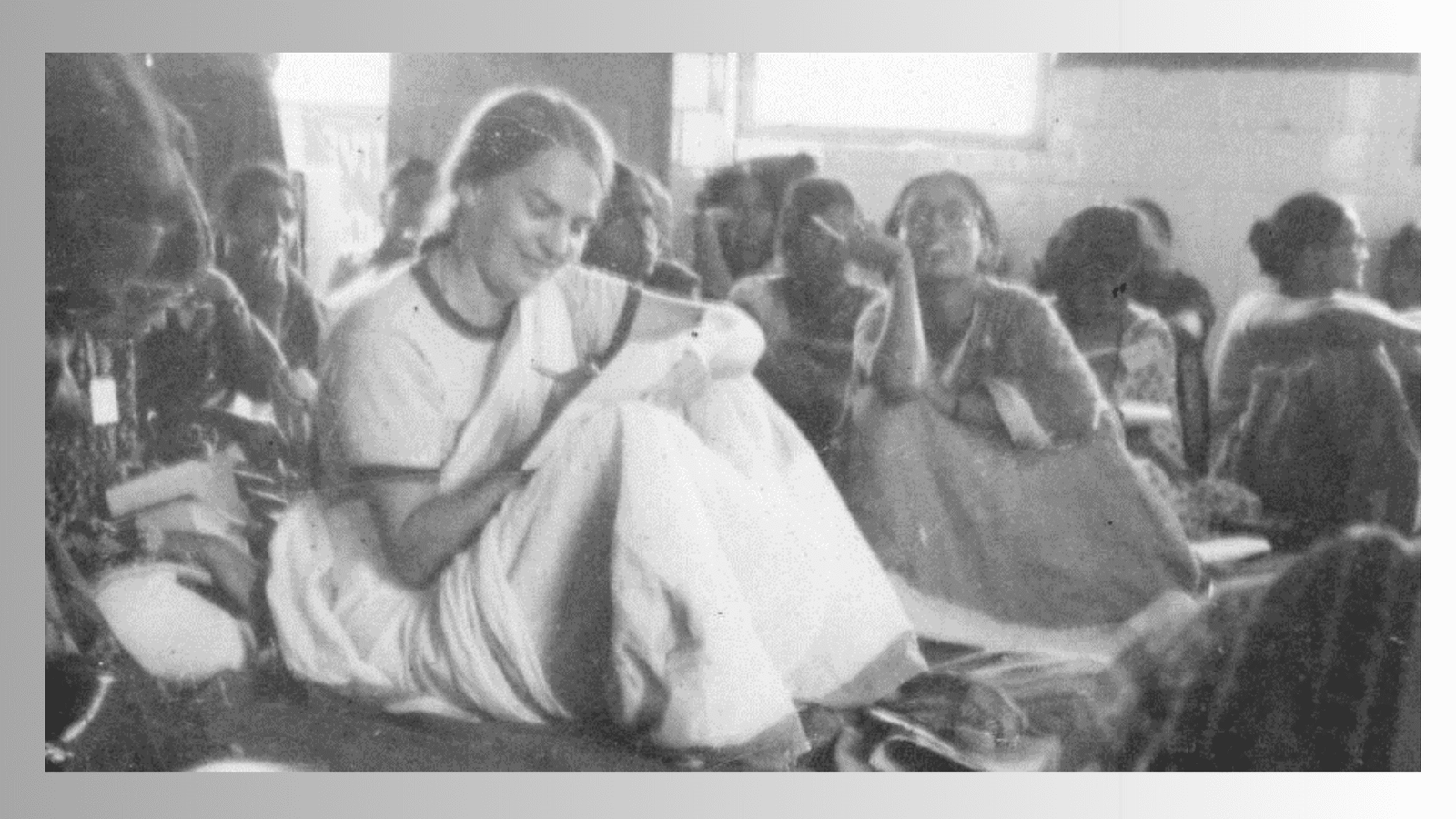
Gail Omvedt died

Black Lives Matter

Critical Race Theory

Formation of new Cooperation Ministry and the Supreme Court judgment
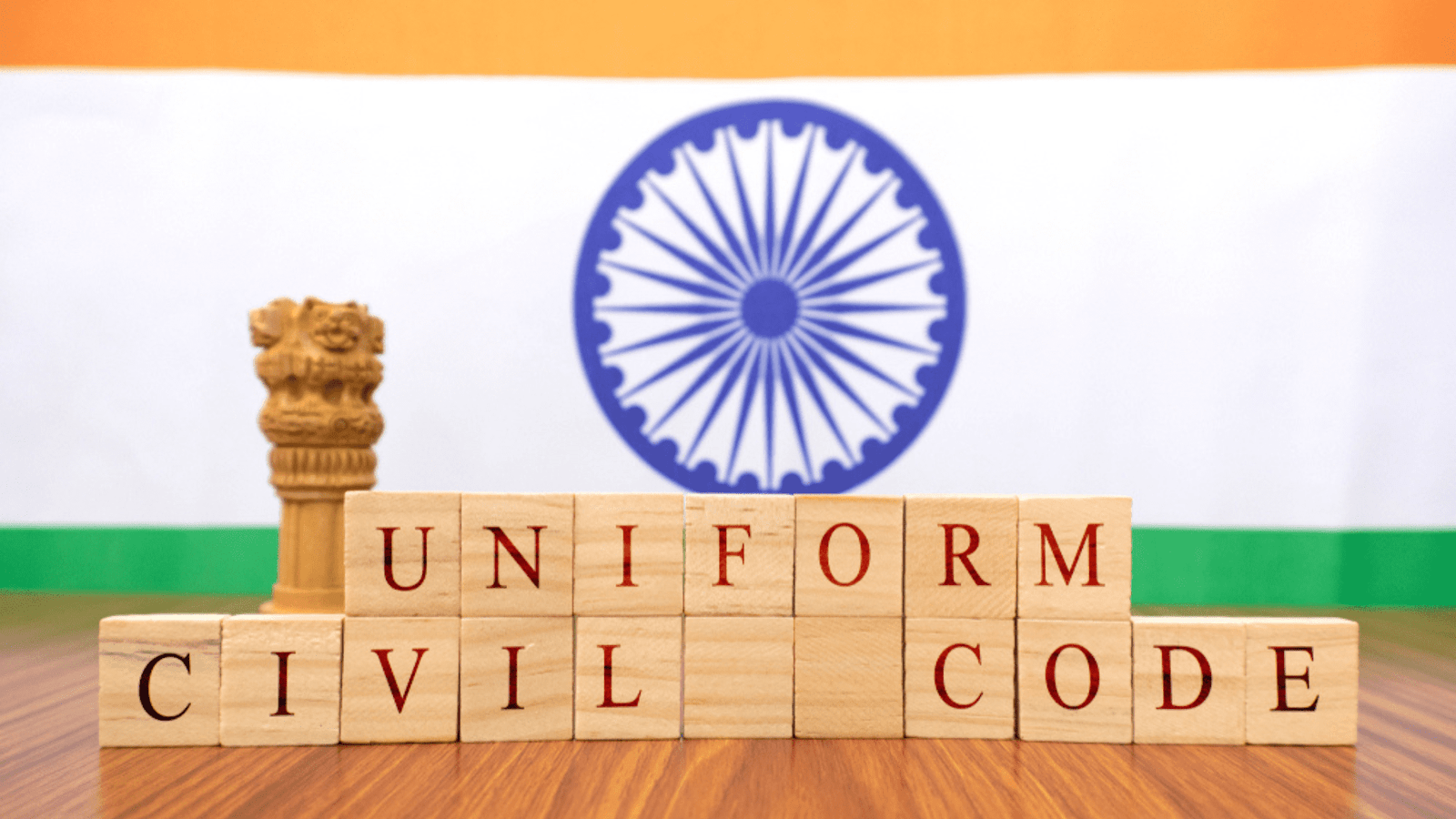
Uniform Civil Code
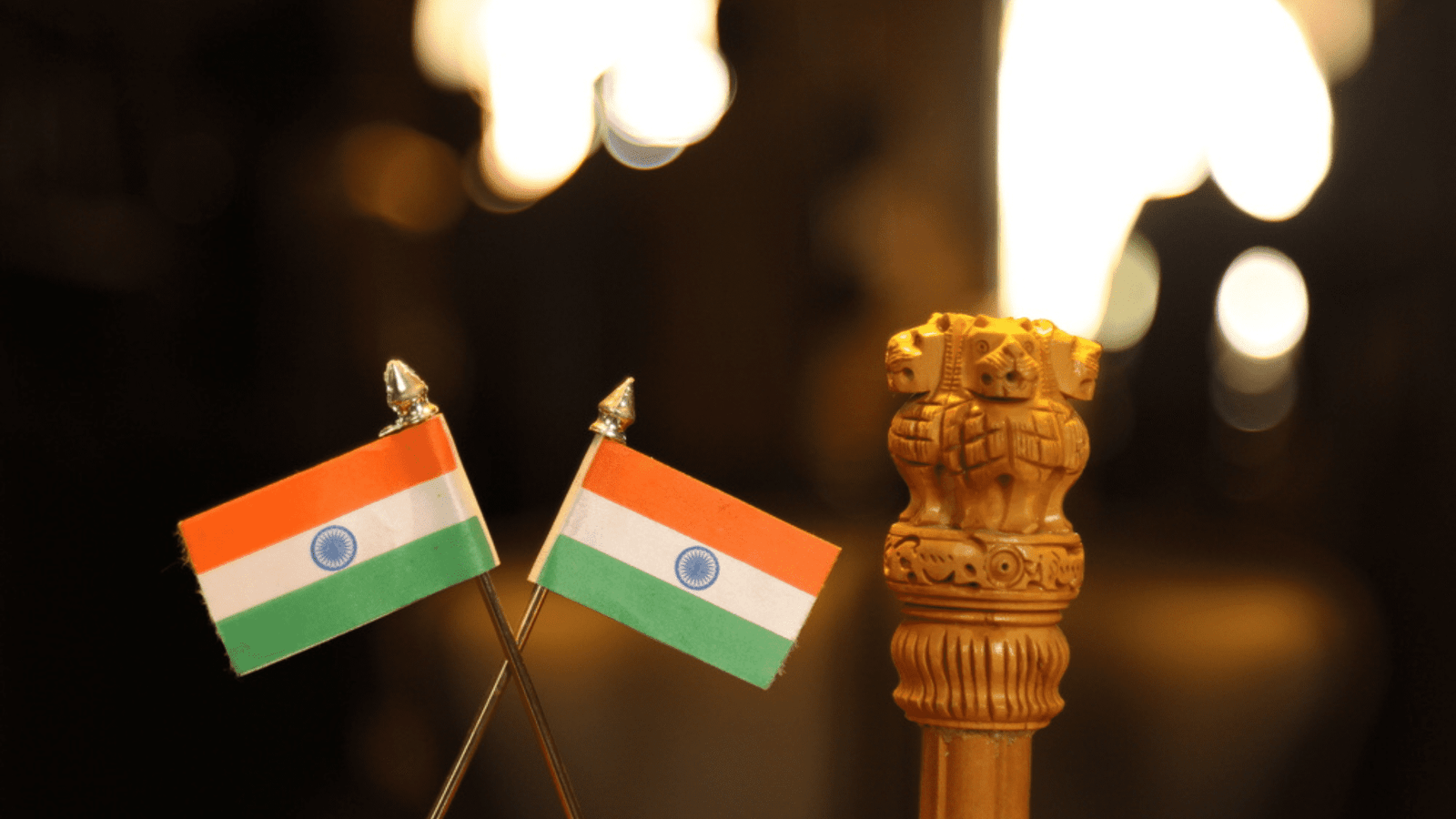
Anti-Conversion Laws
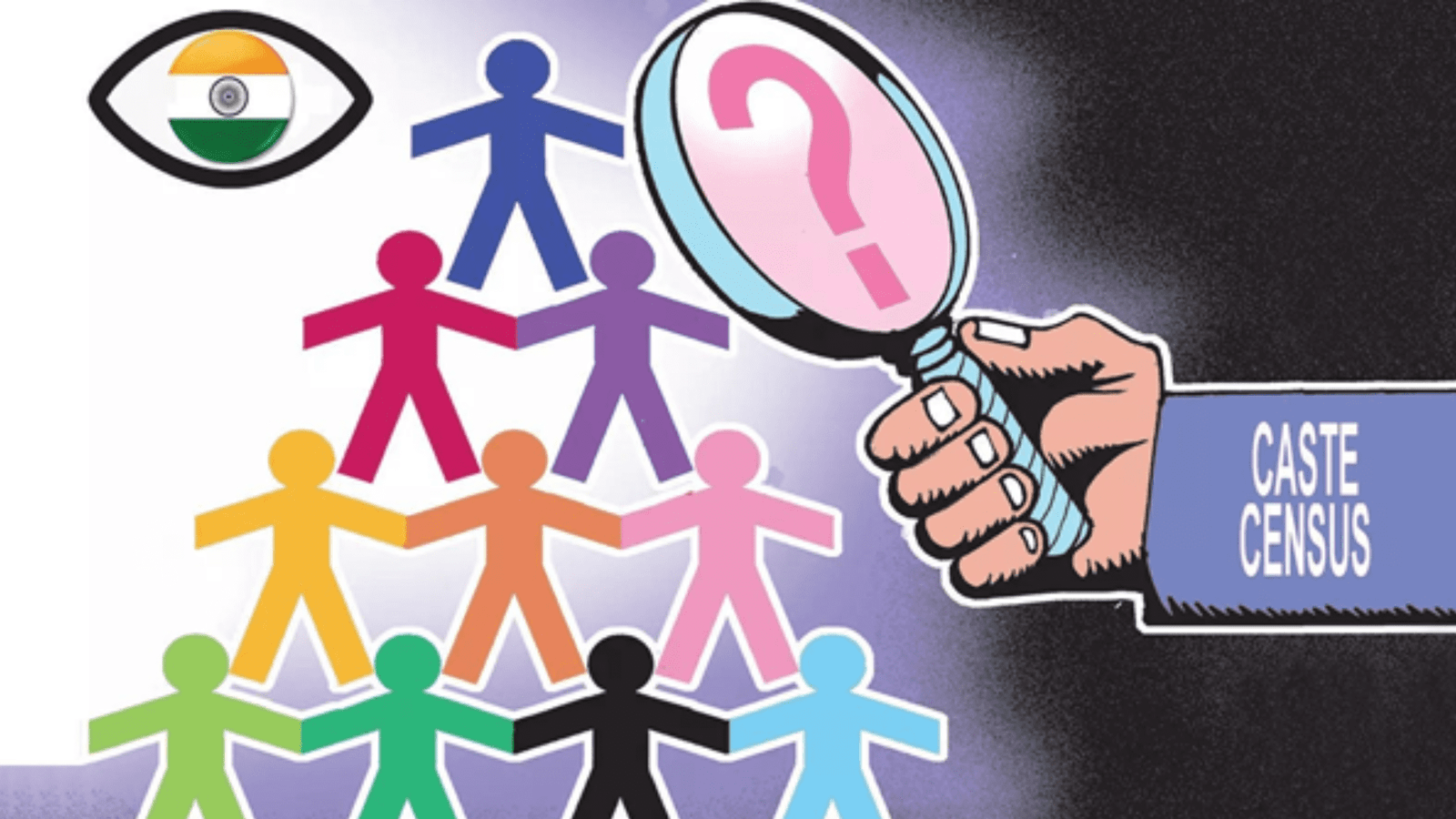
Government decision on non-caste-based census
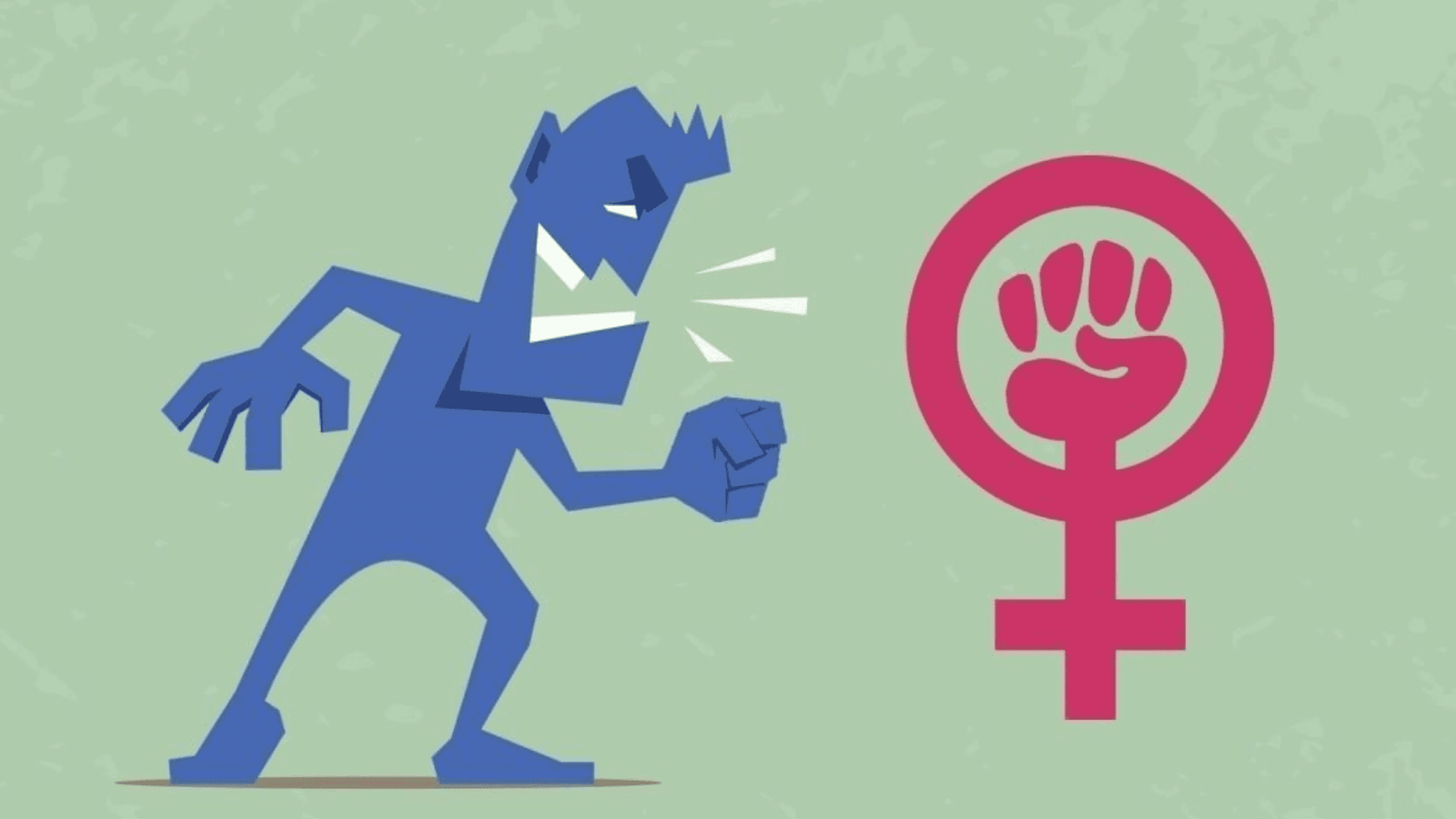
Incel Movement
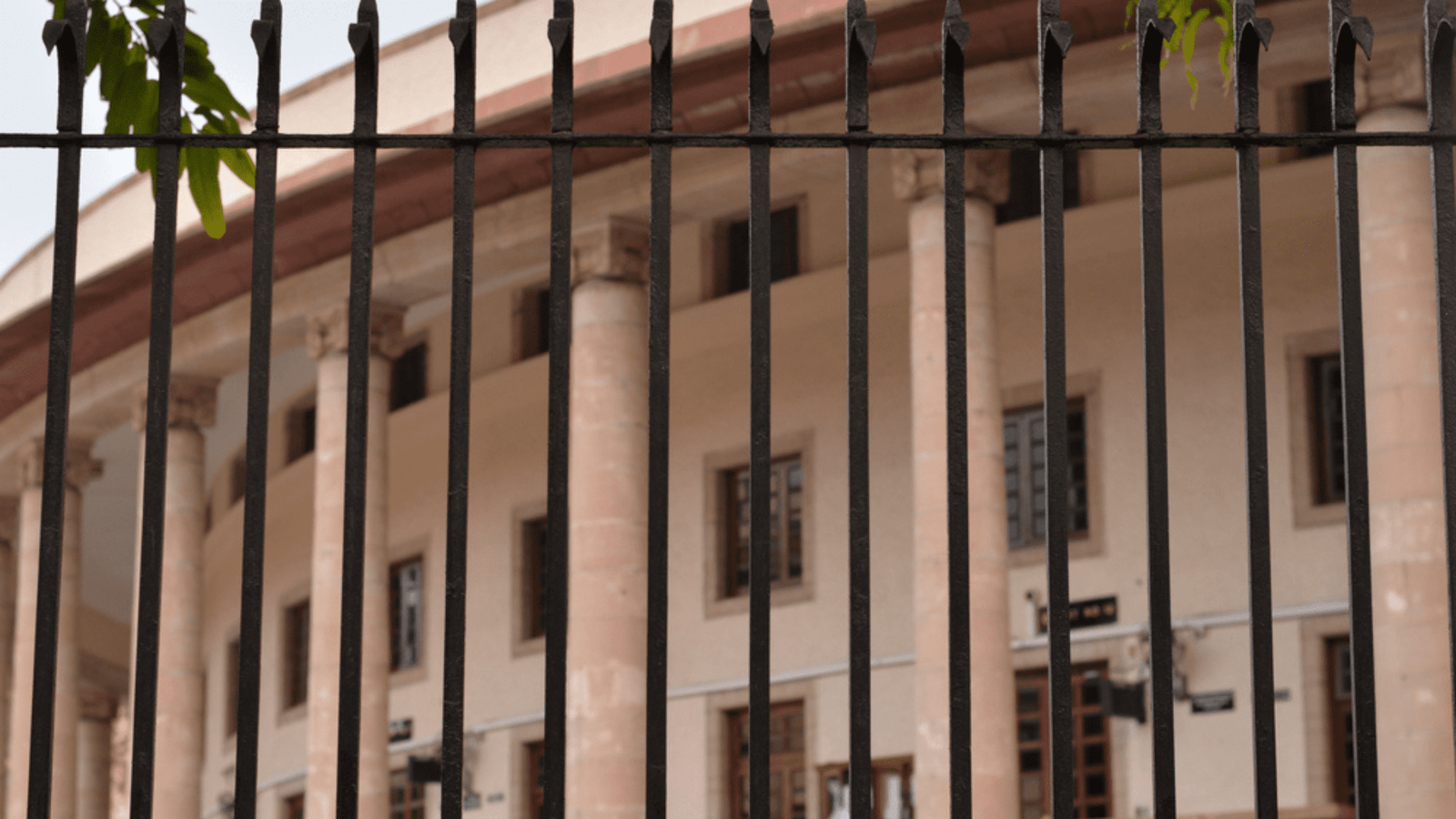
Proposal to revise creamy layer for OBCs and sub- categorization
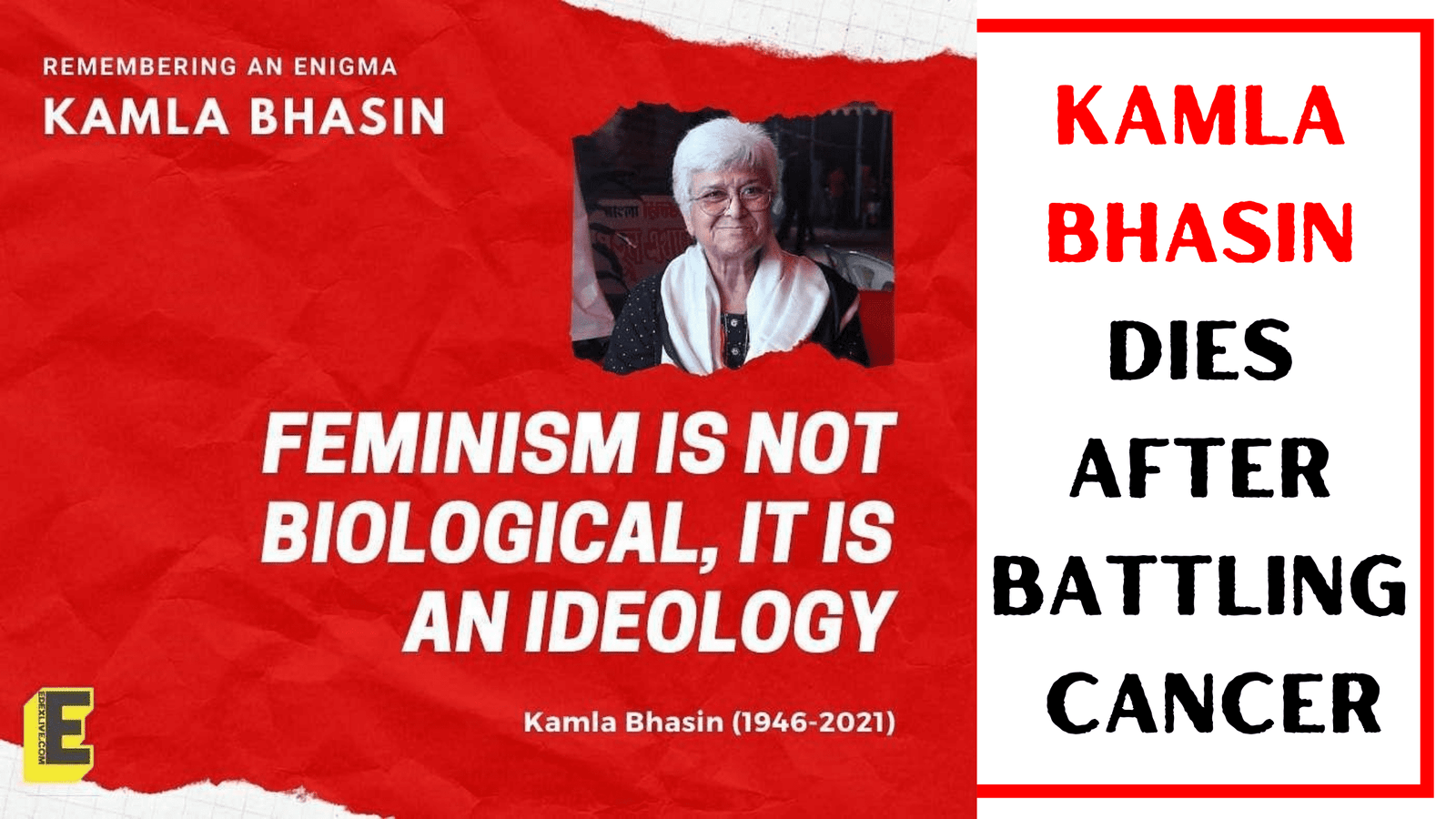
Kamla Bhasin dies after battling cancer
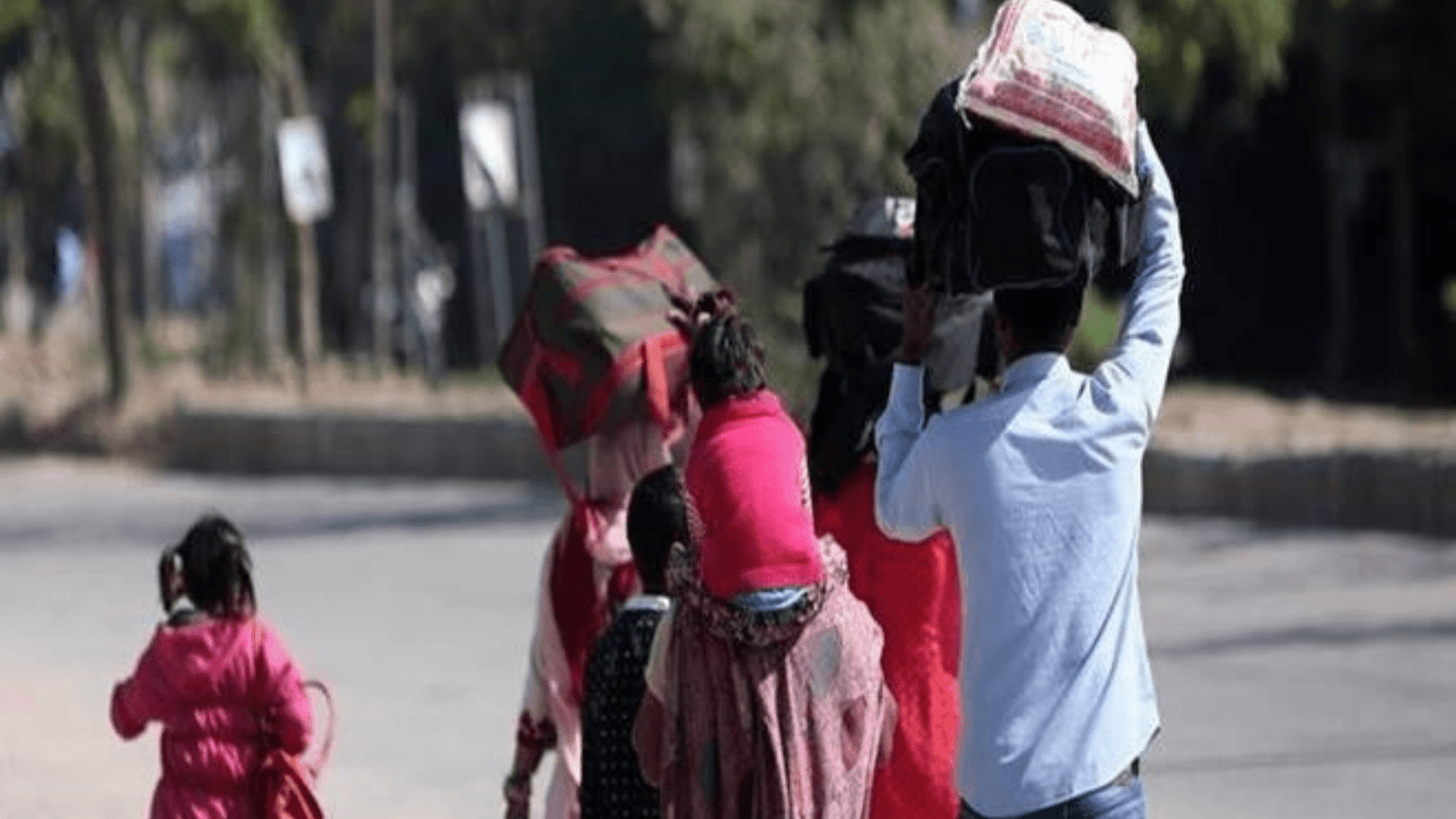

Huge numbers may be pushed into dire poverty or starvation…we need to secure them
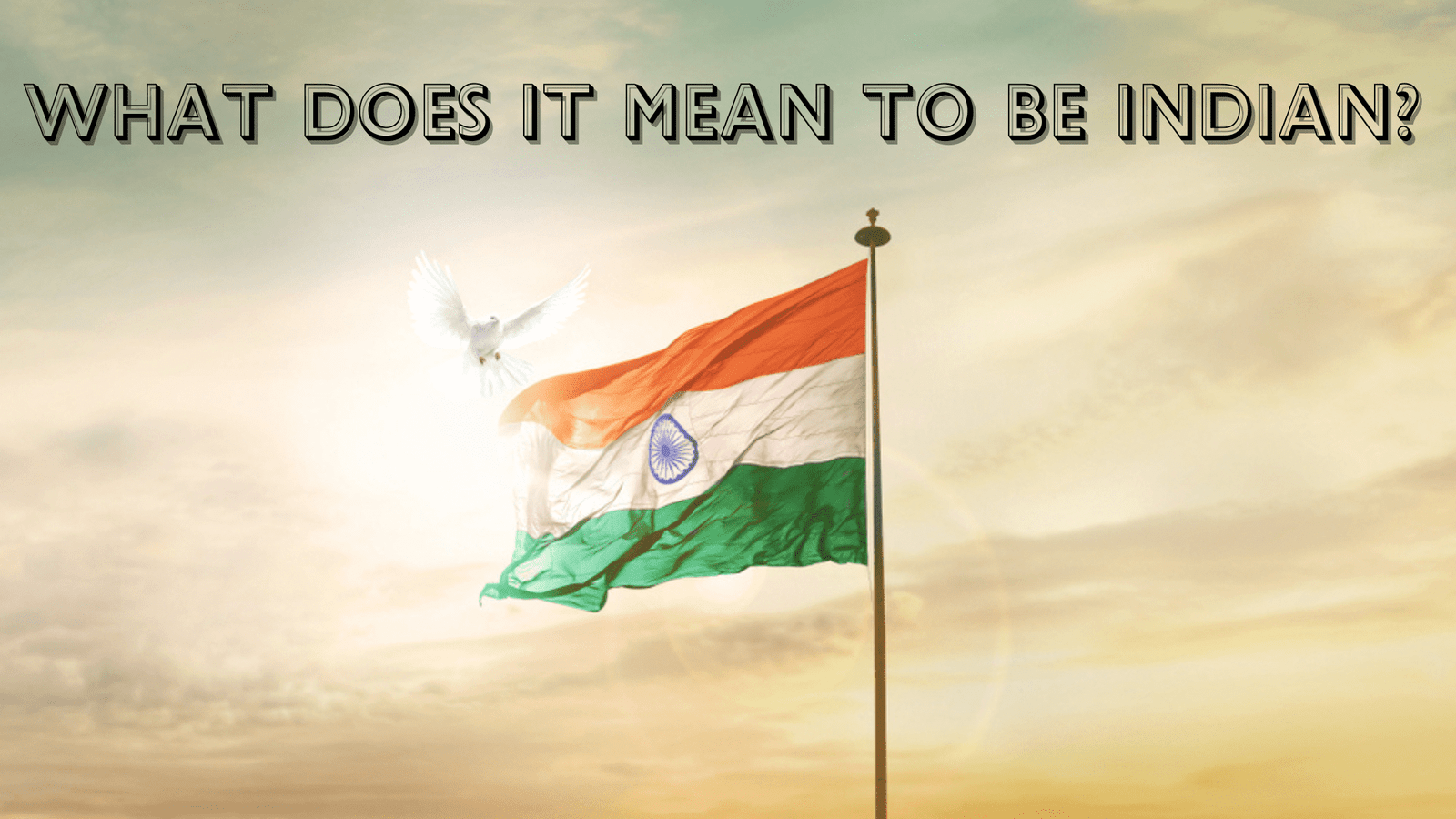
What does it mean to be Indian?

A temple on contested site of mosque’s destruction departs from judicial counter- majoritarianism
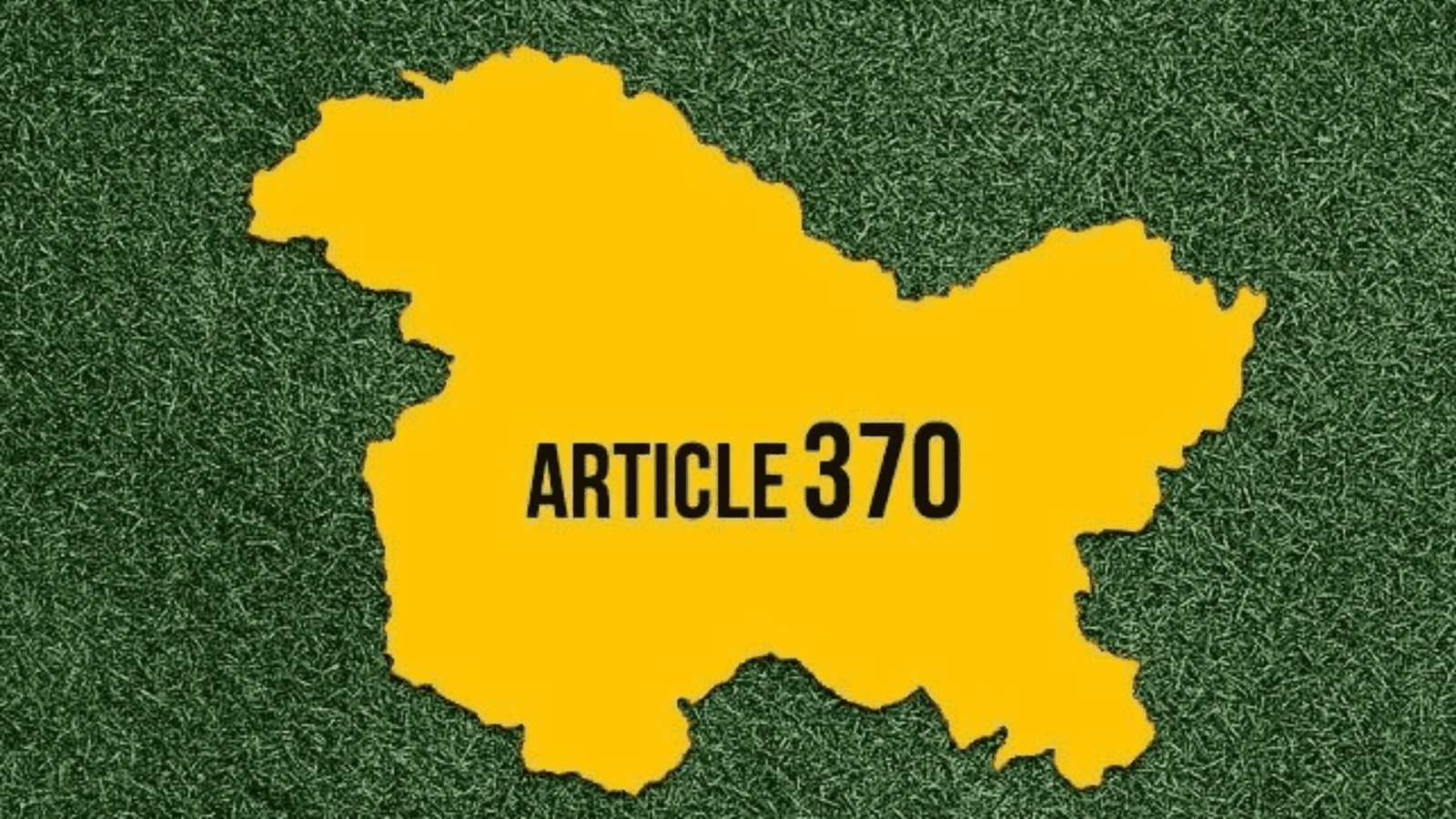
By numbers alone

A normalisation of WFH is unlikely to raise women’s participation in the labour force
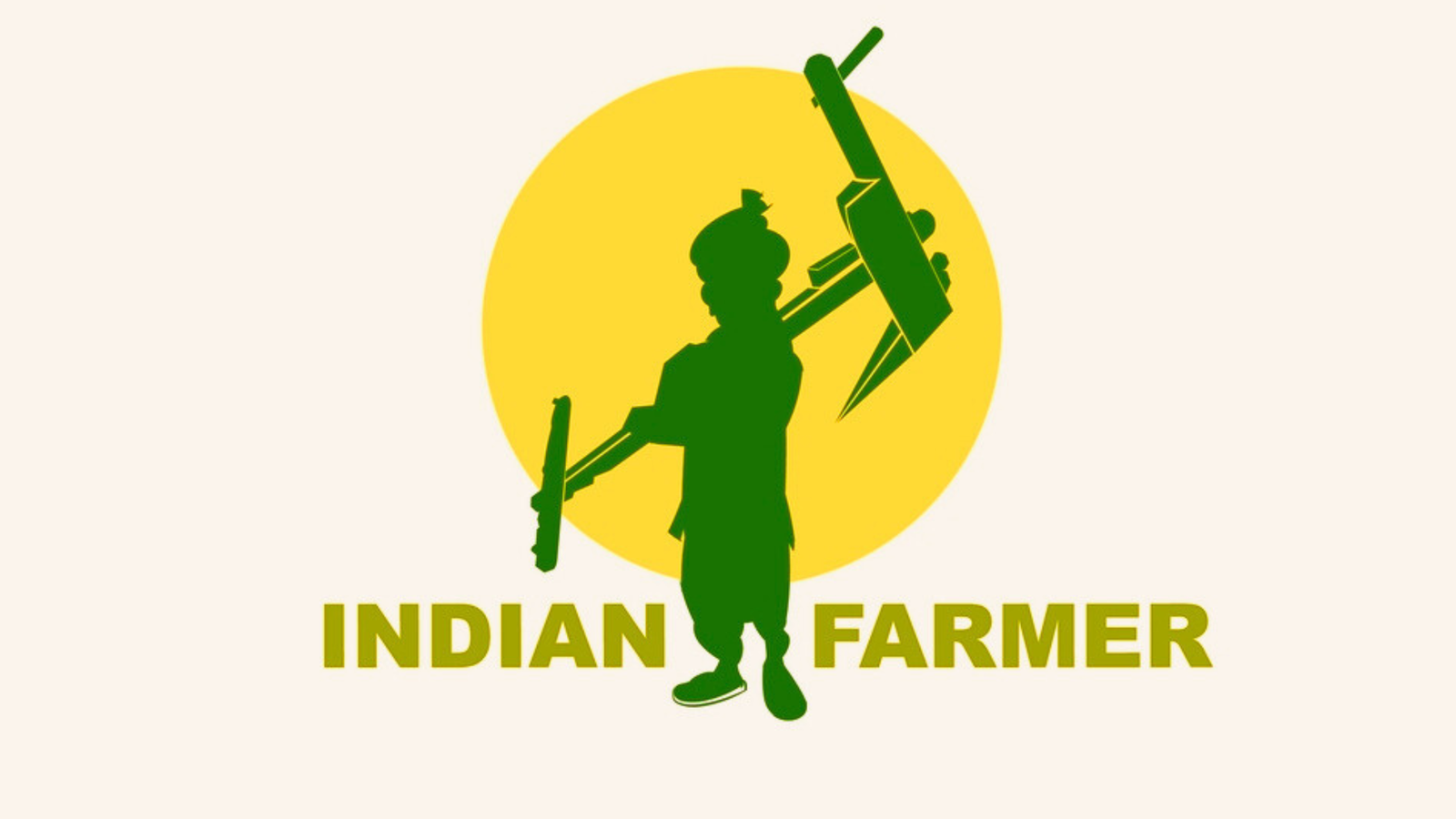
What India’s farm crisis really needs

Make room for women in the new normal

Why China’s about-turn shows restrictive population policy doesn’t work
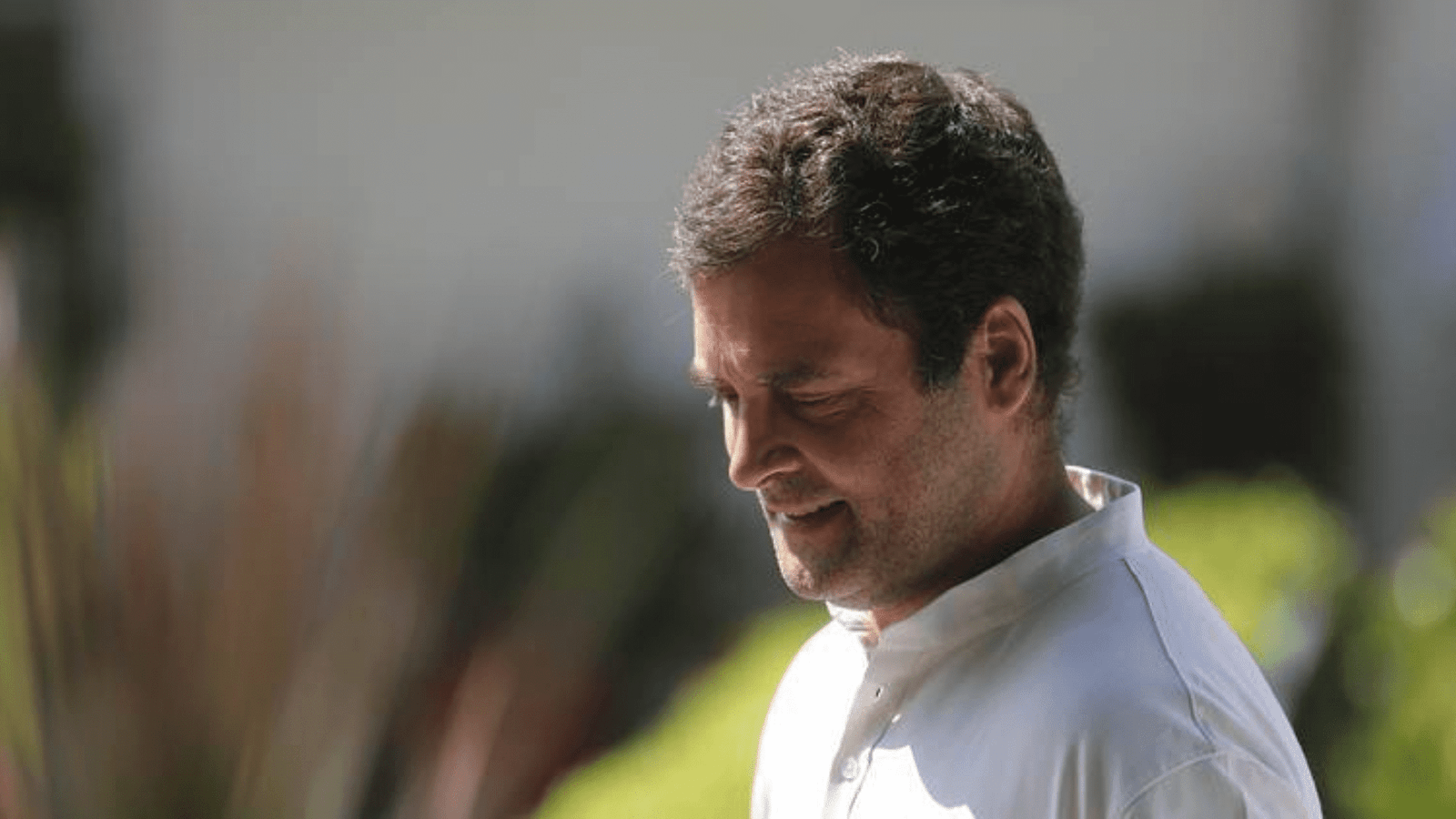
Explained: Why so many MPs are dynasts
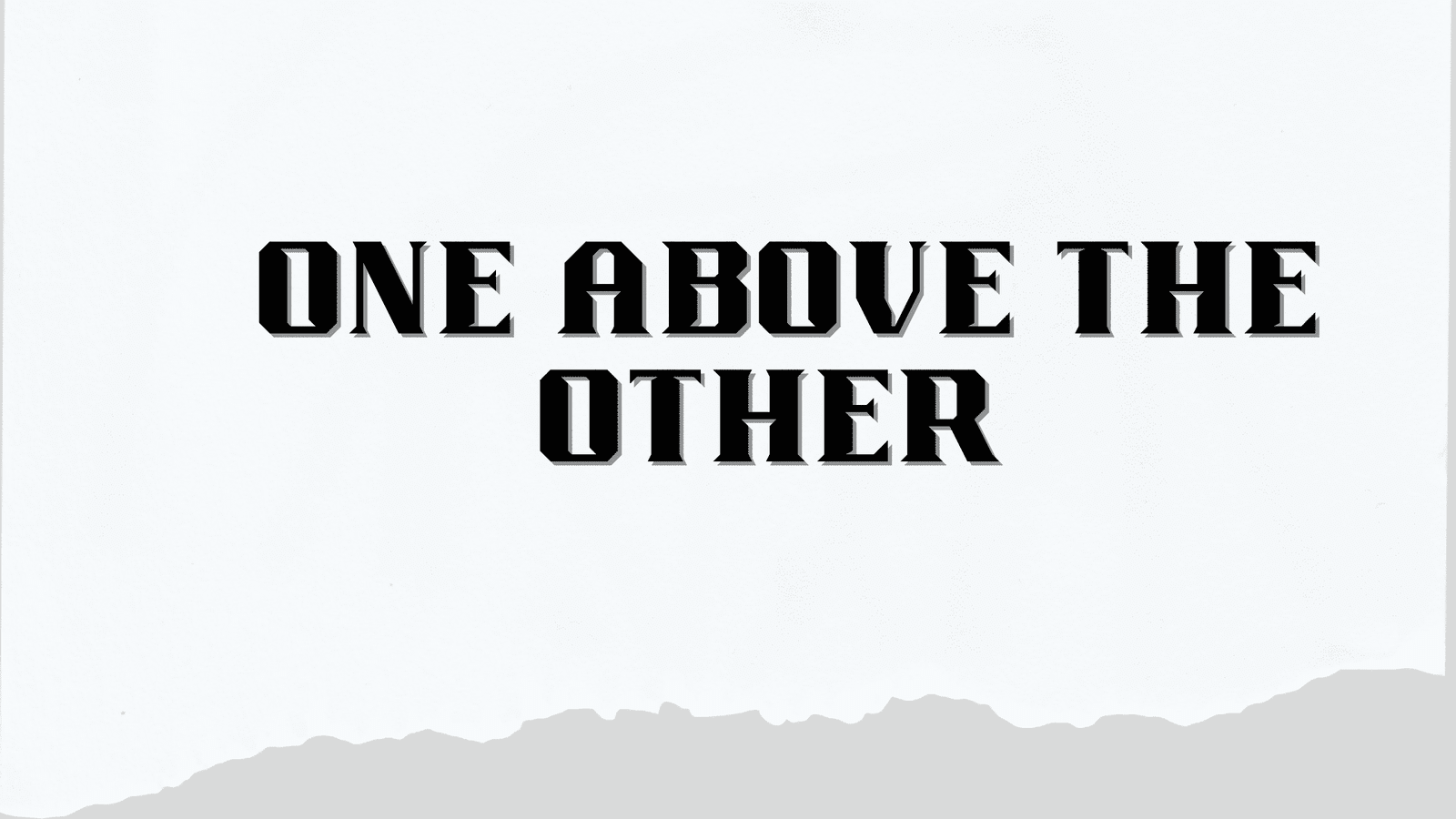
One Above the Other
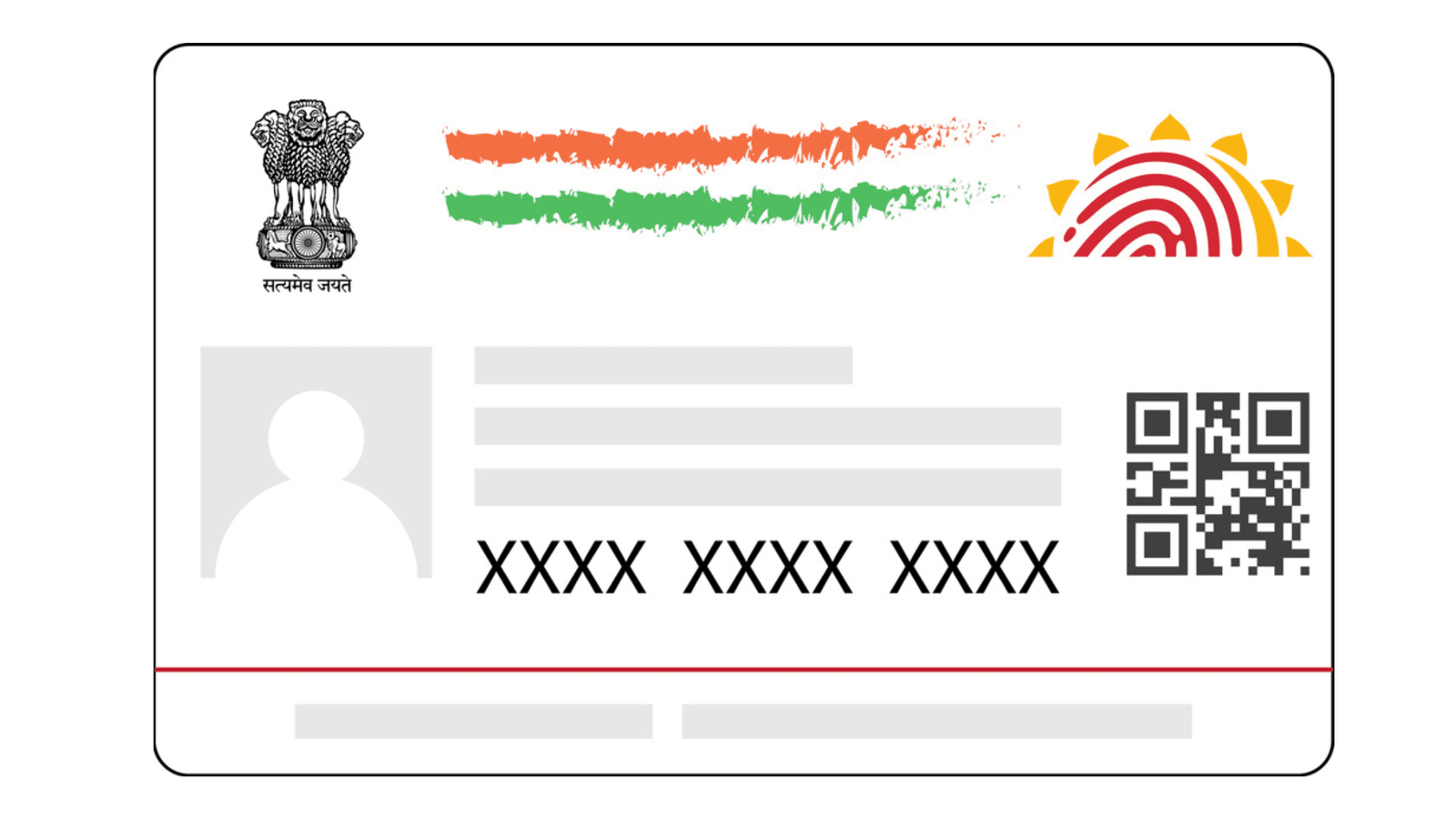
There is an urgent need for safeguards against unfair discontinuation of social benefits
From panopticon to Pegasus, how ideas about surveillance have evolved
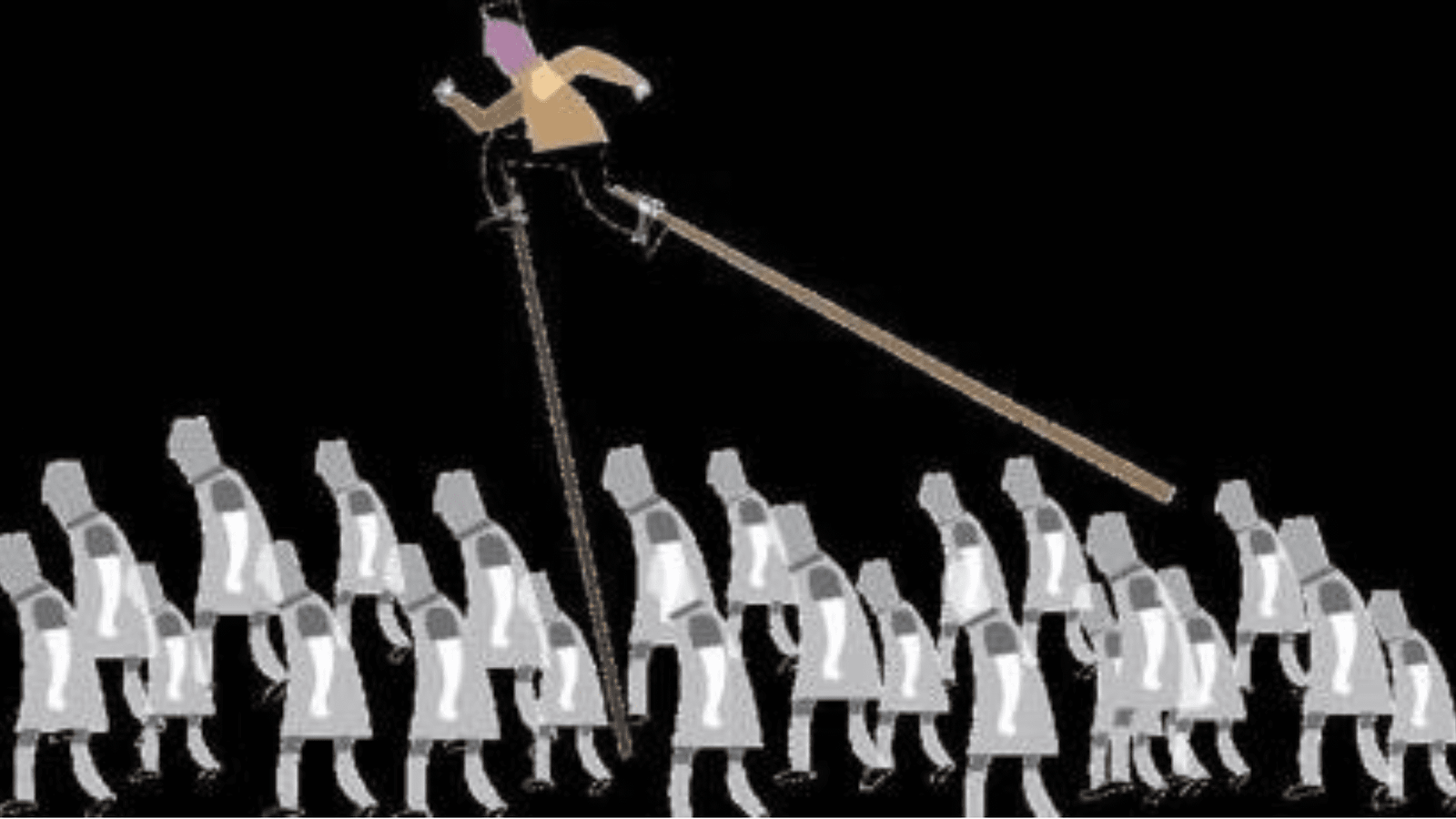
How historical caste privilege became modern-day ‘merit’
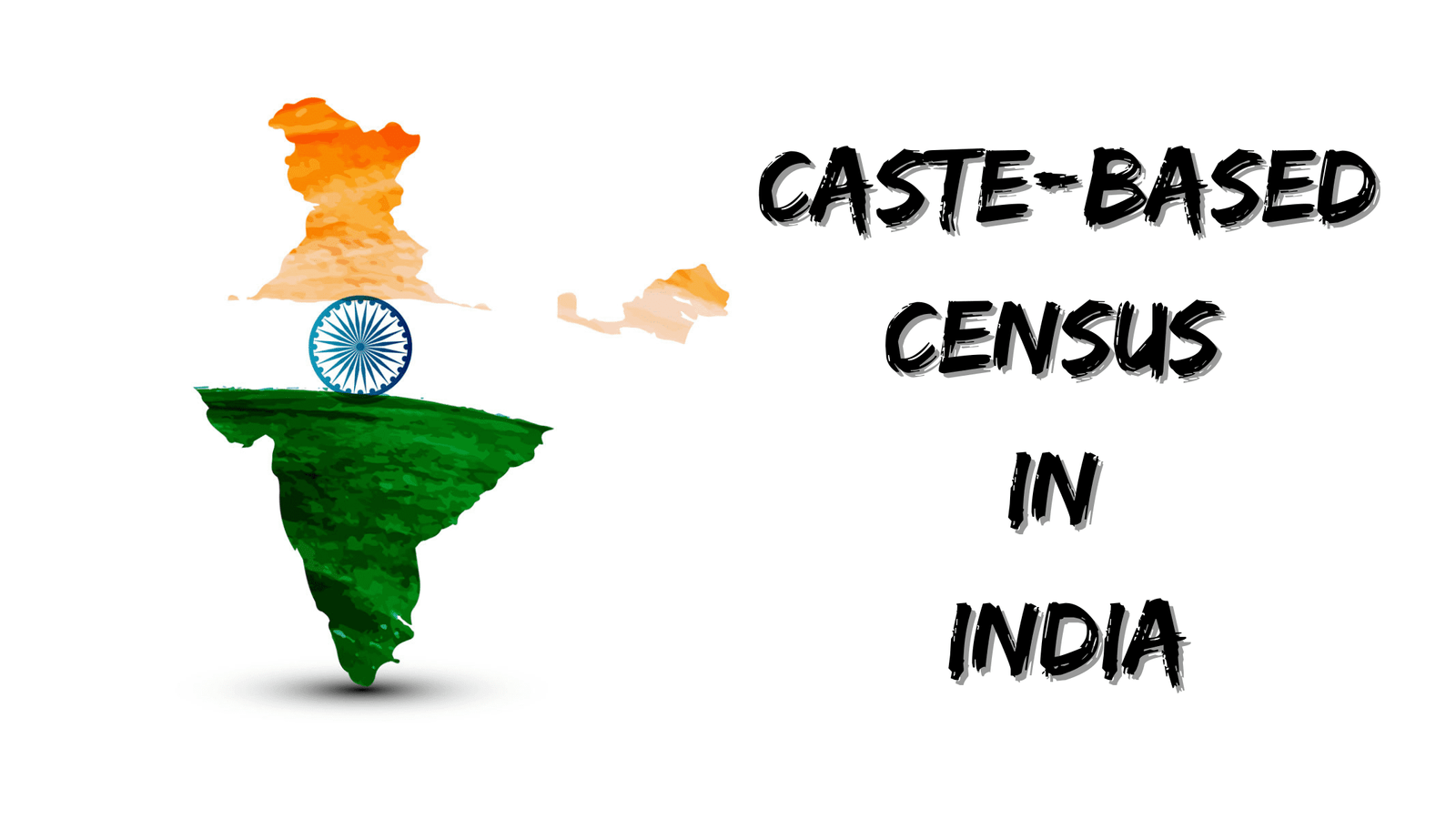
Caste based census in India
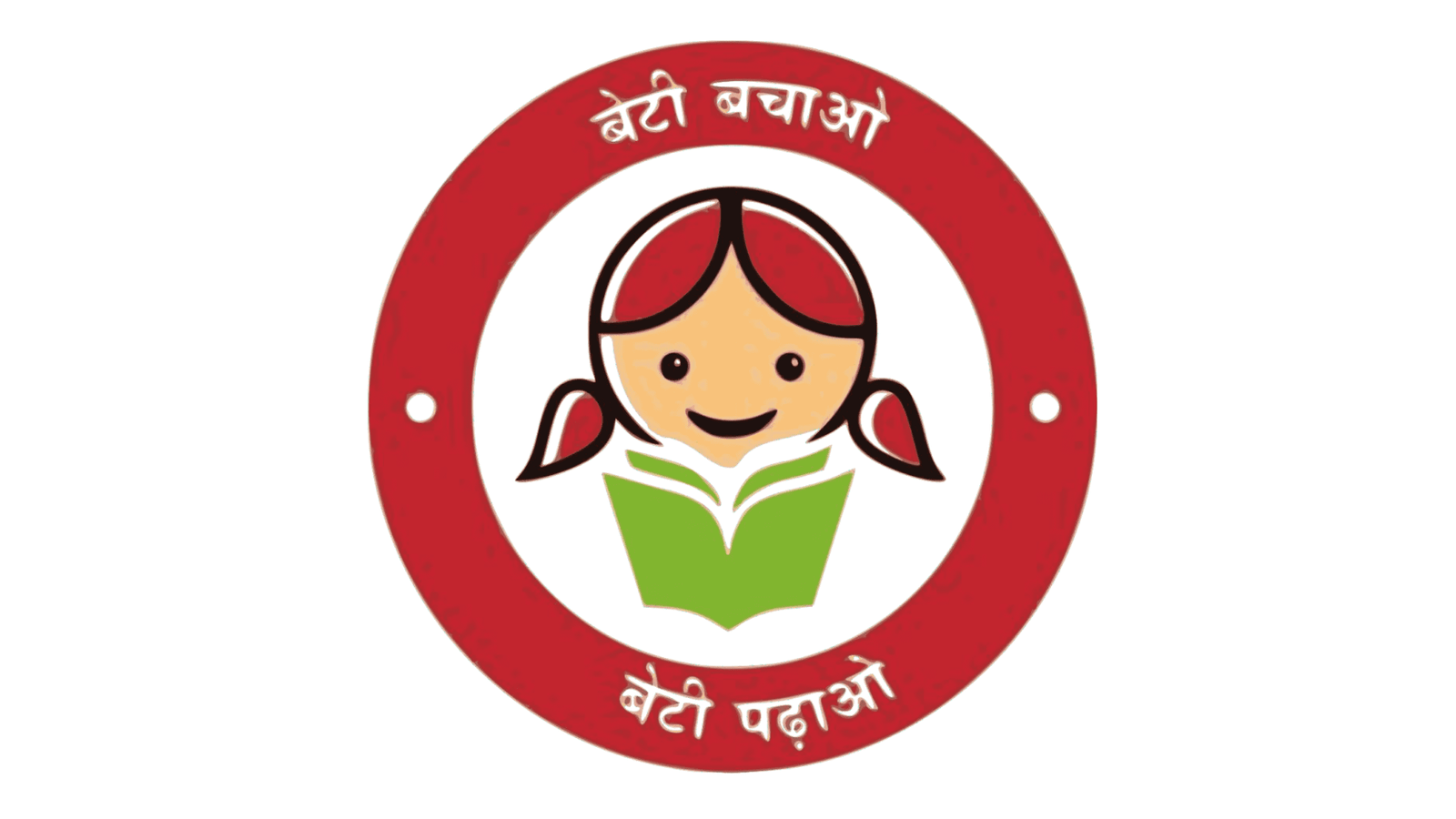
Beti Bachao Beti Padhao scheme

Inclusion of LGBTQ and women in India’s new science policy
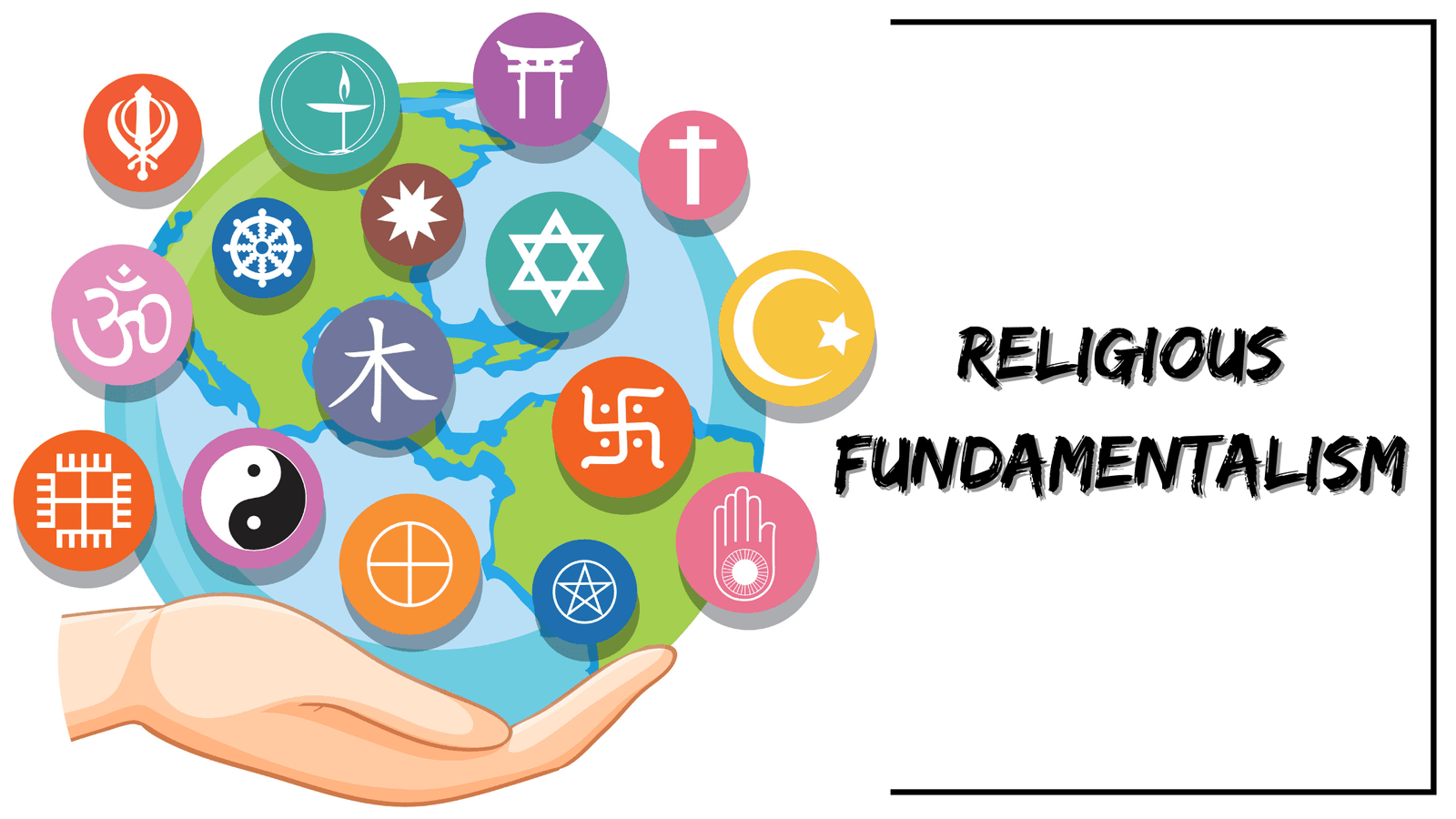
Religious Fundamentalism
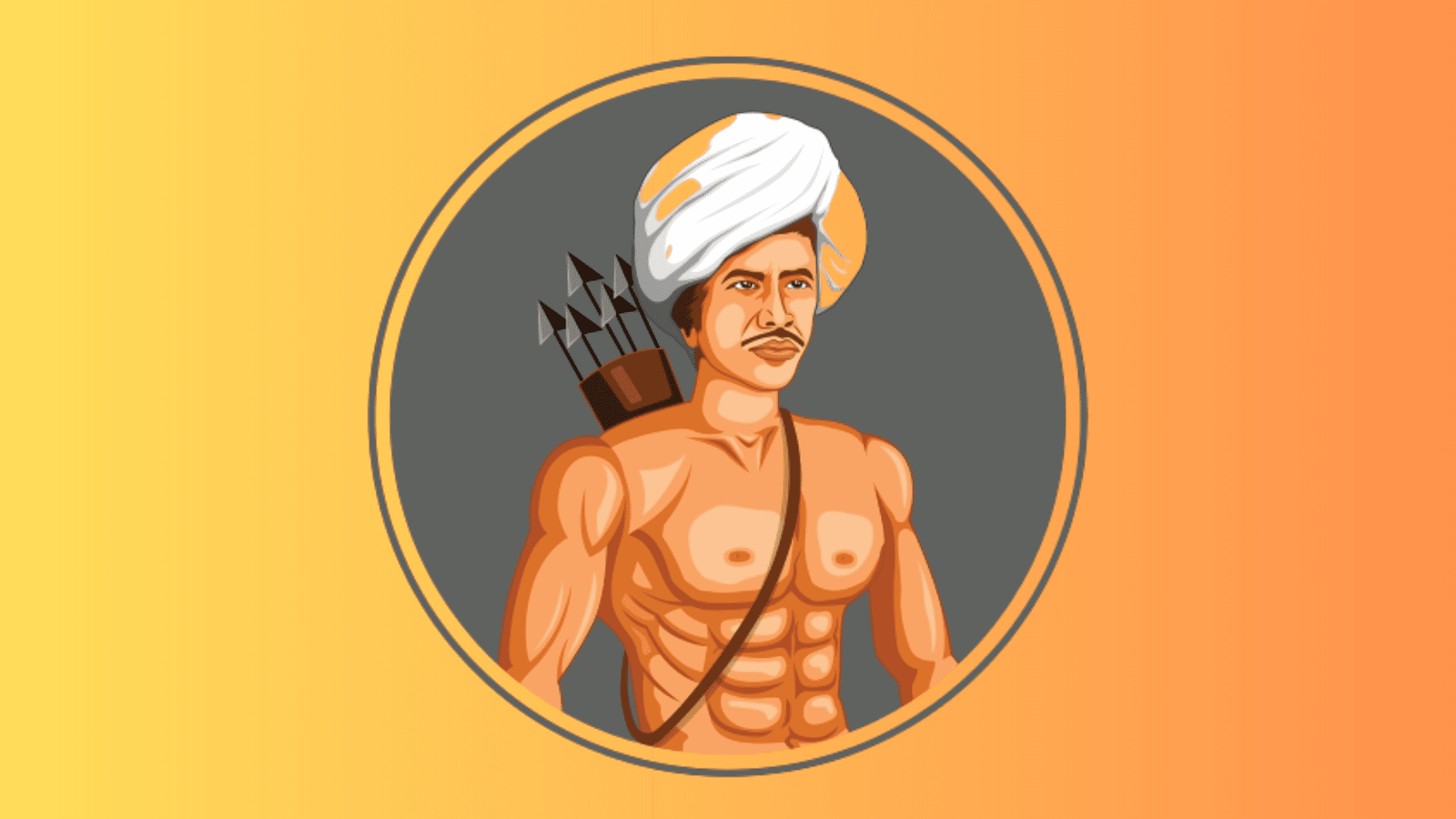
Remembering Birsa Munda, the Social Reformer and Revolutionary Leader

Losing Faith in Democracy

Social Distancing and the Pandemic of Caste
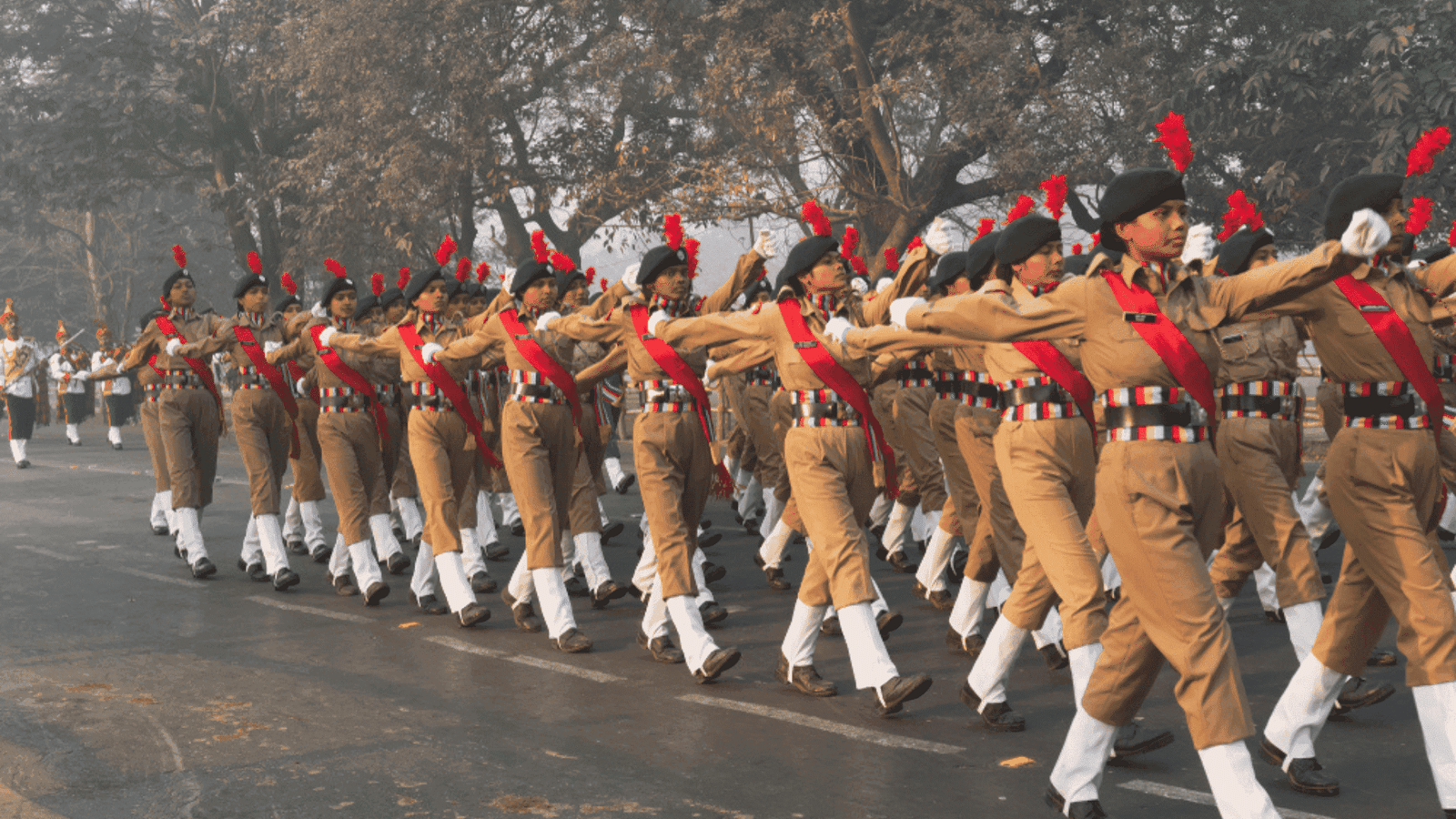
Only 7% of India’s police force is women. This hurts investigations into gender violence

'Time Poverty' Is a Real Issue For Women Everywhere, Says Melinda Gates
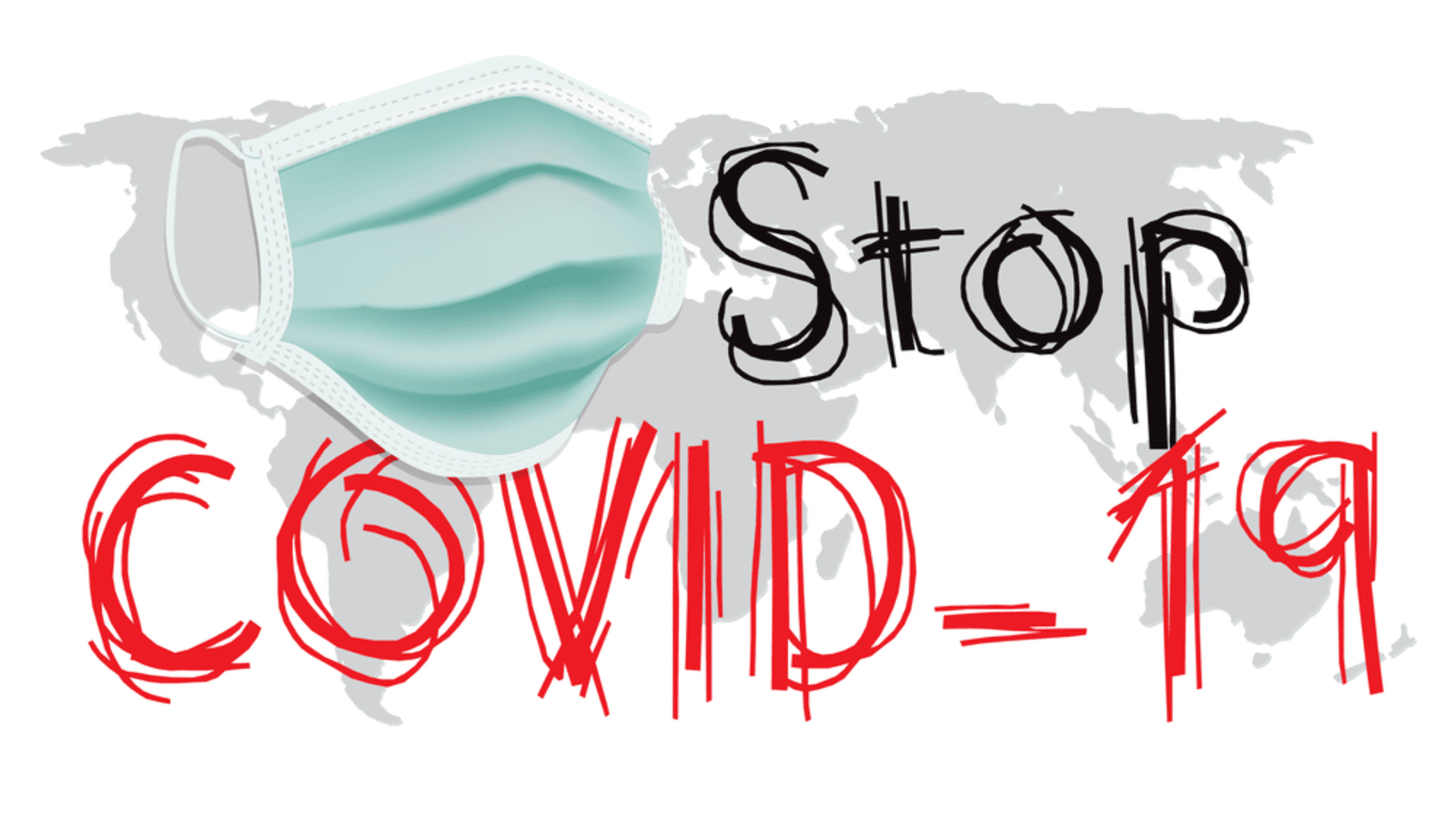
Falling sick together: Covid-19 pandemic has immensely boosted the case for Universal Healthcare

Why a strong law against human trafficking is necessary in post-Covid times
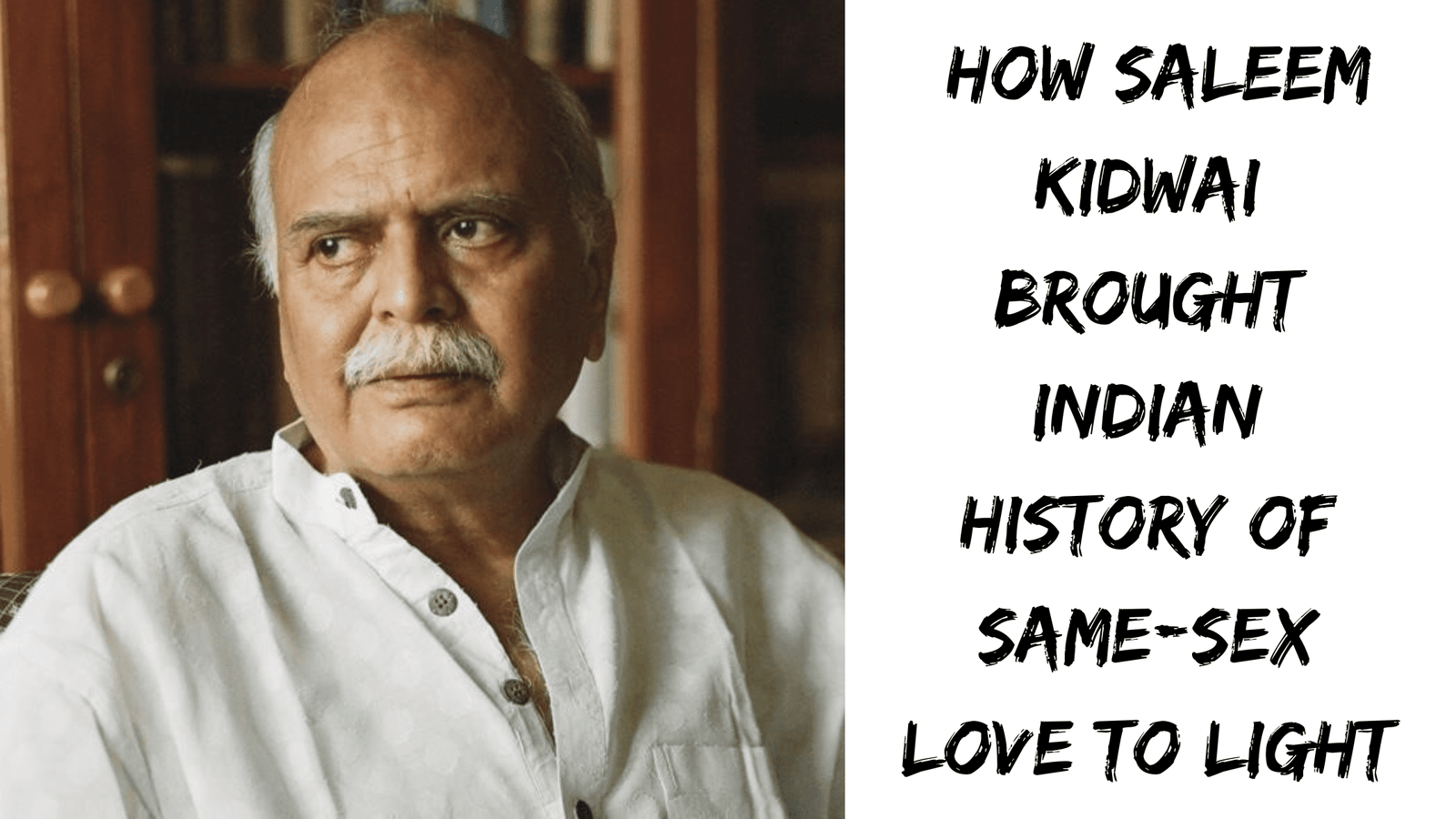
How Saleem Kidwai brought Indian history of same-sex love to light

Unraveling the Complexities of Ethnic Conflict in Manipur: A Sociological Exploration

Urban Floods: Unraveling the Sociological Dimensions of Water, Infrastructure, and Vulnerabilities
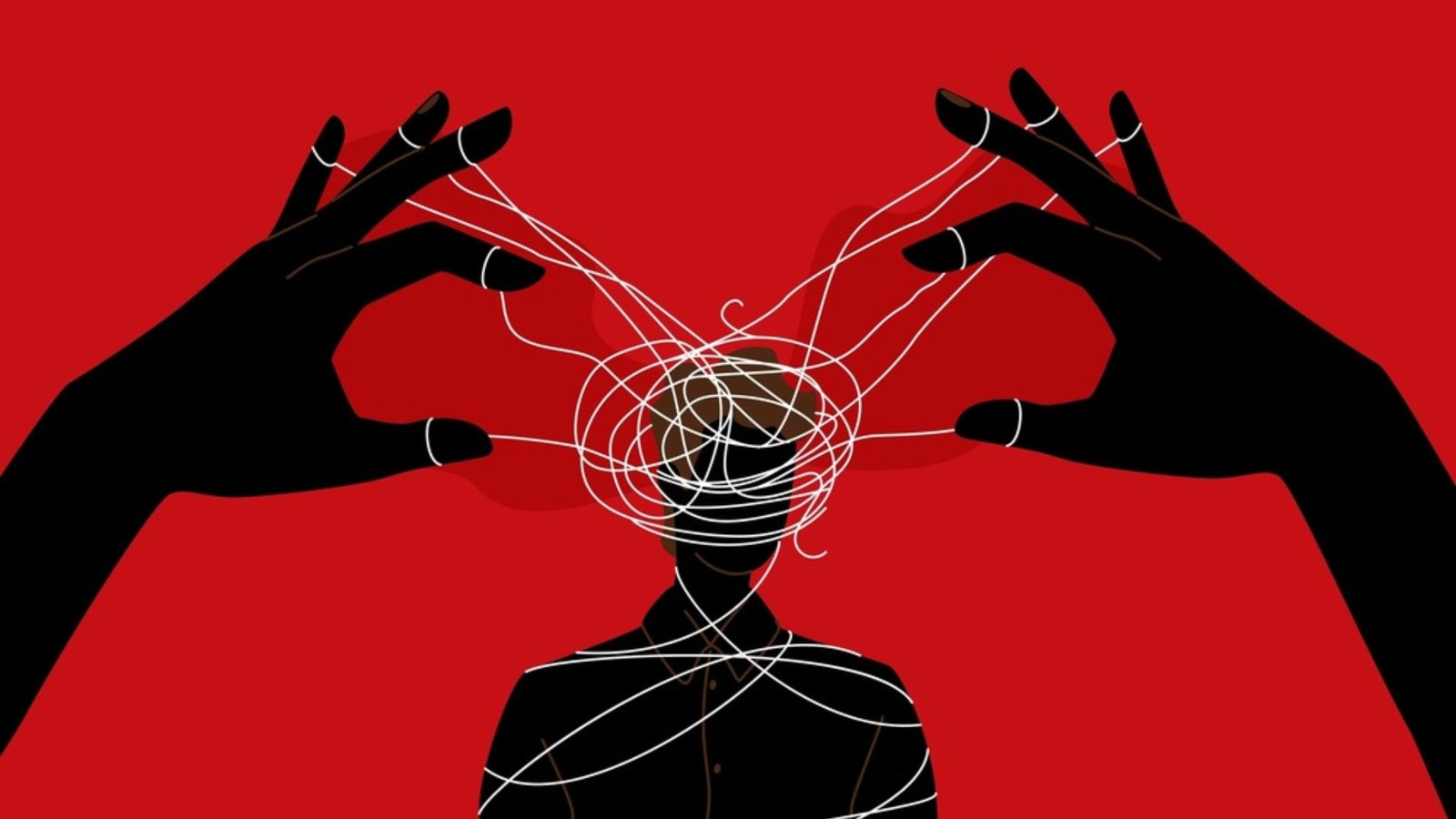
Unmasking Gaslighting: A Sociological Exploration of Manipulation, Power, and Identity

Artificial Intelligence: Sociological Perspectives on Technology, Power, and Social Implications

Cryptocurrency: A Sociological Exploration of Digital Currencies, Disruption, and Social Implications

Jal Jeevan Mission: A Sociological Analysis of India's Water Revolution for Rural Communities

Women's Rights: India's Positive Impact

01 Jul 2024 || World Economic Forum
The World Economic forum released its Global gender gap report 2024.

01 Jul 2024 || Pranay Aggarwal
Share of Religious Minorities: A Cross-Country Analysis (1950-2015)

08 Jul 2024 || Pranay Aggarwal
NEET Scam and Its Sociological Implications

Mexico chooses its first female president

Controversy Over NCERT Textbook Revisions: Societal Impact and Academic Concerns
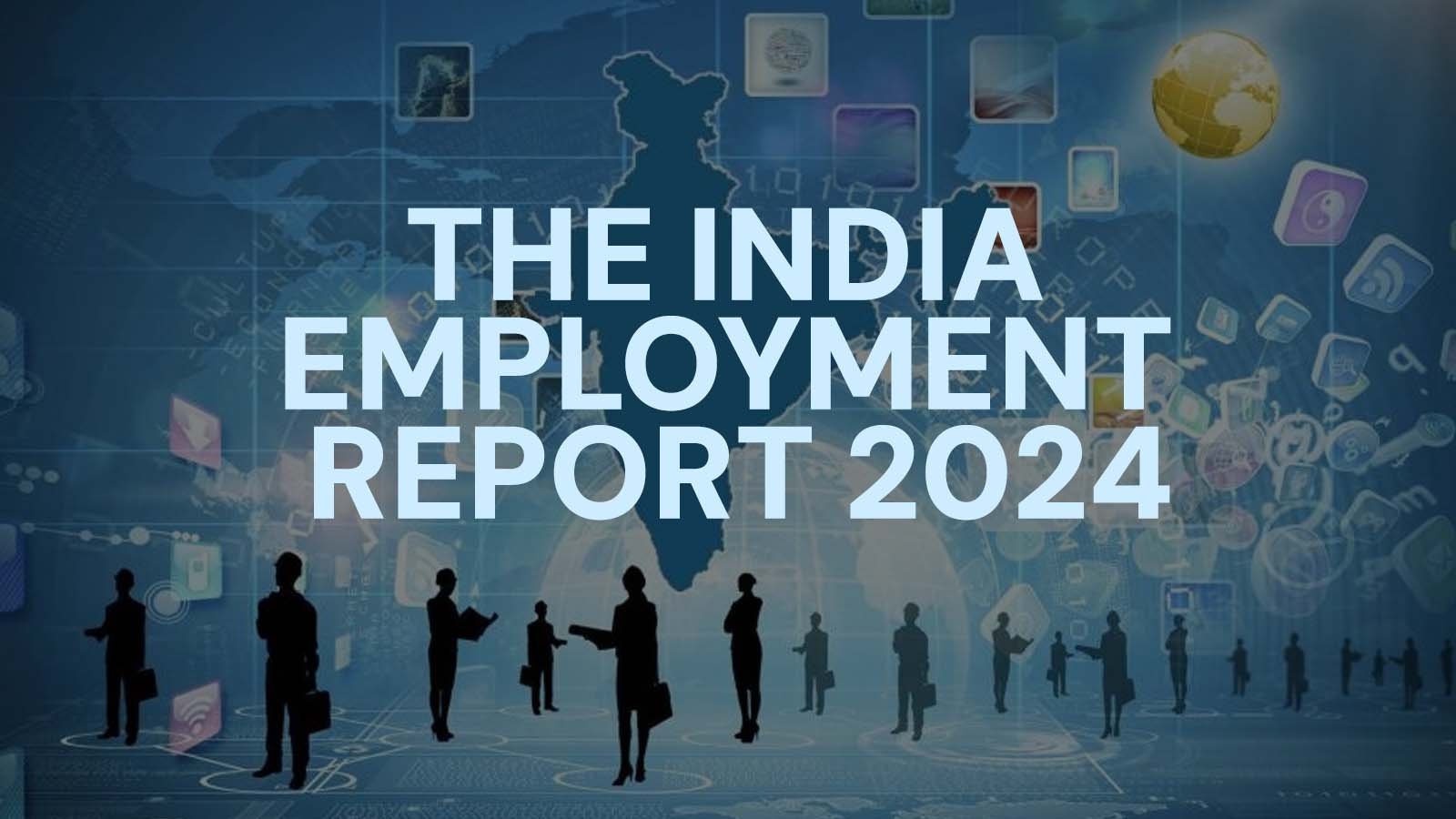
09 Jul 2024 || Pranay Aggarwal
The India Employment Report 2024: Insights into Labour Market Trends and Challenges

08 Aug 2024 || Pranay Aggarwal
The Gender Pay Gap: Insights from the World Bank Group Report
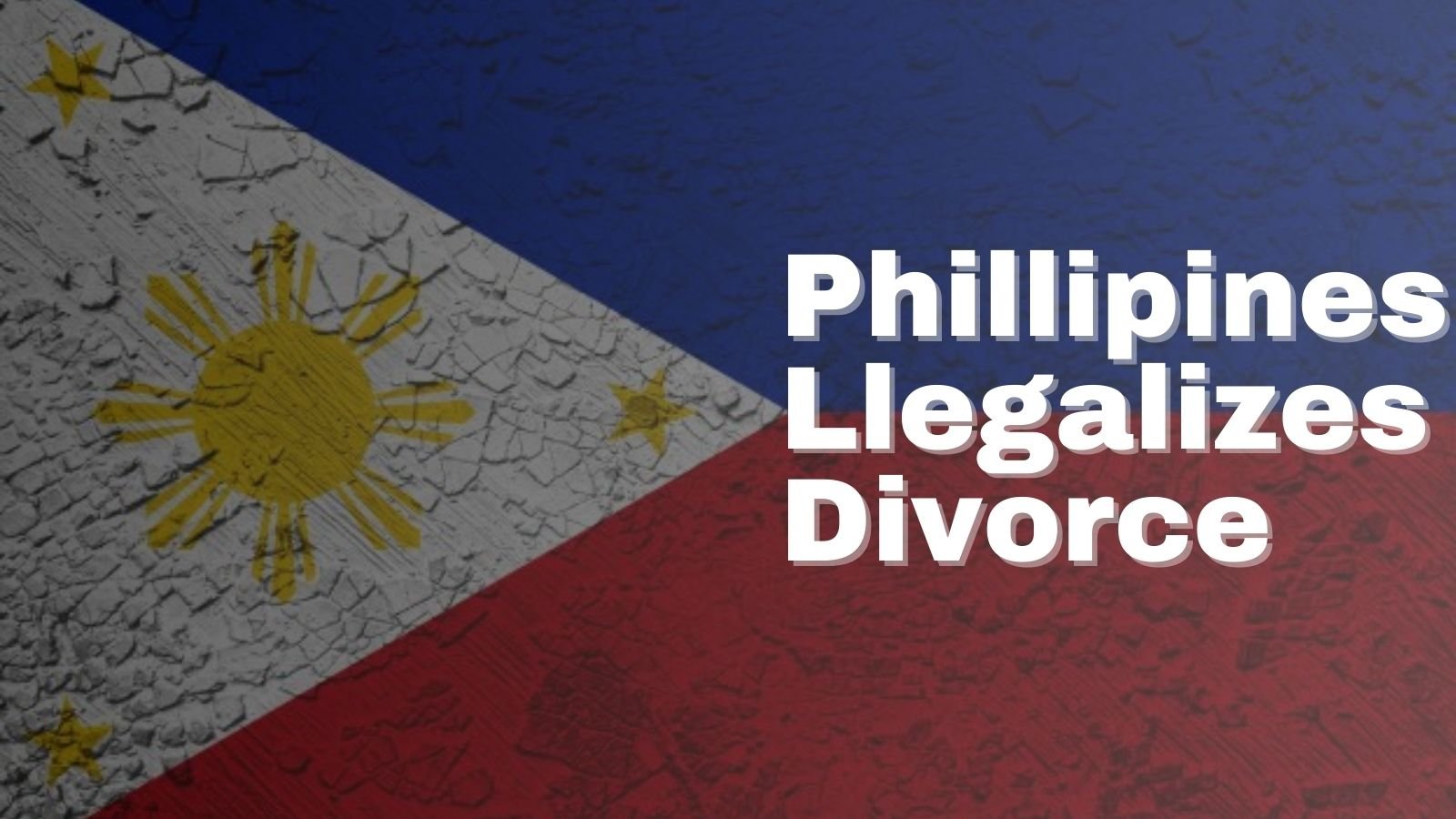
Philippine House of Representatives Approves Divorce Bill: A Landmark Move

09 Aug 2024 || Pranay Aggarwal
AISHE 2021-22 Report: Key Findings and Sociological Analysis
Numbers, Facts and Trends Shaping Your World
Read our research on:
Full Topic List
Regions & Countries
- Publications
- Our Methods
- Short Reads
- Tools & Resources
Read Our Research On:
- The Religious Composition of the World’s Migrants
Christians are the largest migrant group, but Jews are most likely to have migrated
Table of contents.
- Asia and the Pacific
- Latin America and the Caribbean
- Middle East and North Africa
- North America
- Sub-Saharan Africa
- Distance traveled by migrants
- Growth of migrants among each religious group, 1990-2020
- Regional patterns over time
- Destinations
- Country pairs
- Change since 1990
- Spotlight on Europe
- Spotlight on the Gulf Cooperation Council countries
- Spotlight on India
- Spotlight on the United States
- Acknowledgments
- UN migrant estimates
- Pew Research Center religious composition estimates
- Why our estimates may differ from other sources
- Estimating religious compositions when no census or survey data is available
- Religious compositions of overall populations
- Study period
- Distance analysis
- ‘Faith on the Move’
- Asia-Pacific
- Latin America-Caribbean
- Middle East-North Africa
- Appendix B: Sources for the religious distribution of migrants, by destination country

For this report, we gathered data on existing “stocks” of international migrants – all adults and children who now live outside their birth country, no matter when they left. (This report does not estimate migration “flows” – how many people move across borders in any single year.)
Our goal was to describe the religious composition of international migrants – how many are Buddhist, Christian, Hindu, Jewish and Muslim – and how many have no religion, including atheists and agnostics. We did not analyze patterns for other religious groups, such as Baha’is and Sikhs, because censuses in many countries do not provide data about them.
Our counts of migrants for 1990-2020 come from migrant stock estimates that the United Nations Population Division published in 2020 (the UN’s most recent migrant figures). The UN data shows where international migrants have come from (i.e., their origin countries or territories) and where they have ended up (i.e., their destination countries or territories). But the UN does not provide any information on their religion.
To estimate the religious identities of migrants, we drew primarily on data from 270 censuses and surveys – such as the World Values Survey, European Social Survey and Pew Research Center surveys – conducted where migrants now live.
The amount and quality of data varies considerably. Since 2020, some countries have conducted new, nationwide censuses with more precise information on their migrant populations. This information was not incorporated in the UN’s 2020 estimates and is not reflected in this report.
When countries had insufficient survey or census data on the religion of migrants, we typically turned to information about migrants living in similar geographic and religious contexts. For example, in surveys of Belgium, there are too few migrants from Syria to estimate their religious composition. So we drew on surveys of Syrians living in other European countries where Christians are the largest religious group.
Using these methods, we estimated the religious composition of 98% of the world’s international migrants. For the remaining 2% of migrants, we assumed that their composition matched the religious composition of their origin country.
Altogether, we estimated the religious composition of migrants from 95,696 combinations of 232 origin and destination countries and territories. The other routes had no known migrants. Here is the full Methodology .
The United Nations counts international migrants as people of any age who live outside their country (or in some cases, territory) of birth – regardless of their motives for migrating, their length of residence or their legal status.
In addition to naturalized citizens and permanent residents, the UN’s international migrant numbers include asylum-seekers and refugees, as well as people without official residence documents. The UN also includes some people who live in a country temporarily – like some students and guest workers – but it does not include short-term visitors like tourists, nor does it typically include military forces deployed abroad.
For brevity, this report refers to international migrants simply as migrants. Occasionally, we use the term immigrants to differentiate migrants living in a destination country from emigrants who have left an origin country . Every person who is living outside of his or her country of birth is all three – a migrant, an immigrant and an emigrant.
The analysis in this report focuses on existing stocks of international migrants – all people who now live outside their birth country, no matter when they left. We do not estimate migration flows – how many people move across borders in any single year.
Migration has grown steadily in recent decades. Today, more than 280 million people, or 3.6% of the world’s population, are international migrants – meaning they live outside their country of birth.
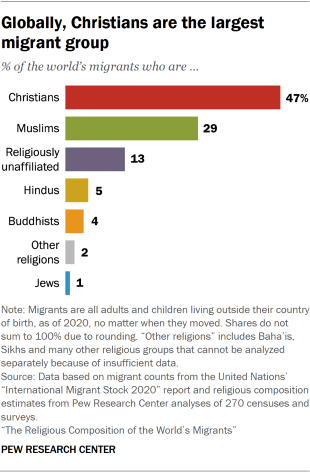
Christians made up an estimated 47% of all people living outside their country of birth as of 2020, the latest year for which global figures are available, according to a new Pew Research Center analysis of United Nations data and 270 censuses and surveys.
Muslims accounted for 29% of all living migrants, followed by Hindus (5%), Buddhists (4%) and Jews (1%).
The religiously unaffiliated – i.e., those who say they have no religion, or who identify as atheist or agnostic – represented 13% of all the people who have left their country of birth and are now living elsewhere. 1
Over the past three decades, the total number – or stock – of people living as international migrants has increased by 83%, outpacing global population growth of 47%.
This report focuses on stocks rather than flows of migrants. We are counting all adults and children who now live outside their countries of birth, no matter when they left.
We are not trying to estimate how many move in a single year.
While the religious makeup of migration flows can change drastically from year to year – due to wars, economic crises and natural disasters – the total stock of migrants changes more slowly, reflecting patterns that have accumulated over time.
The religious makeup of all international migrants has remained relatively stable since 1990.
Our analysis finds:
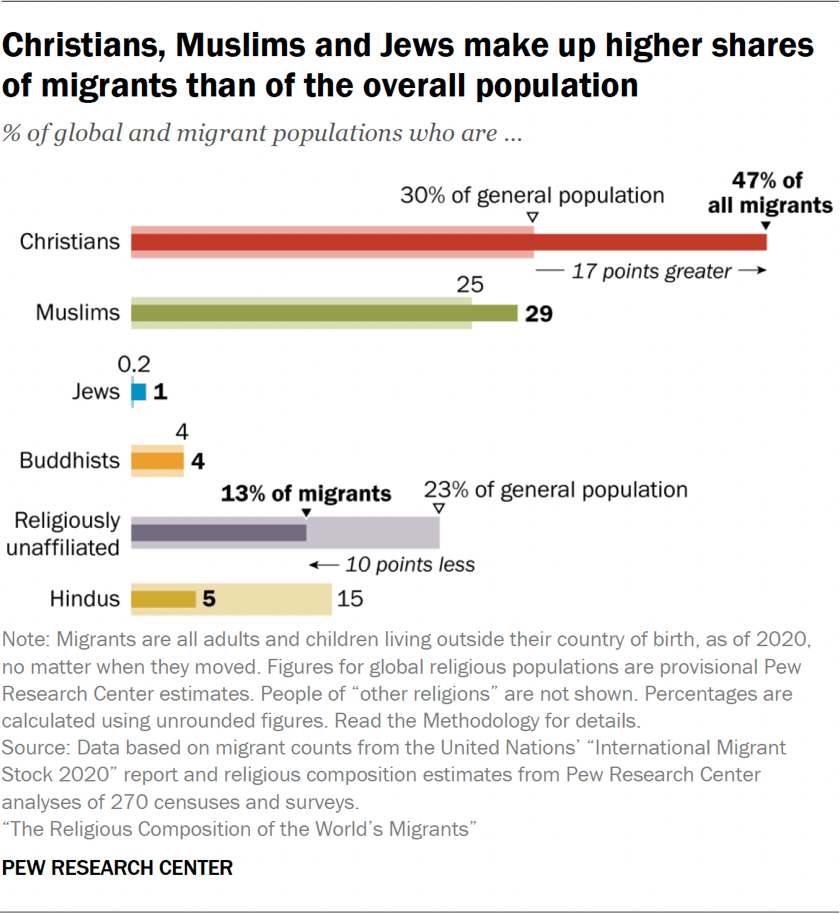
- Christians make up a much larger share of migrants (47%) than they do of the world’s population (30%). Mexico is the most common origin country for Christian migrants, and the United States is their most common destination.
- Muslims account for a slightly larger share of migrants (29%) than of the world’s population (25%). Syria is the most common origin country for Muslim migrants, and Muslims often move to places in the Middle East-North Africa region, like Saudi Arabia.
- People without a religion make up a smaller percentage of migrants (13%) than of the global population (23%). 2 China is the most common origin country for religiously unaffiliated migrants, and the U.S. is their most common destination.
- Hindus are starkly underrepresented among international migrants (5%) compared with their share of the global population (15%). India is both the most common country of origin and the top destination for Hindu migrants.
- Buddhists make up 4% of the world’s population and 4% of its international migrants. Myanmar (also called Burma) is the most common origin country for Buddhist migrants, while Thailand is their most common destination.
- Jews form a much larger share of migrants (1%) than of the world’s population (0.2%). Israel is the most frequent origin country among Jewish migrants and also their top destination.
- Of the major religious groups, Jews are by far the likeliest to have migrated. One-in-five Jews reside outside of their country of birth, compared with smaller shares of Christians (6%), Muslims (4%), Hindus (1%), Buddhists (4%) and the religiously unaffiliated (2%).
How religion is connected with migration
People move internationally for many reasons, such as to find jobs, get an education or join family members. But religion and migration are often closely connected.
Many migrants have moved to escape religious persecution or to live among people who hold similar religious beliefs. Often people move and take their religion with them, contributing to gradual changes in their new country’s religious makeup. Sometimes, though, migrants shed the religion they grew up with and adopt their new host country’s majority religion, some other religion or no religion. 3
While the migration patterns of religious groups differ, the groups in this analysis also have a lot in common. For example, migrants frequently go to countries where their religious identity is already prevalent: Many Muslims have moved to Saudi Arabia, while Jews have gravitated toward Israel. Christians and religiously unaffiliated migrants have the same top three destination countries: the U.S., Germany and Russia.
And, regardless of their religion, migrants often move from relatively poor or dangerous places to countries where they hope to find prosperity and safety.
These are among the key findings of a Pew Research Center analysis of international migrants around the world. The study is part of the Pew-Templeton Global Religious Futures project , which seeks to understand global religious change and its impact on societies.
EDITORIAL NOTE TO READERS (Aug. 29, 2024)
To provide context on how we arrived at our estimates, we have added more information to this report’s “ How we did this ” and Methodology sections.
The rest of this report contains chapters on:
- Chapter 1: Migrants living in each region
- Chapter 2: Global migration change, 1990-2020
- Chapter 3: Christian migrants around the world
- Chapter 4: Muslim migrants around the world
- Chapter 5: Religiously unaffiliated migrants around the world
- Chapter 6: Hindu migrants around the world
- Chapter 7: Buddhist migrants around the world
- Chapter 8: Jewish migrants around the world
- Geographic spotlights: A closer look at Europe, GCC countries, India and the United States
Migration since 2020
This report relies on UN estimates of stocks of international migrants around the world for 1990, 2020 and every five-year interval between.
In 2020, the COVID-19 pandemic severely restricted travel, causing a precipitous drop in migration. But movement has picked up since, and there have been some sharp shifts in migration flow patterns. For example, emigration from Ukraine has surged due to its war with Russia.
Even though this report does not include very recent migration, we do not expect that recent events have had much impact on the religious composition of migrants overall. Even large flows of people leaving a country become part of much larger stocks of migrants who have already left, and the characteristics of these stocks tend to change very slowly.
Additionally, the latest UN migrant stock data and the analysis in this report do not incorporate census data collected after 2020. Refer to the Methodology for details.
- An additional 2% of global migrants belong to “other religions,” an umbrella category that includes Baha’is, Daoists (also spelled Taoists), Jains, Shintoists, Sikhs and adherents of many other religions. This report does not analyze those groups separately because in many countries, censuses and surveys do not provide sufficiently detailed data about them. ↩
- This report presents interim estimates of the overall population in each religious group (including migrants and nonmigrants) using data from three Pew Research Center studies: “ The Future of World Religions ” (projections of religious composition to the year 2020 published in 2015), “ Modeling the Future of Religion in America ” (2022) and “ Measuring Religion in China ” (2023). In the future, the Center will produce new estimates of the overall size of religious groups in 2020, based on data sources that have become available in recent years. Read the Methodology for details. ↩
- We have limited data on global patterns of religious switching after migration. Some studies have found evidence of considerable switching among migrants from China, who may join new religious communities as part of the process of integrating into their new home countries. Read, for example, Skirbekk, Vergard, Éric Caron Malenfant, Stuart Basten and Marcin Stonawski. 2012. “ The religious composition of the Chinese diaspora, focusing on Canada .” Journal for the Scientific Study of Religion. Also refer to Yang, Fenggang. 1999. “ Chinese Christians in America: Conversion, assimilation, and adhesive identities .” ↩
Sign up for our weekly newsletter
Fresh data delivery Saturday mornings
Sign up for The Briefing
Weekly updates on the world of news & information
- Immigrant Populations
- Immigration & Migration
- Pew-Templeton Global Religious Futures Project
- Religious Characteristics of Demographic Groups
- Size & Demographic Characteristics of Religious Groups
Religious composition of the world’s migrants, 1990-2020
The future of world religions: population growth projections, 2010-2050, modeling the future of religion in america, faith on the move – the religious affiliation of international migrants, measuring religion in china, most popular, report materials.
- Interactive table: Religious composition of the world’s migrants, 1990-2020
- Dataset: Religious composition of the world’s migrants, 1990-2020
901 E St. NW, Suite 300 Washington, DC 20004 USA (+1) 202-419-4300 | Main (+1) 202-857-8562 | Fax (+1) 202-419-4372 | Media Inquiries
Research Topics
- Email Newsletters
ABOUT PEW RESEARCH CENTER Pew Research Center is a nonpartisan fact tank that informs the public about the issues, attitudes and trends shaping the world. It conducts public opinion polling, demographic research, media content analysis and other empirical social science research. Pew Research Center does not take policy positions. It is a subsidiary of The Pew Charitable Trusts .
© 2024 Pew Research Center
Paderborner 'SJ' Blog
Religion in india: tolerance and segregation — pew research center.
Indians say it is important to respect all religions, but major religious groups see little in common and want to live separately

More than 70 years after India became free from colonial rule, Indians generally feel their country has lived up to one of its post-independence ideals: a society where followers of many religions can live and practice freely.
India’s massive population is diverse as well as devout. Not only do most of the world’s Hindus, Jains and Sikhs live in India, but it also is home to one of the world’s largest Muslim populations and to millions of Christians and Buddhists.
A major new Pew Research Center survey of religion across India, based on nearly 30,000 face-to-face interviews of adults conducted in 17 languages between late 2019 and early 2020 (before the COVID-19 pandemic ), finds that Indians of all these religious backgrounds overwhelmingly say they are very free to practice their faiths.
Indians see religious tolerance as a central part of who they are as a nation. Across the major religious groups, most people say it is very important to respect all religions to be “truly Indian.” And tolerance is a religious as well as civic value: Indians are united in the view that respecting other religions is a very important part of what it means to be a member of their own religious community.

These shared values are accompanied by a number of beliefs that cross religious lines. Not only do a majority of Hindus in India (77%) believe in karma, but an identical percentage of Muslims do, too. A third of Christians in India (32%) – together with 81% of Hindus – say they believe in the purifying power of the Ganges River, a central belief in Hinduism. In Northern India, 12% of Hindus and 10% of Sikhs, along with 37% of Muslims, identity with Sufism, a mystical tradition most closely associated with Islam. And the vast majority of Indians of all major religious backgrounds say that respecting elders is very important to their faith.
Read and view more on PEW Research Center
- Key findings about religion in India
- Decoded: How Pew Research Center surveyed nearly 30,000 people in India
- Decoded: Measuring caste in India
Share this:
Leave a comment.
This site uses Akismet to reduce spam. Learn how your comment data is processed .
- Already have a WordPress.com account? Log in now.
- Subscribe Subscribed
- Copy shortlink
- Report this content
- View post in Reader
- Manage subscriptions
- Collapse this bar
- Corrections
- Campaign 2024
- Putin's war in Ukraine
- Business & Economy
- Media Spotlight
- Waste, Fraud & Abuse
- Inside the Beltway
- Inside the Ring
- Higher Ground
- Entertainment
- Just the Headlines
- Photo Galleries
- Dive Deeper
- 40 years of The Washington Times
- Threat Status
- Energy & Environment
- Banking & Finance
- Health Care Reform
- Second Amendment
- Immigration Reform
- Homeland & Cybersecurity
- Aerospace & Defense
- Taxes & Budget
- Law Enforcement & Intelligence
- Transportation & Infrastructure
- Commentary Main
- Charles Hurt
- Cheryl K. Chumley
- Kelly Sadler
- Jennifer Harper
- Tim Constantine
- Joseph Curl
- Joseph R. DeTrani
- Billy Hallowell
- Daniel N. Hoffman
- David Keene
- Robert Knight
- Clifford D. May
- Michael McKenna
- Stephen Moore
- Tim Murtaugh
- Peter Navarro
- Everett Piper
- Scott Walker
- Black Voices
- To the Republic
- Sports Main
- Washington Commanders
- Thom Loverro
- Horse Racing
- NASCAR & Racing
- District of Sports Podcast
- Sports Photos
- Health Care on the Hill
- Invest in Portugal
- Health Care 2022
- Africa FDI Edition
- Immigration 2022
- Future of Clean Energy
- The Baltic States 2022
- Invest in Ireland
- ESG Investments
- U.S. & South Korea Alliance
- Invest in Malta
- National Clean Energy Week
- Victorious Family
- Energy 2024
- Infrastructure 2024
- Free Iran 2024
- Transportation 2024
- Reinventing after Globalization
- The Chiefs Forum: The Next 100 Days
- Harm Reduction and Public Health
- Subscriber Only Events
- Higher Ground Events
- All Podcasts
- The Front Page
- Politically Unstable
- History As It Happens
- Bold & Blunt
- The Higher Ground
- Court Watch
- Victory Over Communism
- District of Sports
- Capitol Hill Show
- The Unregulated Podcast
- The Rebellion Podcast
- Play Sudoku
- Crossword Puzzle
- Word Search

ForAmerica: A fact check for the vice president Watch Tim Constantine and David Bozell

Battle for truth heats up as election draws close Craig Huey joins Cheryl Chumley

Latest episode: A peace plan for Ukraine Anatol Lieven joins Martin Di Caro
Is usha vance’s hindu identity an asset or a liability to the trump-vance campaign.

Usha Chilukuri Vance loves her “meat and potatoes” husband, JD Vance. She explained to a rapt Republican National Convention audience how their vice-presidential candidate adapted to her vegetarian diet and even learned to cook Indian food from her immigrant mother.
That image of her white, Christian husband making the spicy cuisine of her parents’ native state in South India is atypical for the leaders of a party whose members are still largely white and Christian. Her presence at the RNC sparked enthusiasm on social media among some Indian American conservatives, particularly Hindu Americans, although most Indian Americans identify as Democrats.
But for all Usha Vance shared about their identity-blending marriage in her speech last month in Milwaukee, which was a little over four minutes, she made no mention of her Hindu upbringing or her personal faith and their interfaith relationship – biographical details that have exposed her to online vitriol and hate.
While some political analysts say her strong presence as a Hindu American still makes the community proud, others question whether the Republican Party is really ready for a Hindu second lady.
Usha Vance is choosing to remain silent about her religion in the run-up to the election and declined to speak with The Associated Press about it. She opted not to answer questions about whether she is a practicing Hindu or if she attends Mass with her Catholic husband, an adult convert to the faith, or in which faith tradition their three children are being raised.
Brought up in San Diego by immigrant parents, both professors, in a Hindu household, Usha Vance did confirm that one of their children has an Indian name, and she and JD Vance were married in both “an Indian and an American wedding.” The pair met as students at Yale Law School.
Her Hindu background could appeal to some South Asian voters, which might add value in swing states with larger South Asian communities like Arizona, Georgia and North Carolina, said Dheepa Sundaram, a Hindu Studies professor at the University of Denver. Sundaram says that while some Indian and Hindu conservatives may be eager to embrace Usha Vance , that doesn’t appear to be part of the party’s public-facing strategy.
“To me it seems like her Hindu identity is more of a liability than an asset,” she said. “It also feels like the campaign wants to have it both ways: Usha may be Hindu, which is great, but we don’t want to talk about it.”
Sundaram said Usha Vance would appeal particularly to those Hindu Americans who support the politics of Indian Prime Minister Narendra Modi, under whom Hindu nationalism has surged.
There are deep divisions within some Indian American communities over issues such as taxes, education, relations with India and anti-caste discrimination legislation that gained momentum in Seattle and California. Caste is a division of people based on birth or descent and calls to outlaw related discrimination are growing in the U.S.
About 7 in 10 Indian Americans identify with or lean toward the Democratic Party, while about 3 in 10 identify with or lean toward the Republican Party , according to Pew Research Center surveys conducted in 2022 and 2023. AAPI Data/AP-NORC surveys from earlier this year found that less than 1 in 10 South Asian Americans trust the Republican Party over the Democrats on key issues like abortion, gun policy and climate change, while around half or more trusted the Democratic Party more than the Republicans.
Still Usha Vance, “a second lady who looks like us and speaks like us,” may help capture the attention of a block of voters that has been challenging for Republicans to reach, said Ohio State Sen. Niraj Antani, a Republican and Hindu American who is the youngest member of the state senate.
“If Republicans don’t reach out to minority groups, we will lose elections.”
Vivek Ramaswamy, the 39-year-old biotech entrepreneur who ran for the 2024 Republican presidential nomination and now supports the Trump-Vance ticket, made his Hindu faith front and center during his campaign. He said Hindu teachings had much in common with Judeo-Christian values. He declined to comment about Usha Vance’s religious background.
Usha Vance’s silence about her religion and Ramaswamy’s defeat in the primary election may indicate that being anything other than Christian in the Republican Party might still be an issue for a part of the base, said Karthick Ramakrishnan, a researcher at the University of California, Berkeley, and executive director of AAPI Data.
“What we’ve seen since the convention is more exclusionary elements within the Republican Party speaking up and against Usha and JD Vance ,” Ramakrishnan said. “This, to me, suggests that there is a political price to pay in terms of being open about one’s religious identity that is not Christian. There’s still a long way to go.”
Antani, a Hindu candidate who has won several Ohio state elections in a region that is mostly Christian and deeply conservative, said “the racism is coming from racists, not Republicans.” Antani, who celebrated Usha Vance speaking about her Indian heritage at the RNC, believes Ramaswamy lost not because he is Hindu, because he was not as well-known as the other candidates.
Vance was baptized and converted to Catholicism in 2019, and says he and his family now call the church their home. The campaign did not answer questions as to whether the three children had been baptized. He has also talked about how his wife helped him find his Catholic faith after a roller coaster of a spiritual journey as he was raised Protestant and became an atheist in college.
Suhag Shukla, executive director of the Hindu American Foundation, said the fact that Usha Vance inspired her husband on his religious journey to become Catholic is “as Hindu as it gets.”
“Hinduism is about finding your own path and getting in touch with your own spirituality,” she said, adding that the definition of a “practicing Hindu” ranges from someone who goes to temple and performs rituals to someone who is a cultural Hindu who observes festivals such as Diwali, or just engages in a spiritual practice such as meditation.
Usha Vance is an example of the positive contributions made by Hindu Americans, and her interfaith marriage and her ability to listen to different perspectives are reflective of Hindu teachings, she said.
“Hindu Americans assimilate, but also hold on to what inspired them from their tradition and culture,” Shukla said. “Our pluralistic background puts us in a good position to get along with different people without compromising who we are. Hindu culture is very comfortable with differences of opinion.”
Shukla said those who are turning to the Republican party are reacting to anti-Hindu prejudice against Hindu Democrats that is not being shut down by their own party.
“There is this perception that the Democratic Party does not care about the well-being of Hindu Americans or is deaf to the community’s concerns,” she said, referring to legislation including caste as a category in anti-discrimination laws, which was proposed and passed in Seattle. Similar legislation was vetoed by Gov. Gavin Newsom in California.
But Ramakrishnan is not so sure Indian Americans feel welcome in the Republican Party even if they may see eye to eye with conservatives on some issues.
“One of the reasons Indian Americans have been consistently supporting the Democrats is because of the rise of Christian conservatism and nationalism,” he said. “That in itself makes it less likely they will vote Republican or identify as Republican.”
Associated Press religion coverage receives support through the AP’s collaboration with The Conversation US, with funding from Lilly Endowment Inc. The AP is solely responsible for this content.
Copyright © 2024 The Washington Times, LLC.
Please read our comment policy before commenting.
Click to Read More and View Comments
Click to Hide
Top of the Times
Get the Reddit app
Namaskaram, We are a friendly and user-focused community for Redditors from India. It is a one stop destination to discuss all the news, entertainment, science & technology, sports, history & culture, economy and geopolitics related to India. Following the millennia old tradition of India, this forum promotes freedom of speech, plurality and open dialogue. Enjoy, collaborate and discuss. Let the churning of the great ocean begin.
"Religion in India: Tolerance and Segregation" study by PEW Research Centre - % of Indian Hindus who say a person cannot be Hindu if they...
By continuing, you agree to our User Agreement and acknowledge that you understand the Privacy Policy .
Enter the 6-digit code from your authenticator app
You’ve set up two-factor authentication for this account.
Enter a 6-digit backup code
Create your username and password.
Reddit is anonymous, so your username is what you’ll go by here. Choose wisely—because once you get a name, you can’t change it.
Reset your password
Enter your email address or username and we’ll send you a link to reset your password
Check your inbox
An email with a link to reset your password was sent to the email address associated with your account
Choose a Reddit account to continue

IMAGES
VIDEO
COMMENTS
This study is Pew Research Center's most comprehensive, in-depth exploration of India to date. For this report, we surveyed 29,999 Indian adults (including 22,975 who identify as Hindu, 3,336 who identify as Muslim, 1,782 who identify as Sikh, 1,011 who identify as Christian, 719 who identify as Buddhist, 109 who identify as Jain and 67 who identify as belonging to another religion or as ...
Religion in India: Tolerance and Segregation. The dimensions of Hindu nationalism in India; ... ABOUT PEW RESEARCH CENTER Pew Research Center is a nonpartisan fact tank that informs the public about the issues, attitudes and trends shaping the world. It conducts public opinion polling, demographic research, media content analysis and other ...
Religion in India: Tolerance and Segregation 5 Pew Research Center www.pewresearch.org. ASK ALL. Q10. Some feel that we should rely on a democratic form of government to solve our country's problems. Others feel that we should rely on a leader with a strong hand to solve our country's problems.
7th India Studies Webinar: Religion in India: Tolerance and Segregation, A Webinar with Dr. Neha Sahgal, from Pew Research Center, USA
Religion in India: Tolerance and Segregation: Kushal Mehra discusses the recent Pew center report on India. Join this channel to support:https://www.youtube....
Religion in India: Tolerance and Segregation (Interesting survey data on religion in contemporary India) Non-Political pewforum.org Open. Share Add a Comment. Sort by: Best. Open comment sort options ... Pew Research Center is an extremely well-regarded survey institution. If they've made a mistake, write to them about it, and I'm sure they'll ...
A recent Pew Research Center survey on religion in India reveals a growing affinity between the Hindu majority community and Hindutva ideology. ... The title of the last Pew Research Center survey, Religion in India: Tolerance and Segregation, sounds paradoxical — but it's not, except that in this context "tolerance" is different from ...
The Pew Research Center studied public attitudes about the religious qualities of national leaders in 35 countries around the world. Here is what it found. ... Globally, responses varied based on religious affiliation. In India, however, the difference between Hindus and Muslims — who together make up over 90% of the population — was ...
Indians sees religious tolerance as a central share of who she are for an countries. Transverse the greater religious related, most people say it is very importance in respect all religions to be "truly Indian."
About 7 in 10 Indian Americans identify with or lean toward the Democratic Party, while about 3 in 10 identify with or lean toward the Republican Party, according to Pew Research Center surveys ...
The Reddit community for everything India - from current affairs, politics, geopolitics, culture, history, heritage, images, videos, entertainment, technology, social issues, activism, finance; we have it all. ... Members Online • Mahameghabahana. ADMIN MOD Religion in India: Tolerance and Segregation | Pew Research Center General Discourse ...
Indians see religious tolerance like a central part of who they are while one nation. Across the major religious groups, almost men say it is very important to respect all religions to can "truly Indian."
Across the major religious sets, most populace say it remains very critical to respect all religions to to "truly Indian." ... Research Topics . All Publications Methods Short Record Tools & Resources Experts About. Topics Politics & Policy International Affairs Immigration & Migration Race & Ethnicity Religion Age & Ages Gender & LGBTQ.
SS: Relevant to SH because it has to do with religion and this recent survey examines various religions in India where Sam spent a lot of time meditating and shit. Re-posted the SS for a third time because somebody is drunk on power.
This report presents interim estimates of the overall population in each religious group (including migrants and nonmigrants) using data from three Pew Research Center studies: "The Future of World Religions" (projections of religious composition to the year 2020 published in 2015), "Modeling the Future of Religion in America" (2022 ...
Indians say it is important to respect all religions, but major religious groups see little in common and want to live separately More than 70 years after India became free from colonial rule, Indi…
A council to help protect the interests of followers of all Dharmic religions( Hinduism, Sikhism, Buddhism, and Jainism) Likewise, our activism is centered in promoting alliances between Dharmic countries/communities and protecting them outside imperialist forces that spread hate against these traditions, particularly in south asia.
A 2012 study by the Pew Research Center Forum on Religion & Public Life concluded that government restrictions on religion rose worldwide during the year. ... 1,200 islands located in the Indian ...
Indian see religious tolerance as a central part of who they become as a nation. Throughout the major religious groups, most people say it is very important to show all religions to be "truly Indian." ... Research Topics . Every Publications Methods Short Readable Tools & Resources Experts Info. Topics Politics & Insurance International ...
This study is Pew Investigation Center's most comprehensive, in-depth exploration of India to date. For this create, we surveyed 29,999 Indian grownups (including 22,975 who identify as Hindustani, 3,336 who identify as Muslim, 1,782 who identified as Sikh, 1,011 who identify as Christian, 719 who identity because Buddhist, 109 who identify ...
Attitude towards Tolerance A major new Pew Research Center survey of religion across India, based on nearly 30,000 face-to-face interviews of adults conducted in 17 languages between late 2019 and early 2020 (before the COVID-19 pandemic), finds that Indians of all these religious backgrounds overwhelmingly say they are very free to practice ...
About 7 in 10 Indian Americans identify with or lean toward the Democratic Party, while about 3 in 10 identify with or lean toward the Republican Party, according to Pew Research Center surveys ...
Indians see religious tolerance since a central part of with they are as ampere republic. Across who major religious groups, most people say it is very key to respect all religions to be "truly Indian." ... most people say it is very key to respect all religions to be "truly Indian." ... Read our researching on: Israel | Religion ...
Pew Research Center report on Religion in India: Tolerance and Segregation - Kushal Mehra r/unitedstatesofindia • Religion should not be banned, but the unwanted injection of religion by religious people in state policies must be banned if we are to progress as a nation.
This might be a controversial opinion, but I don't trust Pew Research. I haven't met a single person who said that celebrating Christmas is anti-hindu. Same case with temple visit and prayers.